McCarty Ranch Preserve
Lake May Reserve
Loxahatchee River Battlefield Park/Riverbend Park
Ais Trail Park
Blue Hole Spring
Grayton Beach State Park
Black Water Creek
Mullet Lake Park
– Mullet Lake Park-
Located in Geneva in Seminole County, Mullet Lake Park is best known for its 8 primitive camping sites, its group camping site, and boat launches. The 55-acre park borders Lake Mullet and the St Johns River. This quaint park offers the opportunity to sit and relax under ancient oak trees as you take in the sights and sounds at this remote location.
Listen for the sounds of birds, fish jumping, and frogs croaking. Look for birds of prey, shorebirds, and a variety of blooming wildflowers waiting to be admired.
For more information click here: https://www.seminolecountyfl.gov/…/301554-Mullet-Lake-Park.…
Photo credit: Dan Kon
Little Big Econ State Forest
Little Big Econ State Forest
Located in Geneva in eastern Seminole County, the Little Big Econ State Forest gets its name from both the Econlockhatchee River and the Little Econlockhatchee River. Econlockhatchee means “earth-mound stream” in the Muskogee language and was named by the native Americans for the numerous mounds found along the river.
Before being established on March 24, 1994, by the Florida Legislature, the property was used for cattle ranching, crops, as a turpentine distillery, and for a portion of the Florida East Coast Railway. Today the 10,336 acres in the Little Big Econ State Forest is an outdoor enthusiast’s paradise.
Seventeen miles of the Econlockhatchee River, which has been designating an Outstanding Florida Waterway, makes its way through the forest before flowing into the St. Johns River on the eastern boundary. The Little Big Econ State Forest boasts a variety of habitats including wet prairie, pine flatwoods, sandhill, scrub pine, flatwoods, scrub, sandhill, and oak-palm hammocks.
Over 160 bird species have been spotted in the forest including Bachman’s sparrows, crested caracara, wood storks, swallow-tailed kites, and sandhill cranes. Look for fox squirrels, gopher frogs, gopher tortoises, turkeys, deer, and alligators.
The Little Big Econ State Forest has been named one of the country’s most family-friendly hikes by the American Hiking Society. Saunter along the 5.2-mile loop Kolokee Trail, discover wildlife along the 8 miles of Florida National Scenic Trail, or explore any of the 15 miles of trails located in the forest.
Paddle all or a portion of the 20 mile-long Econlockhatchee River Paddling Trail. There are 12.1 miles of bicycle trails and 9.3 miles of equestrian trails complete with a water trough.
Primitive camping sites are available and some have a picnic table and fire ring.
Reserve the picnic pavilion for your special events.
Enjoy your lunch at a picnic table. Your leashed pets are welcome.
Whether for a day or a week, there is plenty to explore and discover at the Little Big Econ State Forest.
For trail maps and more information:
https://www.fdacs.gov/…/State-…/Little-Big-Econ-State-Forest
Photo credit: Christian Kon
Fort Drum Marsh Conservation Area
Fort Drum Marsh Conservation Area
As part of the Upper St. Johns River Basin Project, Fort Drum Marsh Conservation Area includes a freshwater marsh at southernmost headwaters of the St. Johns River, a hardwood swamp, pine flatwoods, and a prairie. Together, The U.S. Army Corps of Engineers and St. Johns River Water Management District have restored the original wetlands which resulted in better water quality, flood control, and diverse animal and plant habitats.
Family-friendly recreational activities include hiking on some or all of the 5 miles of trails, picnicking, horseback riding, bicycling, primitive camping at designated sites, wildlife viewing, and canoeing. Saunter through a hardwood swamp on a boardwalk shaded by Cedar Cypress Trees as you make your way to Hog Island where you will find more trails to explore.
Look for migratory birds, bald eagles, owls and other raptors, sandhill cranes, turkeys, wood storks, caracara, white-tailed deer, dragonflies, turtles, and alligators. Discover the vast number of wildflowers and the pollinators who rely on them.
Dogs are welcome provided they are leashed at all times. Fort Drum Marsh Conservation Area, located about 10 miles east of Yeehaw Junction, is fun for all and is waiting for you to create memories to last a lifetime! Plan your trip today!
For a trail guide and more information:
https://www.sjrwmd.com/lands/recreation/fort-drum-marsh/
Photo credit: Dan Kon, Aymee Laurain, Andy Waldo
Fakahatchee Strand Preserve State Park
Fakahatchee Strand Preserve is Florida’s largest state park. The word “Fakahatchee” is the Miccosukee term for “forked river” referring to the water flow around the strand. This area has a canopy of bald cypress trees, royal palms, and occasional gumbo limbo trees. The area also contains more orchids and bromeliads than anywhere else in North America. There are 44 orchids and 14 bromeliads native to this area. Unfortunately, orchid poaching has been a large problem in the past. Keeping the Park Services number on hand and calling if you witness poaching could help protect the many endangered orchids that exist here.
The cypress trees were previously vulnerable to unregulated logging and very few old trees exist. You can also find small freshwater sponges on old floating tree branches. There is also an abundance of wildlife.
Fakahatchee Strand Preserve State Park is on the Great Florida Birding and Wildlife Trail. The strand offers biking, geocaching, canoeing, picnicking, and contains the Karen O’Neil Memorial Garden located at the entrance. Restrooms are available. There is so much to see in this beautiful swamp.
Hours are 8 a.m. to sunset. For more information, check out the website. https://www.floridastateparks.org/…/fakahatchee-strand-pres…
Lake Louisa State Park
Lake Louisa State Park
If you are looking for somewhere to get some fresh air and see some of Florida’s natural beauty, then this is the place to go! Just north of Orlando, off Highway 27 in Clermont, is Lake Louisa State Park. It is open every day of the year until sundown. Lake Louisa State Park lies in the Green Swamp and within the northern boundary of Lake Wales Ridge. The wetlands create natural flood control while supplying the aquifer with filtered water. The Hillsborough, Withlacoochee, Peace, and Ocklawaha Rivers all originate from The Green Swamp.
Camping, hiking, biking, canoeing, kayaking, paddle boarding, and horseback riding are activities waiting to be enjoyed. Guided horseback and kayak tours are great ways to see the park. It is a good idea to bring water and snacks or pack a picnic. Lake Louisa State Park features three major lakes, several smaller lakes, 20 miles of trails, and 7 miles of paved roads.
The park offers trails ranging from a half a mile to 5.5 miles where you can explore 11 different ecosystems. Dudes Loop at 0.5 miles and Compton’s Loop at 1 mile are the shortest trails. South Trail is 1.2 miles and Sandhill Loop is 1.5 miles. The mid-level trails are Big Creek Loop and Bear Lake Loop at 2 miles long, and South Loop at 2.5 miles. The more challenging trails are the Nature Trail at 3.5 miles and Bronson Loop at 5.5 miles. Be sure to get a map at the Ranger Station. The Rangers are very helpful and knowledgeable about the park.
Compton’s Loop Trail has some geological formations of limestone and red clay swirling together to make very pretty colors in the rock. The rock has eroded over time, forming a tiny cliff. The trail leads you through the trees and sable palms up to a hill with tall pine trees and a view of the rolling hills. Make sure to check out the very scenic Lake Louisa Beach that has a long boardwalk with a swampy marsh underneath. Mangrove trees growing out of the water keep the boardwalk nicely shaded. The boardwalk leads you to a sandy swimming area with a playground and picnic table. Bear Lake is a great scenic spot that offers boating access for your handheld watercraft. Bear Lake Loop and Bronson Loop circle the lake and are wonderful trails to immerse yourself in nature and for wildlife viewing.
Look for bobcats, white-tailed deer, tortoises, fox squirrels, and rabbits. Near the lakes, you may see alligators, snakes, and otters. The ranger is happy to give guides to identify some of the snakes who are native to the area, as well as a guide for identifying tracks along the trails. There is so much to #explore and #discover at Lake Louisa State Park for any level adventurer!
For more information and trail map: https://www.floridastateparks.org/pa…/lake-louisa-state-park
Written by Briana Gunnell ~ Valencia student and IOF volunteer
Photo Credit: Briana Gunnell
Indian River lagoon
—- From Sea to Shining Sea… —-
One of the best advantages of living in Florida is that, if we travel far enough in either a Westerly or Easterly direction, we will find…water! And, one really cool thing about that is when the water seems to glow, as if by magic.
On a summer evening in the Indian River Lagoon, a natural magic illuminates the wake of a boat, the splash from a paddle, or creates beautiful blue flashes of frenzied schools of mullet. If you run your fingers through the water, you can see it fall in gorgeous blue-green luminescent droplets… What is causing the lagoon to glow? Bioluminescence! Tiny dinoflagellates (Pyrodinium bahamense) – or bioluminescent plankton – create light through biochemical reactions. When excited or stimulated, these plankton become little flashlights in the water, much like fireflies do on land.
This evening, the plankton are lighting our way, as we kayak along the Indian River and into the lagoon. Originally named the “Rio de Ais,” after the Ais tribe of Native Americans who made their home along the East coast of Florida, the lagoon is, in actuality, a grouping of five lagoons, which comprise the most biodiverse lagoon ecosystem in the Northern Hemisphere, with over 10,000 species of plants and animals – thirty-five of these threatened or endangered. The lagoon is rife with game fish, such as tarpon or snook, which grow to epic sizes because there are very few predators in the lagoon. It is also host to all three types of mangroves, which provide filtration and nutrition to the ecosystem. We are told by our guide that, due to development, the mangrove population has been reduced by 85%. In addition, the water level in the system is rising due to increased runoff from the city. And there is also the danger from algae blooms, which form as a result of deforestation, pollution and high temperatures. Surely, these things are serious indications of danger to our natural ecosystems. However, they do not detract from the magic we are witnessing this evening; the beautiful blue glow serving as a reminder of the uniqueness and intricacy of this environment, one we must cherish and protect.
If You Go…
If you are looking for an educational, but interesting and fun adventure to share with family or friends, consider taking a bioluminescence tour! BK Adventure offers environmentally-friendly guided eco-tours. For more information, they can be reached at: info@bkadventure.com | www.bkadventure.com | (407) 519-8711
To help ensure an enjoyable experience, we suggest wearing a long-sleeved shirt, long pants, and closed shoes, and taking along some mosquito repellent, as well as a change of clothes, as you will likely get wet – but, that’s part of the fun!
Submitted by IOF Advisor Arlene Cuellar
*Bioluminescence photos courtesy of BK Adventure*
Hillsborough River State Park
Hillsborough River State Park
Nature and history abound at Hillsborough River State Park located just outside of Tampa. Explore one of the 7.3 miles of trails, learn about the Seminole Indian Wars at Fort Foster, and find peace along the waters of the Hillsborough River.
Fort Foster was originally built in 1836 to defend the bridge which crossed the Hillsborough River on Fort King Military road. It served as a place to resupply soldiers during the Second Seminole War. In 1936, Civilian Conservation Corps realized the historic significance of Fort Foster and the allure of the Class II rapids located nearby.
The Corps opened Hillsborough River State Park to the public in 1938. Today, visitors are invited to explore within the reconstructed walls of Fort Foster complete with blockhouse stairs and cannons. Plan your trip in January to see reenactments at the Fort Foster Rendezvous or in December at the Candlelight Experience.
Hillsborough River State Park is designated a Great Florida Birding and Wildlife Trail. There are 4 trails within the park that wind through pine flatwoods, a floodplain swamp, a hardwood and hydric hammock, and a cypress swamp.
Hike or bike along the 1.6-mile Wetlands Trail through cypress domes and Flatwoods where you may encounter bobcats, hawks, and a variety of rare plants. Saunter down the Rapids Trail to the swift, flowing Class II rapids on the Hillsborough River.
Paddle a kayak or canoe down the Hillsborough River or for the more adventurous, down the rapids. Cool off in the ADA accessible swimming pool.
Primitive campsites and 112 campsites for tents or RVs are located in the park. Playgrounds and picnic areas are waiting for you to enjoy. Pavilions are available to rent for reunions and other special events. A poolside cafe, camp store, and bike and canoe rental are located in the park for your convenience. Pets are welcome and must be on a 6′ leash.
For more information click here: https://www.floridastateparks.org/…/hillsborough-river-stat…
Photo Credit: Aymee Laurain
Tomoka State Park
Tomoka State Park
Walk where Timucua once walked. At Tomoka State Park there is a half-mile interpretive trail that leads you through a hardwood hammock and past the Timucuan village site of Nocoroco. Watch for common white-tailed deer, threatened gopher tortoises, elusive bobcats, and well-camouflaged rattlesnakes. Search for wild coffee, resurrection ferns, and indigo plants. Look up to see bald eagle nests, woodpecker holes in dead trees, and a variety of other birds. Bring your lunch and enjoy it at a picnic pavilion.
Sleep where Timucua once slept. Tomoka State Park has 100 campsites for your RV or tent, all with modern-day conveniences of electric hook-ups and water as well as a grill and picnic table. Invite your family for a reunion at the Tomoka Recreational Hall. You can host your next business meeting or get married in the hall.
Go boating where Timucua once canoed. Bring your own or rent a canoe or kayak at the park store. Explore and discover the peacefulTomoka River estuary and basin. The Tomoka River and its tributaries within the park are designated a manatee sanctuary. Be sure to follow speed and idle limits to protect these amazing animals. After all, it is the manatees who keep our waterways clear of vegetation for marine life and boaters.
Learn the history of a Timucua village, Nocoroco, and the people who once thrived there. Mount Oswald, a cotton, sugar, and indigo plantation was once located at the highest point in the Tomoka Basin. Observe the preservation of history through restoration at Tomoka Point.
Tomoka State Park, located in Ormond Beach, is designated a Great Florida and Birding Wildlife Trail, a Greenway, and a Florida Circumnavigational Saltwater Paddling Trail.
For more information, reservations, prices, etc, click here: https://www.floridastateparks.org/Tomoka
Photo Credit Alex Clark

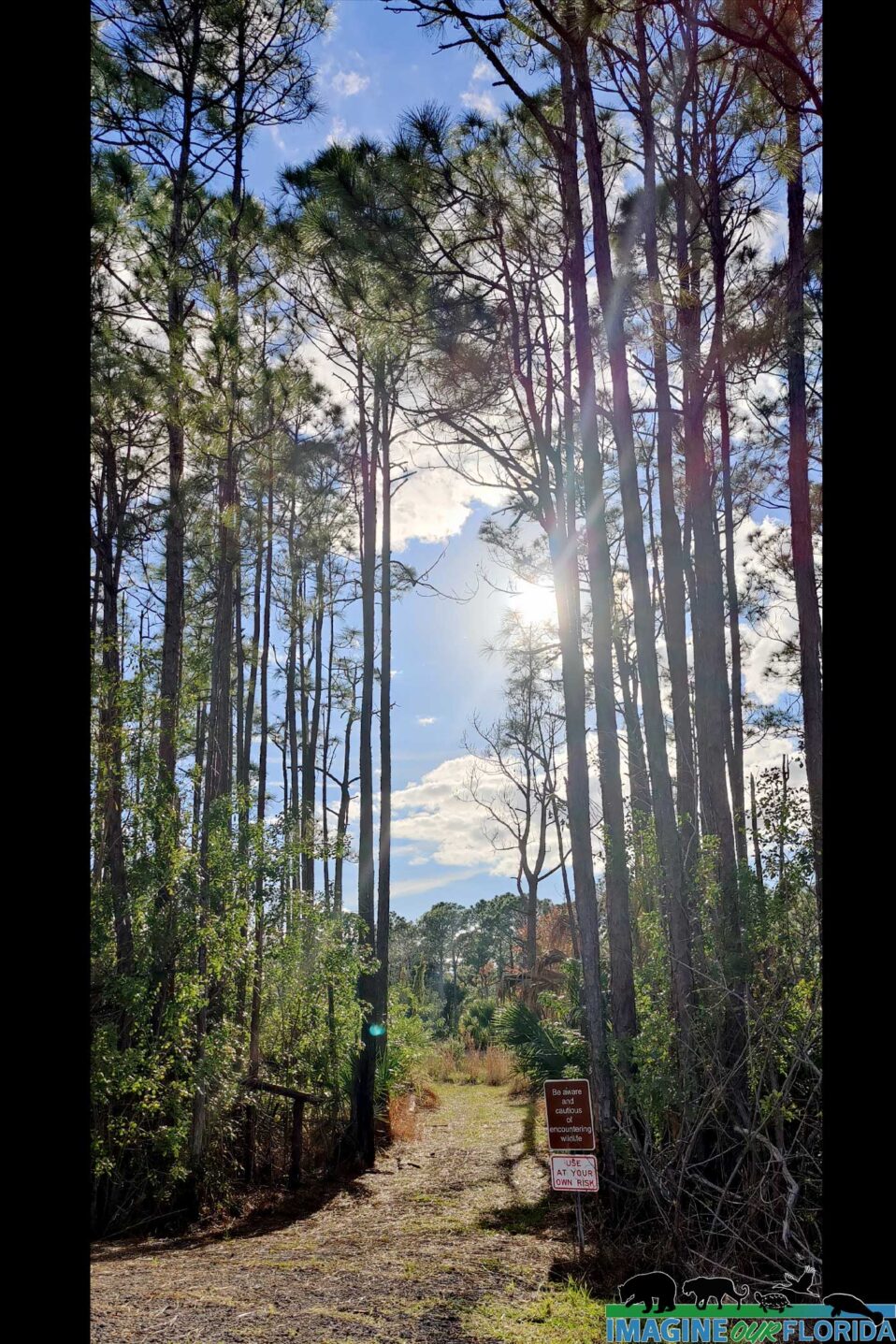
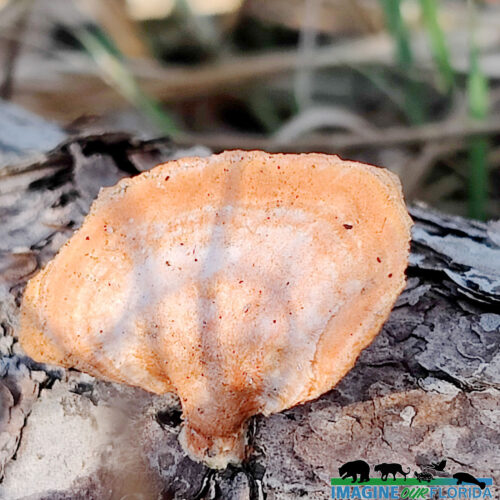
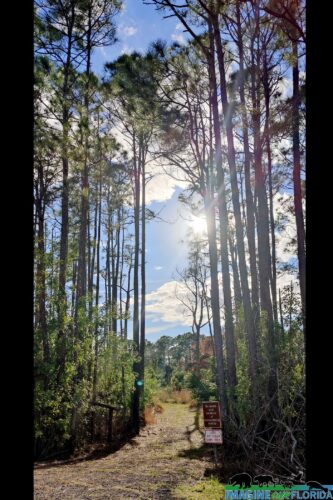
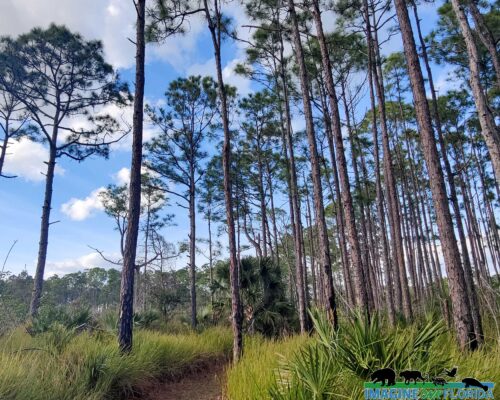
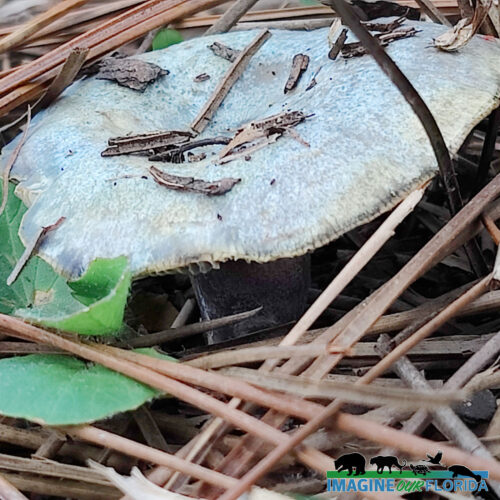
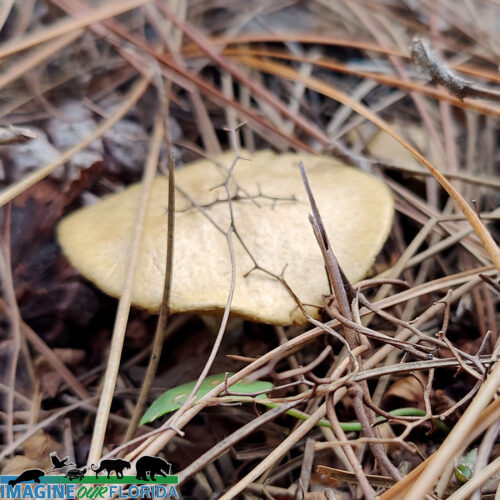
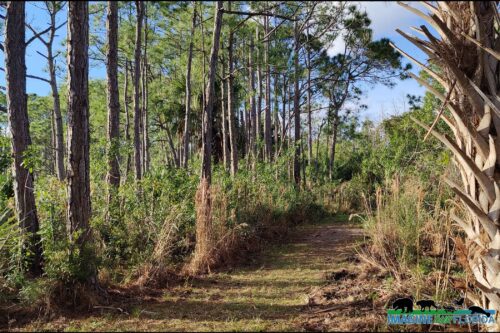
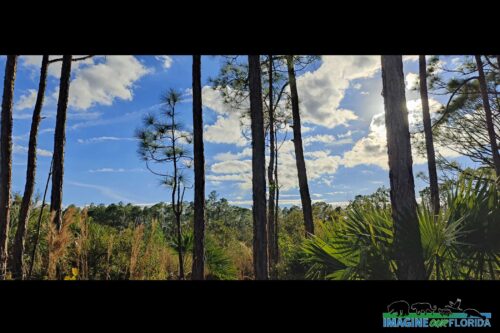
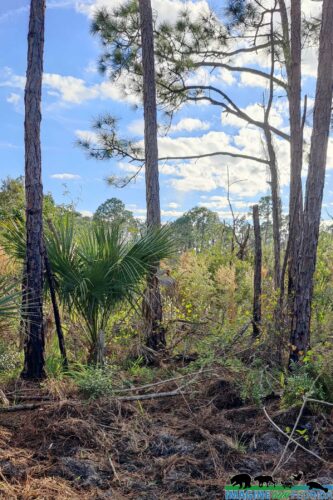
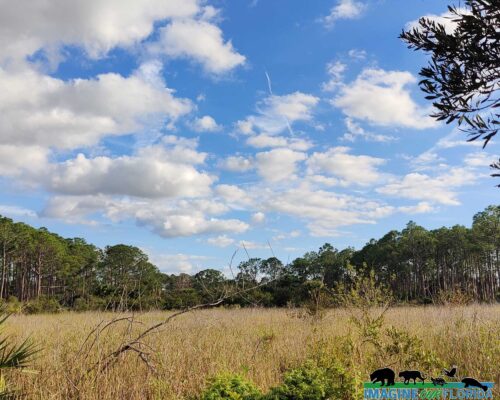
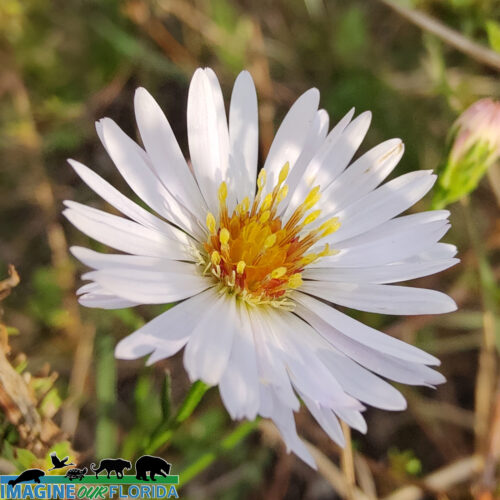
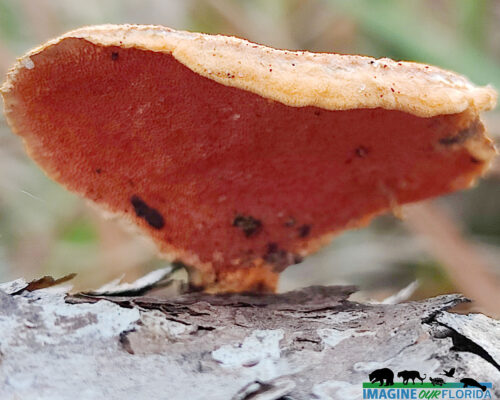
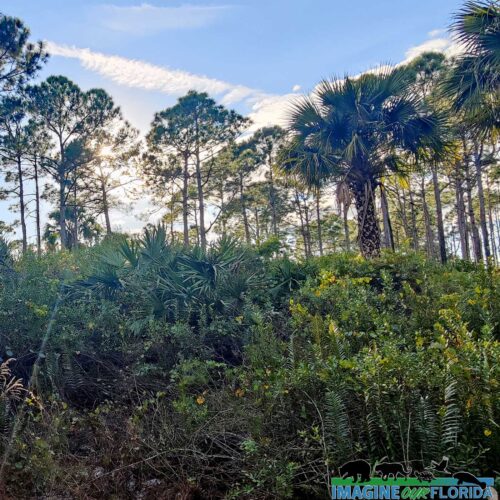
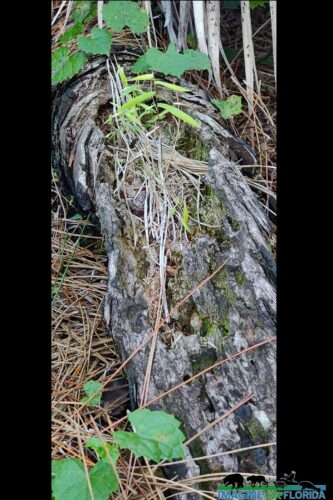
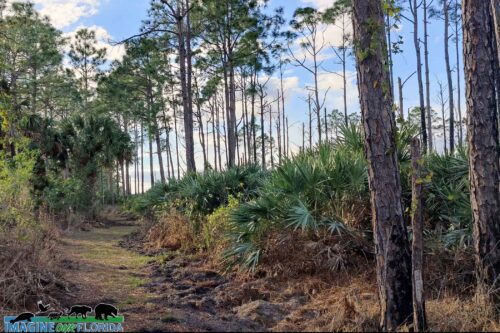
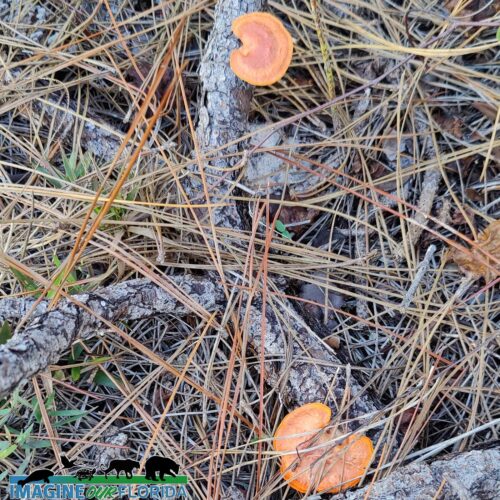
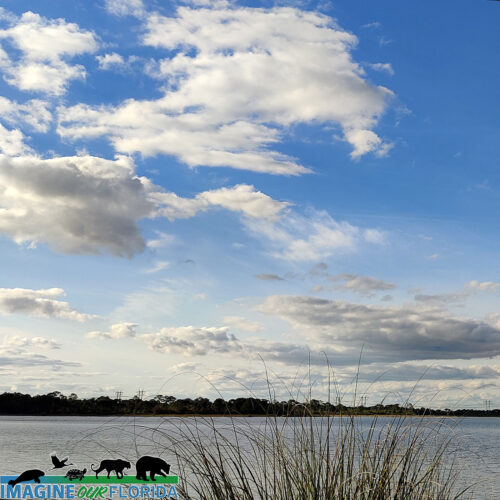
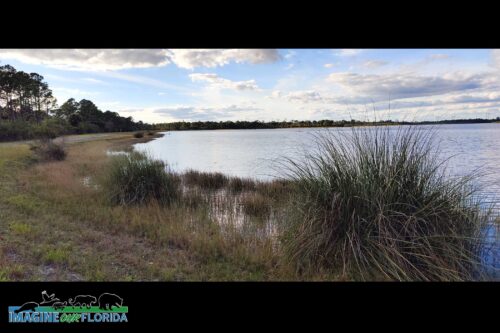
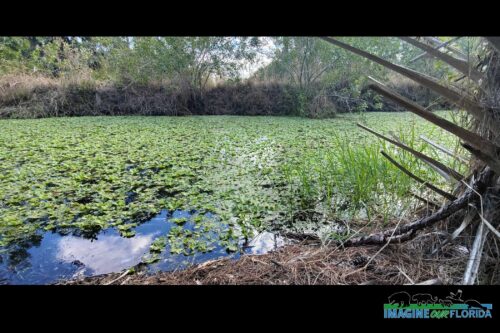
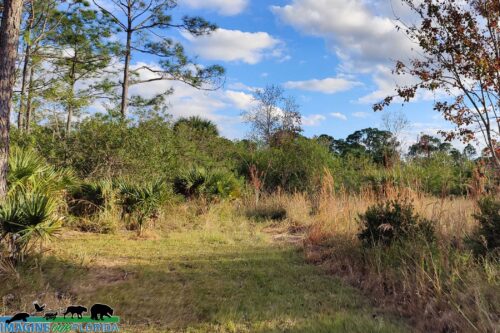
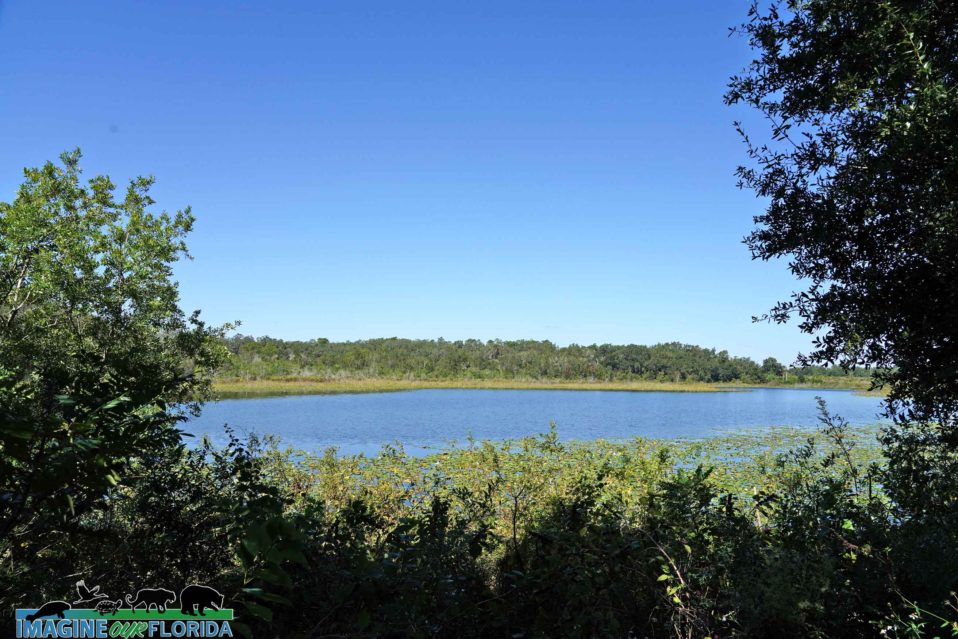
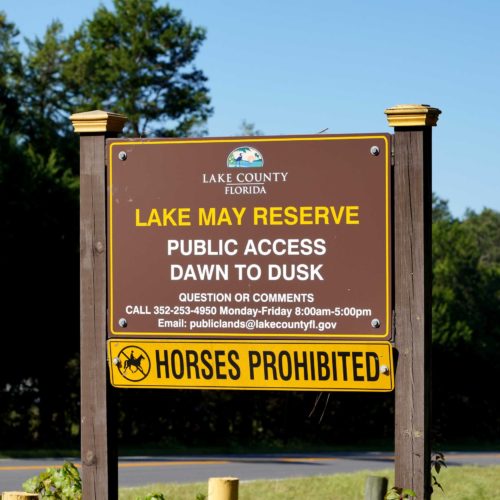
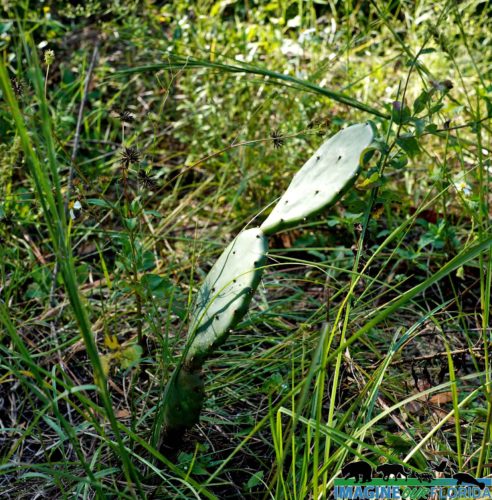
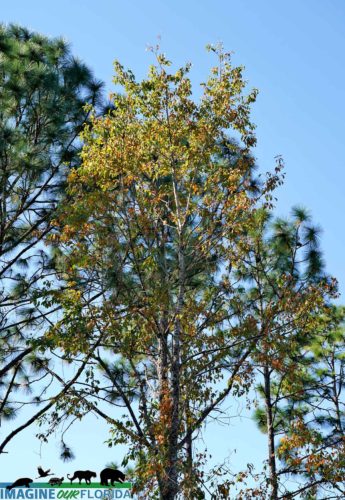
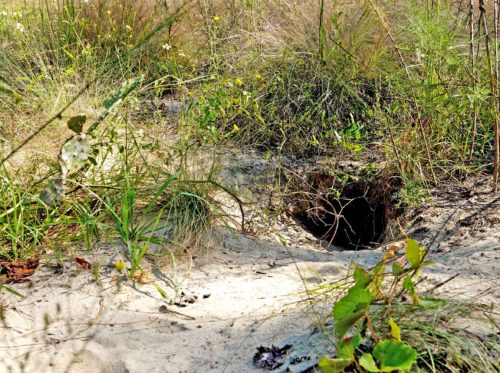
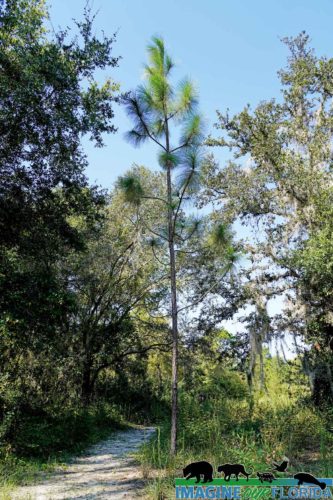
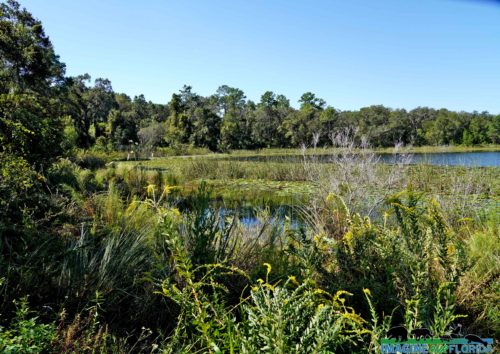
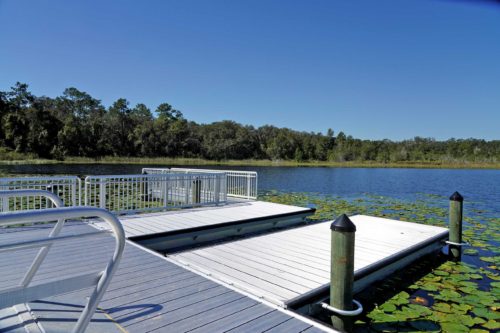
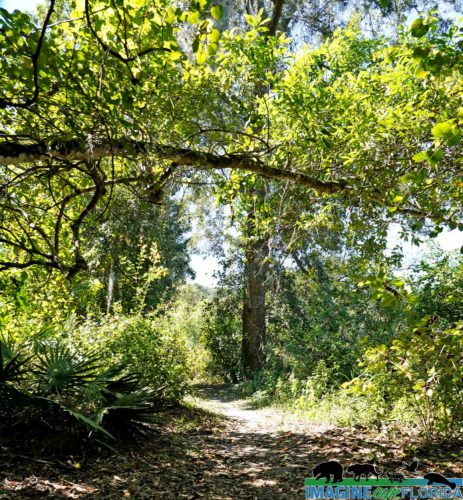
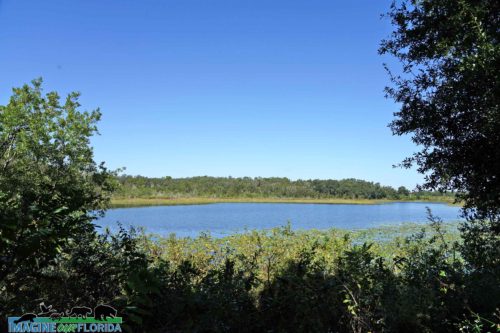
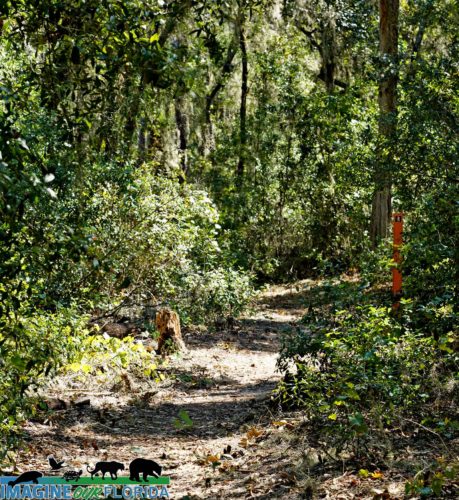
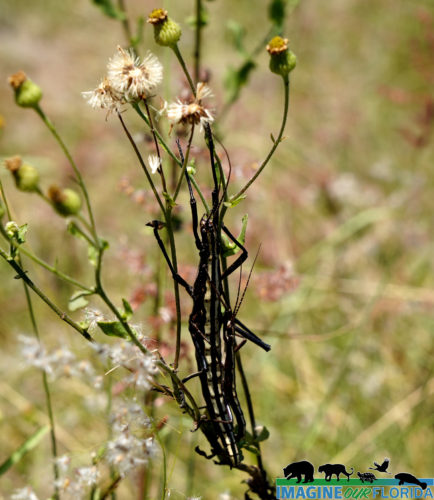
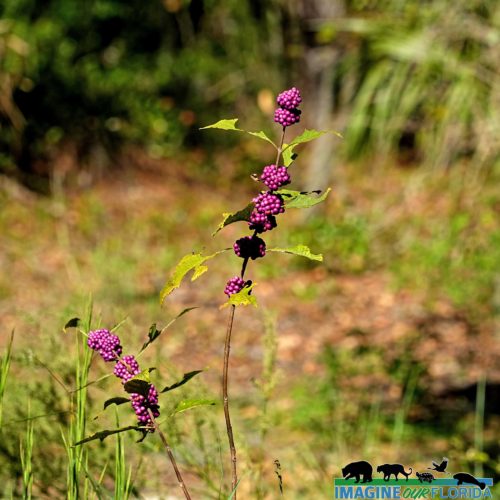
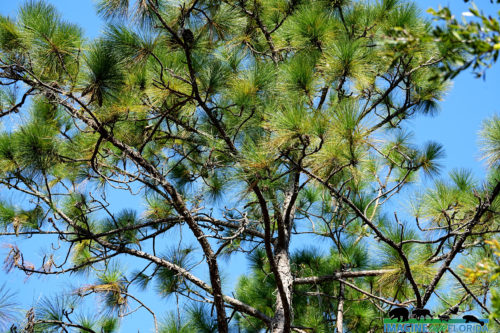
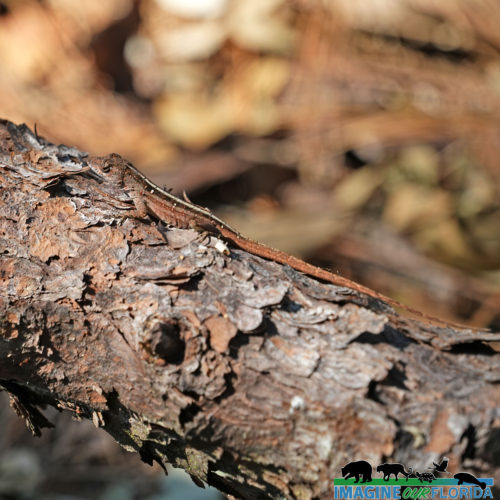
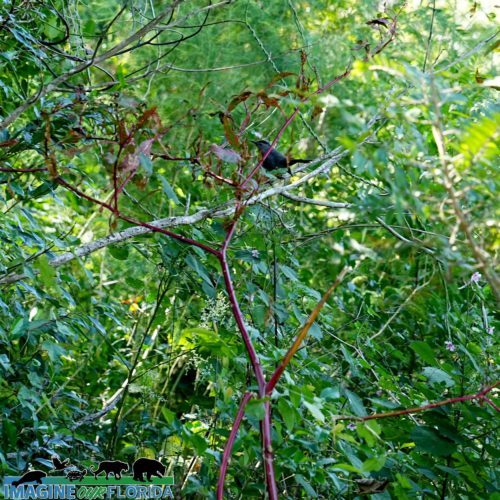
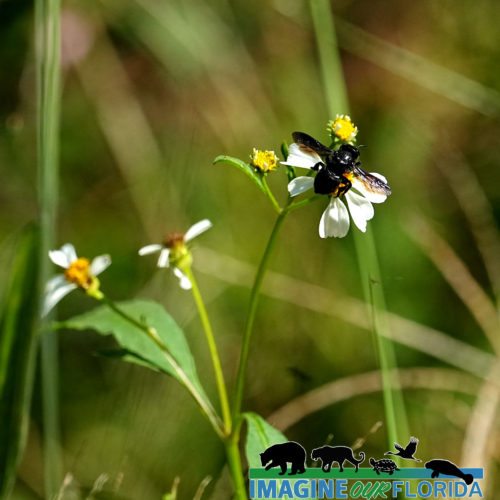
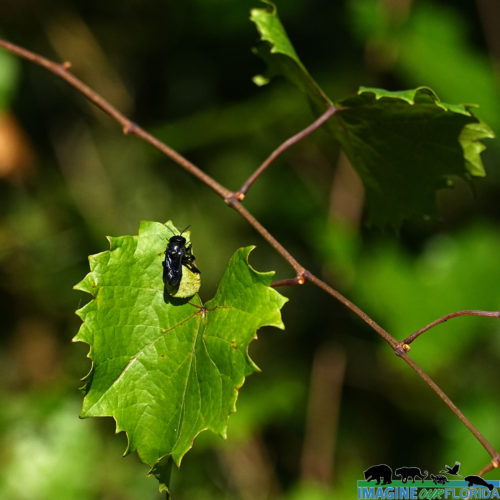
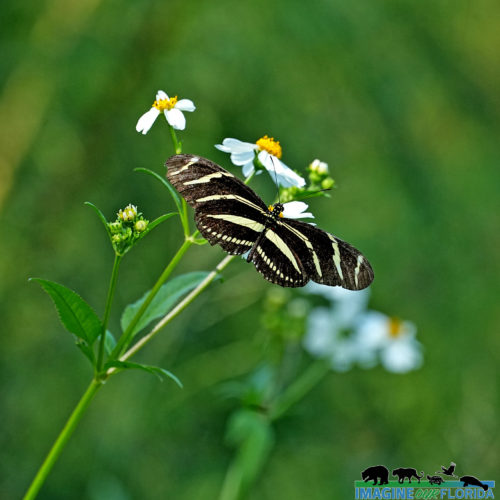
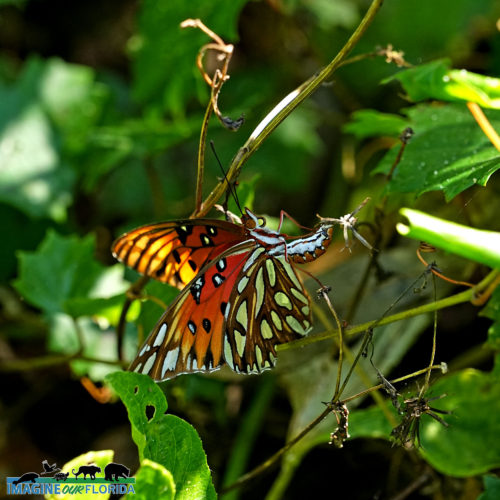
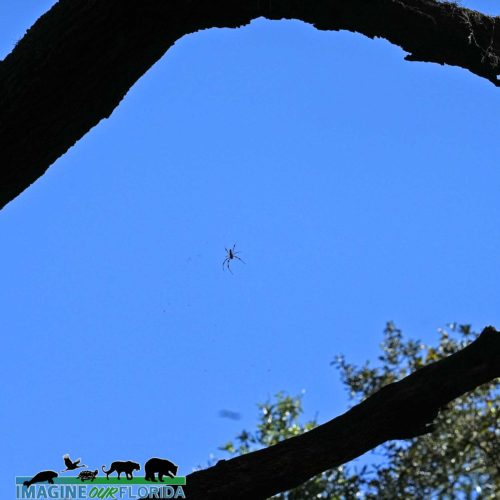
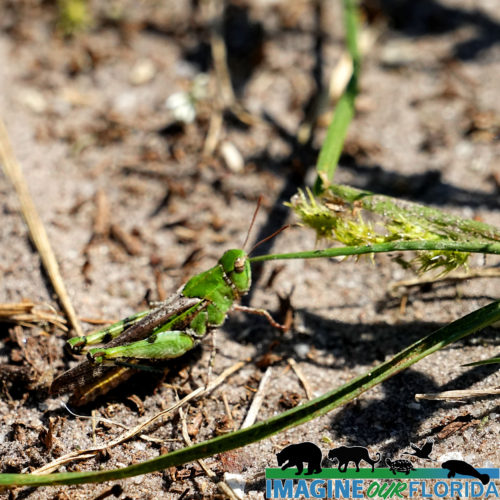
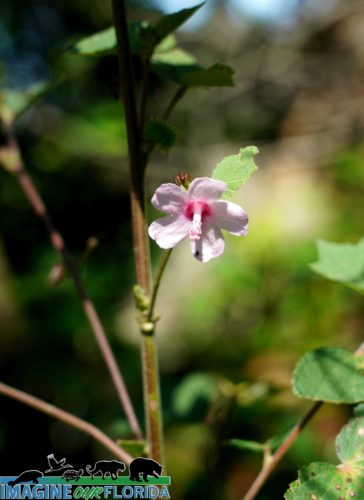
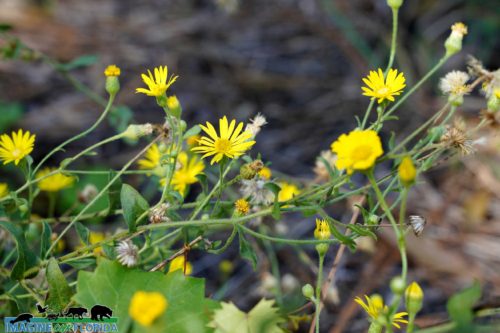
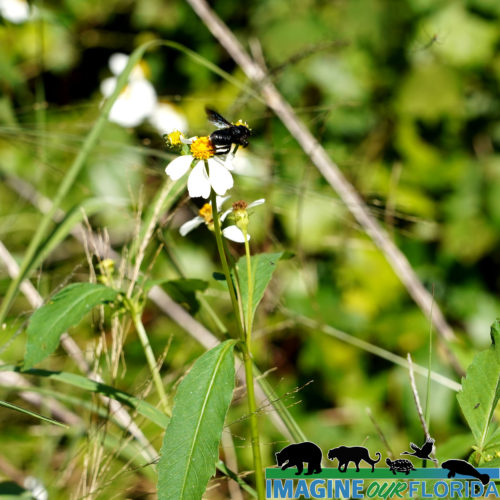
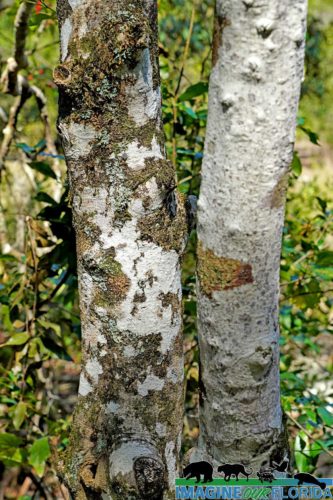
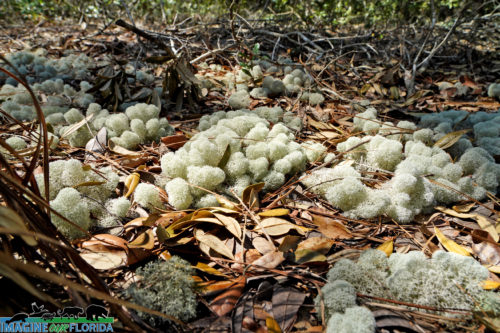
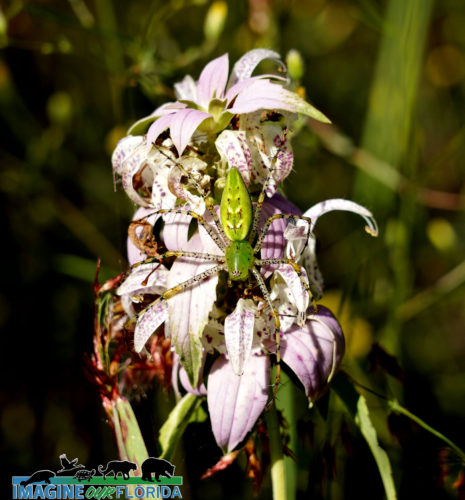
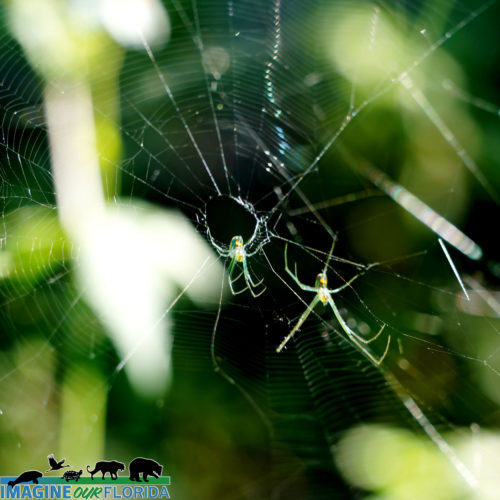
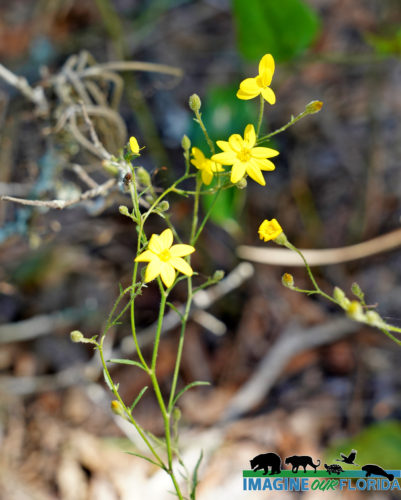
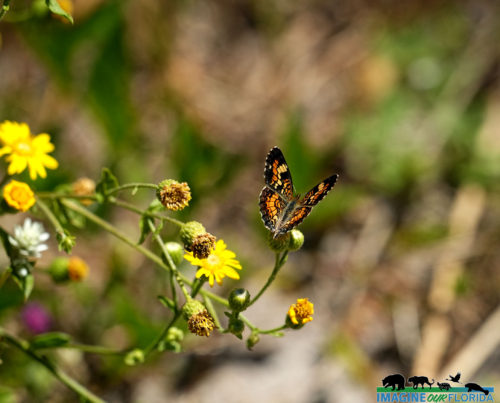
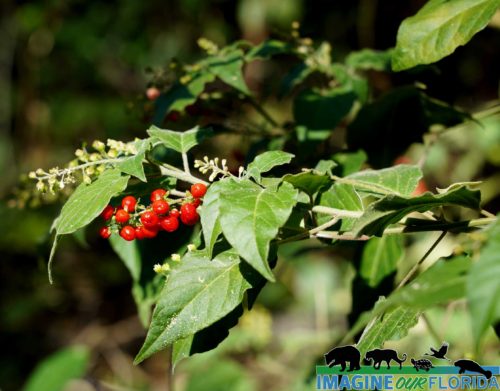
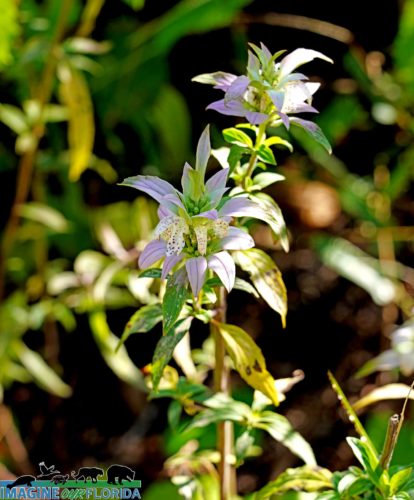
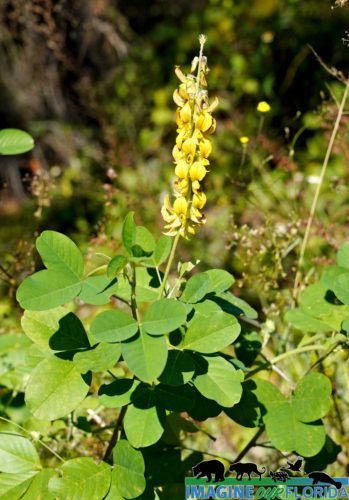
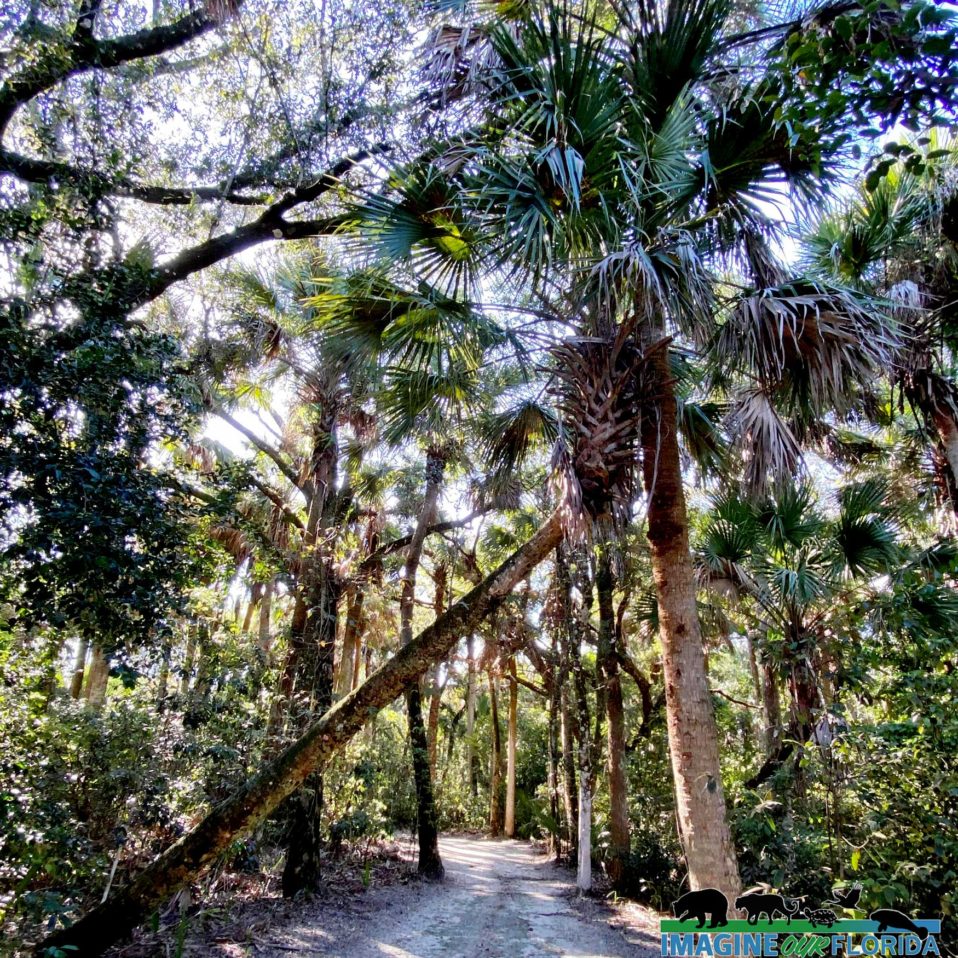
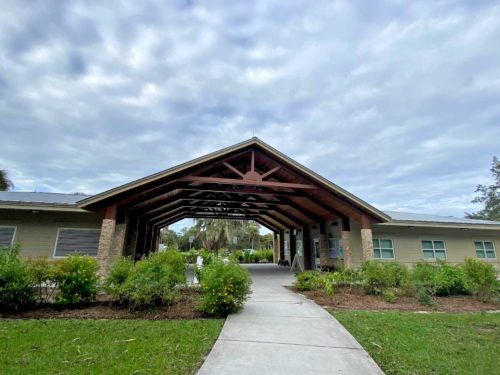
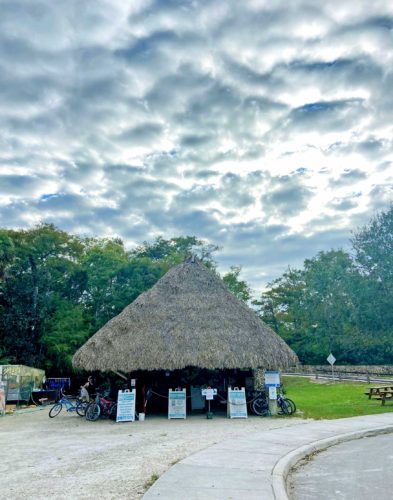
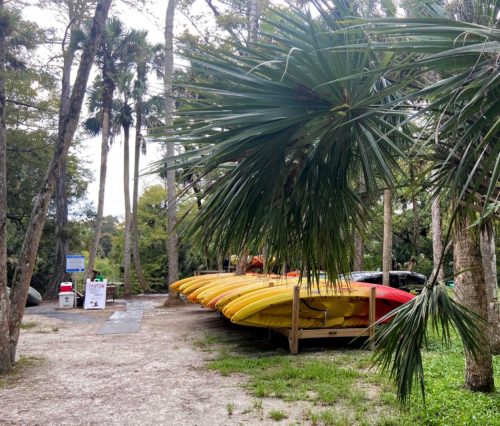
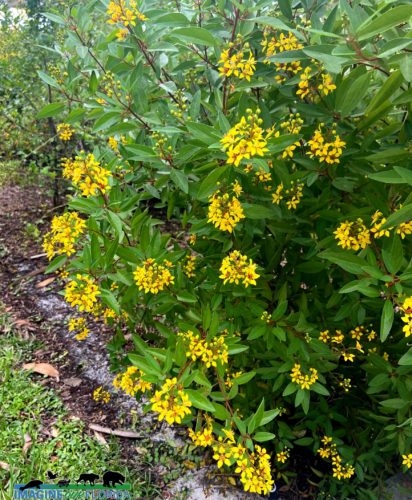
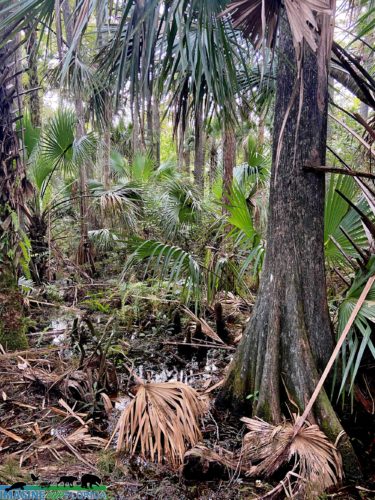
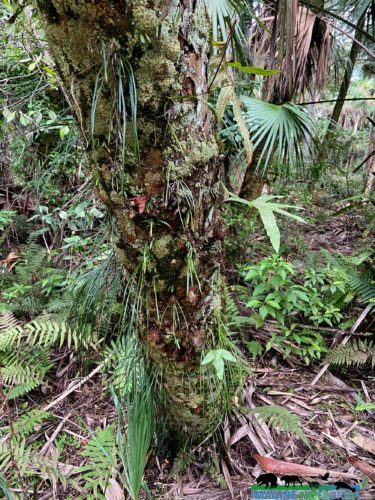
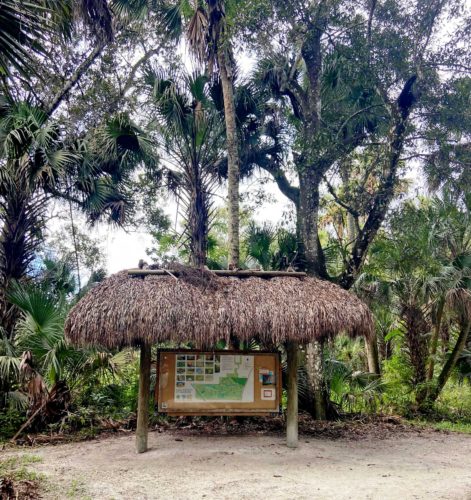
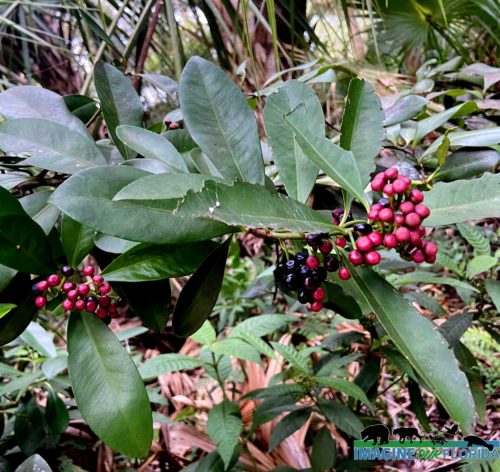
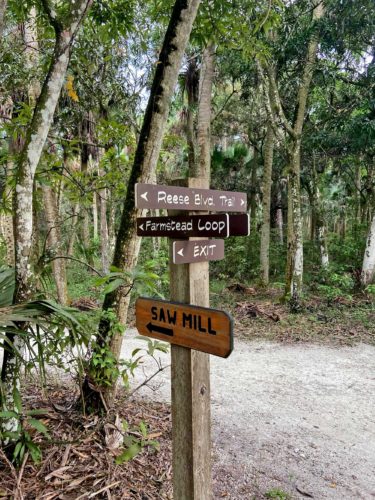
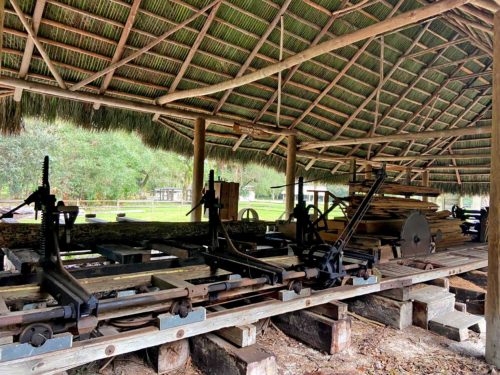
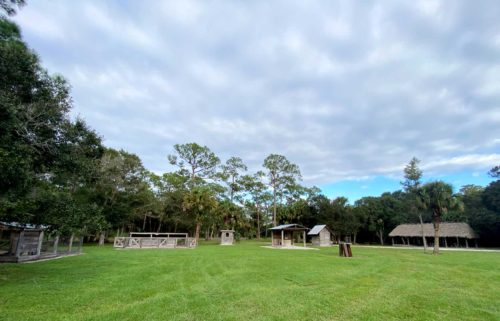
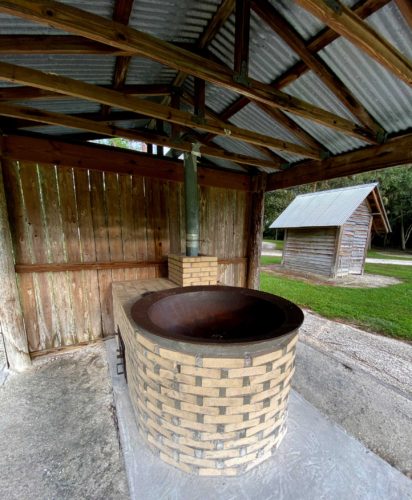
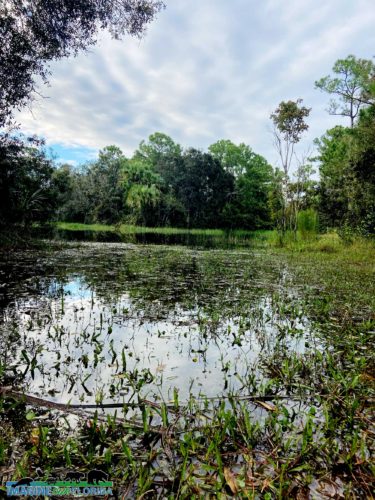
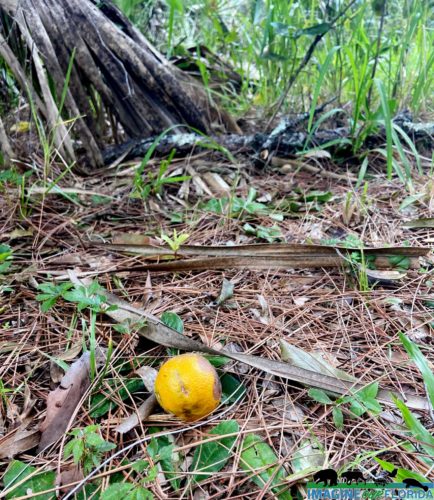
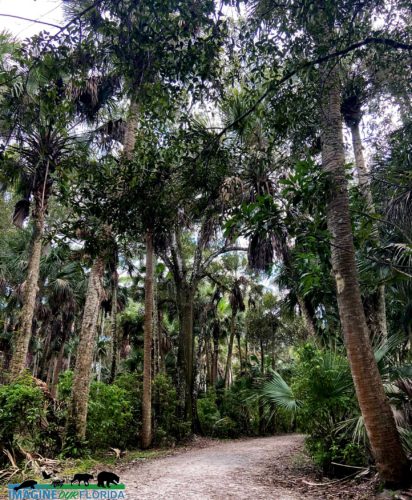
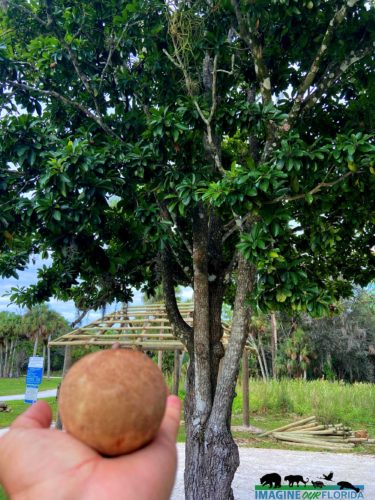
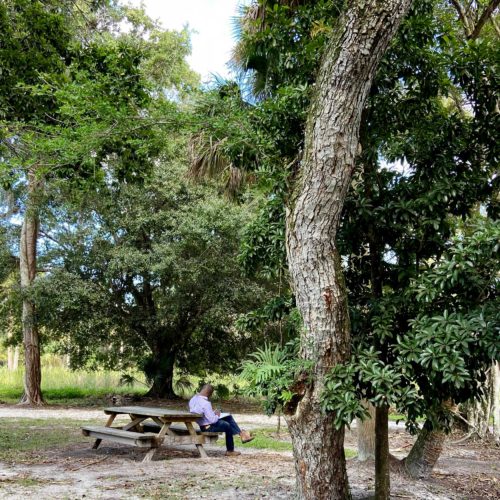
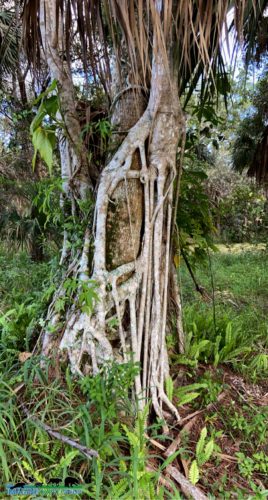
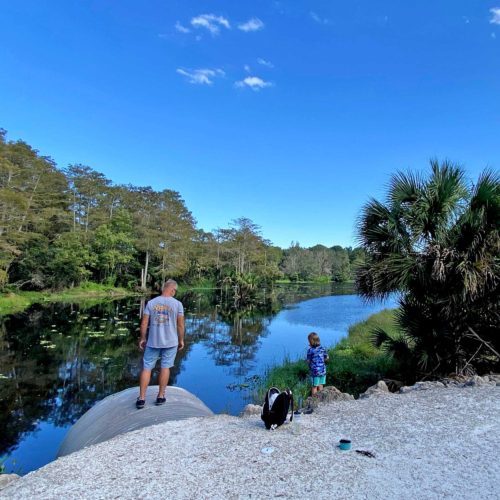
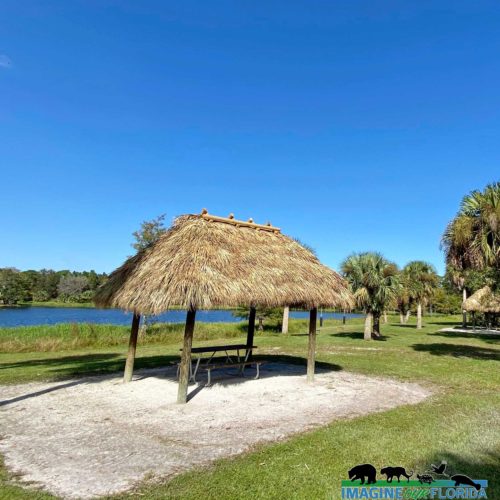
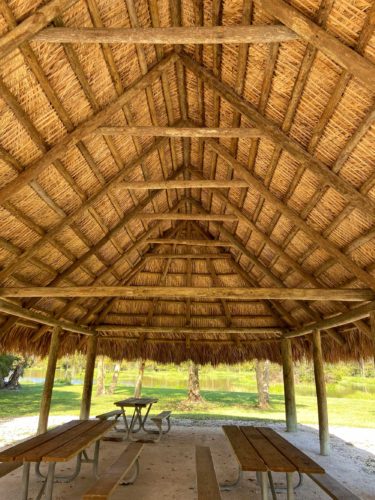
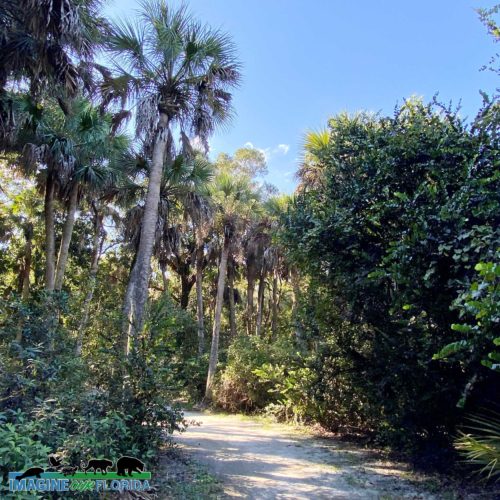
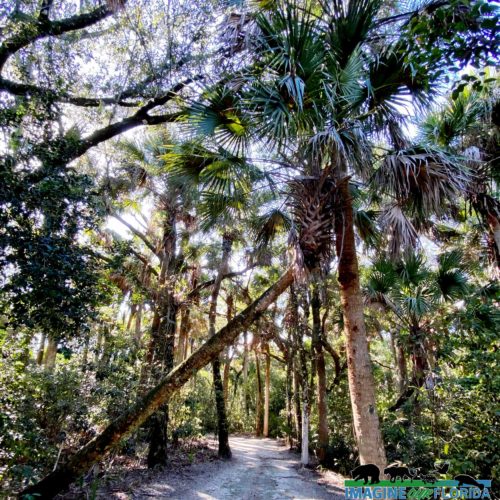
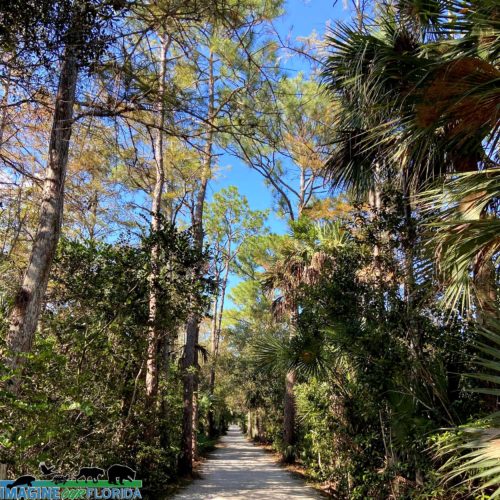
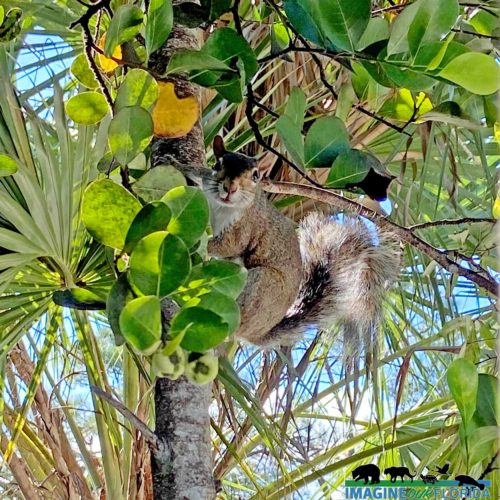
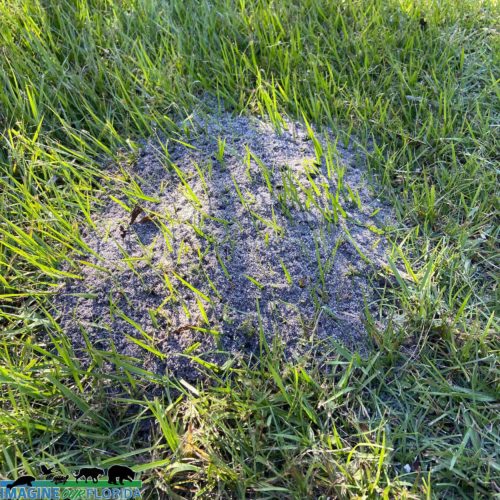
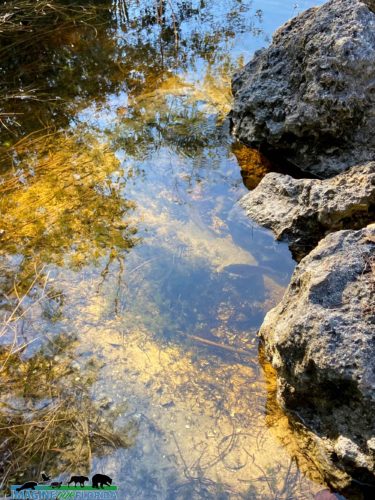
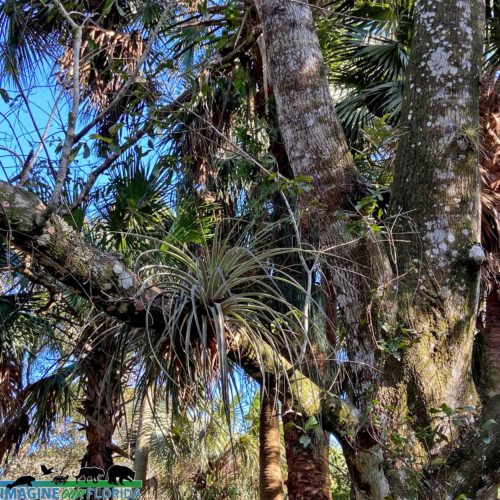
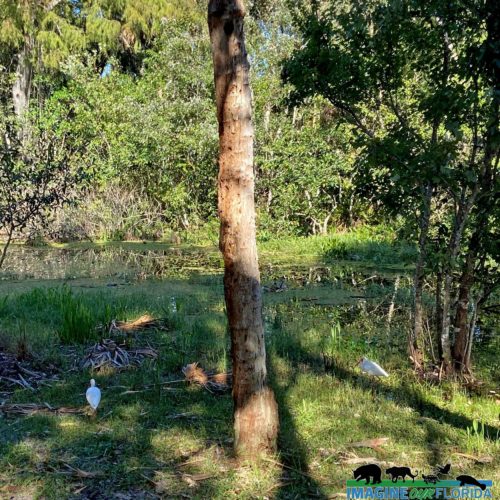
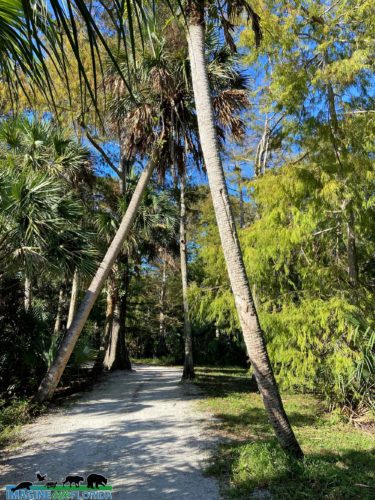
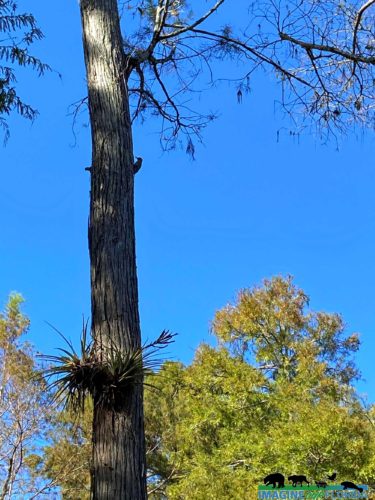
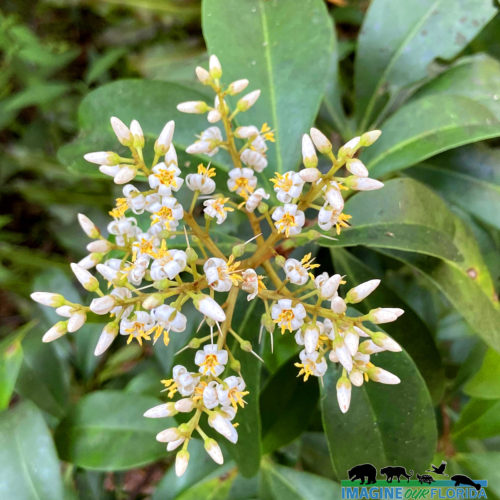
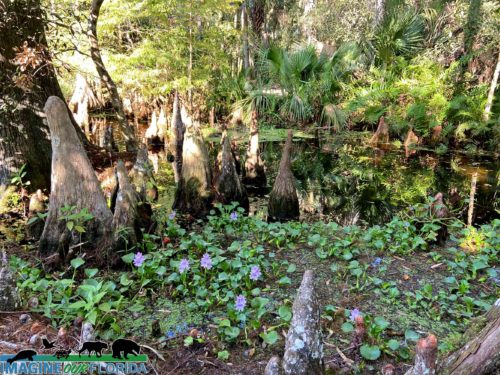
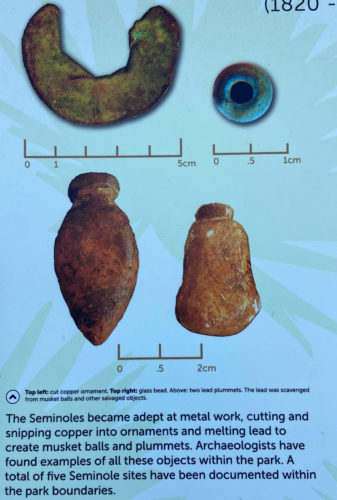
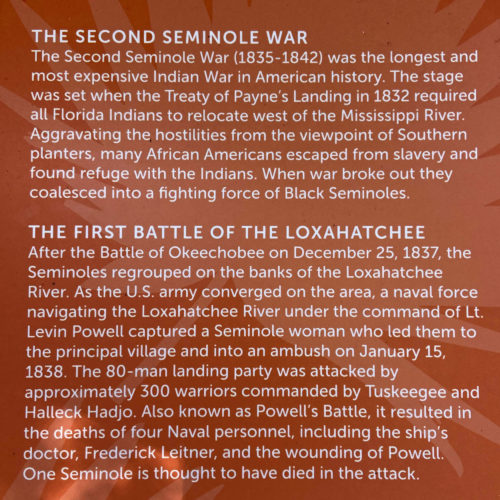
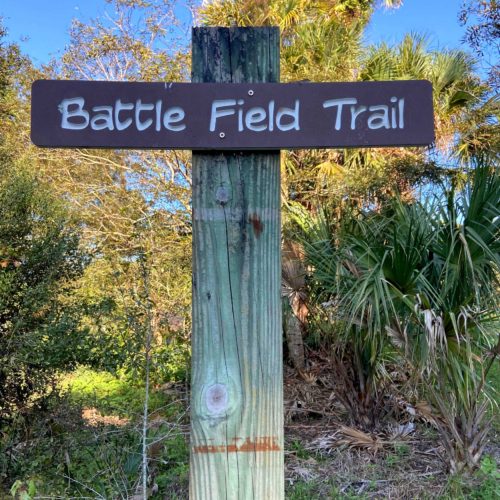
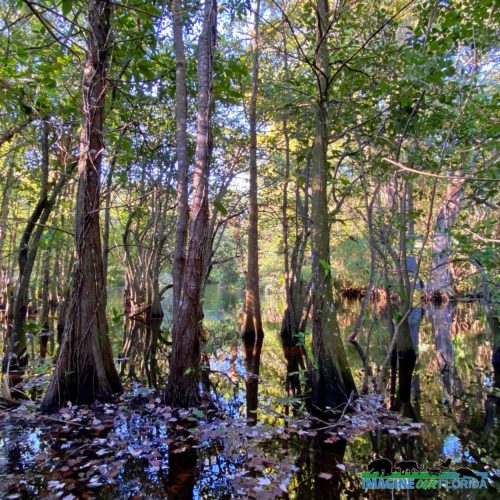
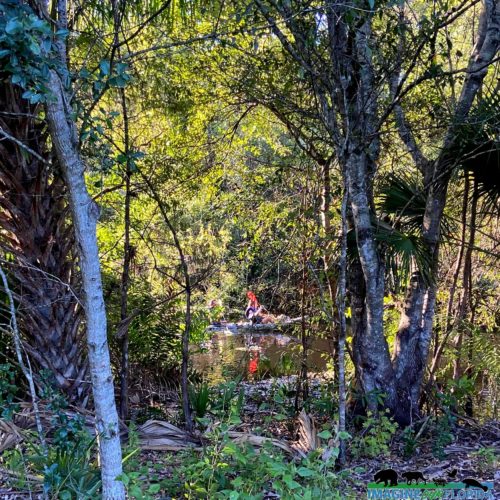
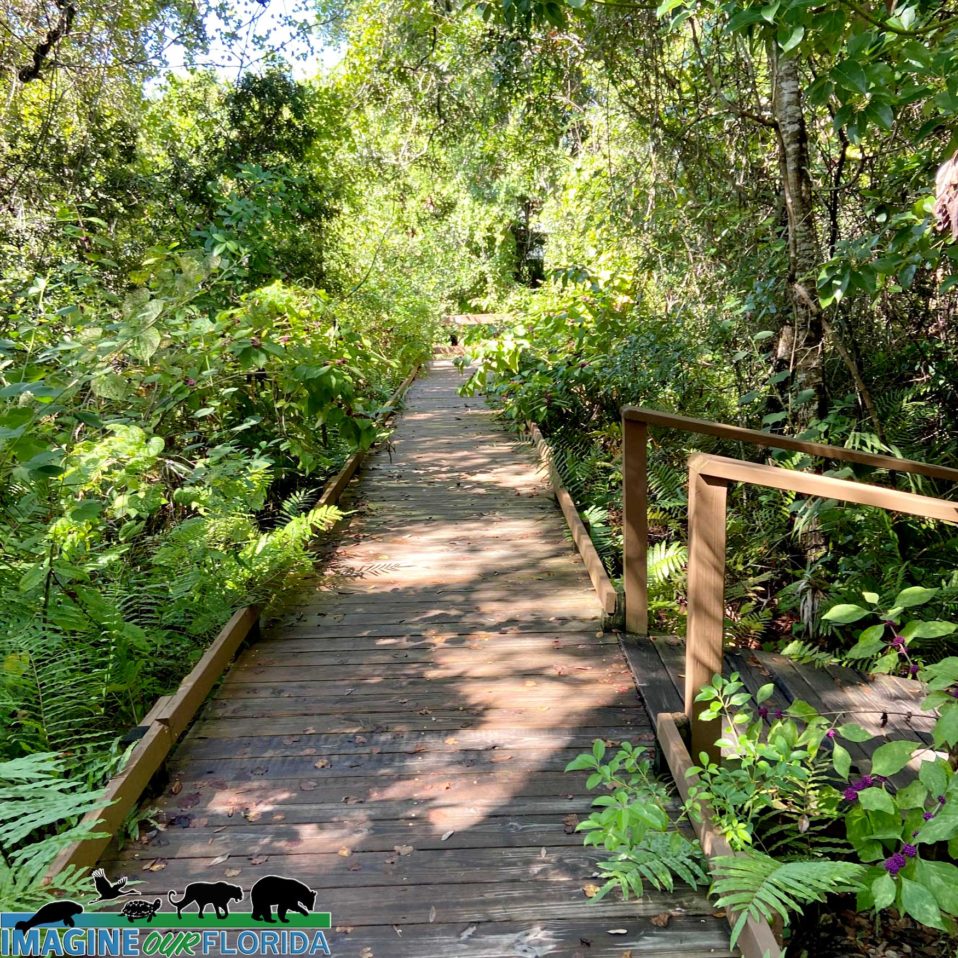
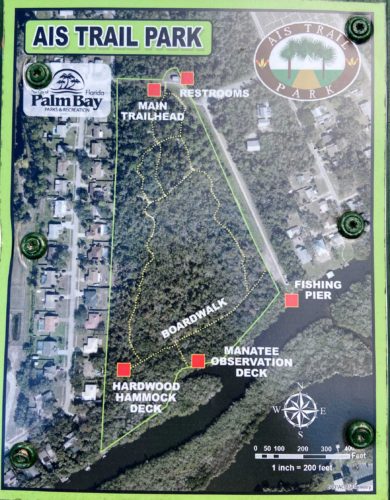
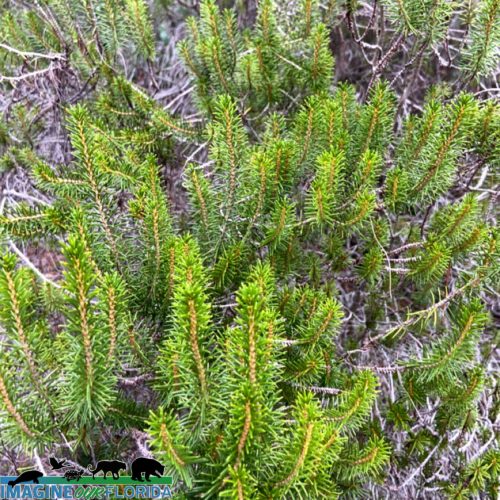
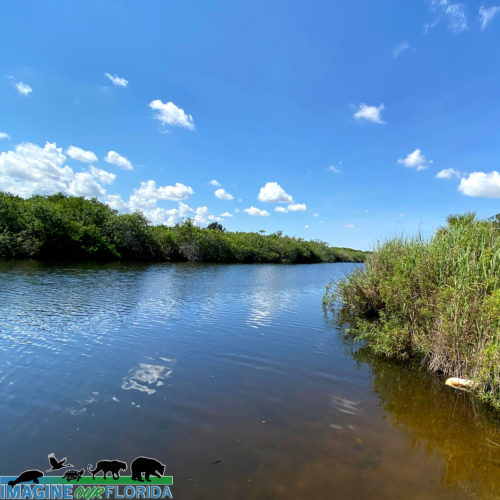
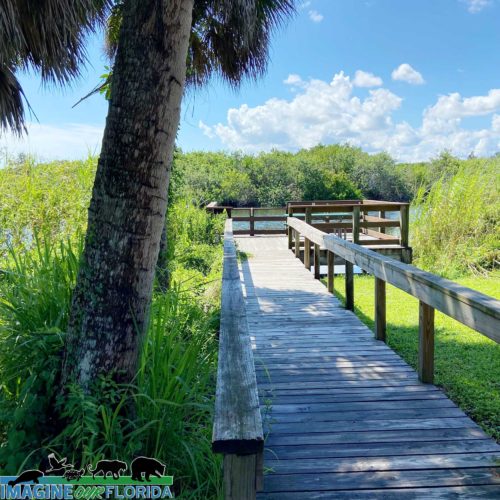
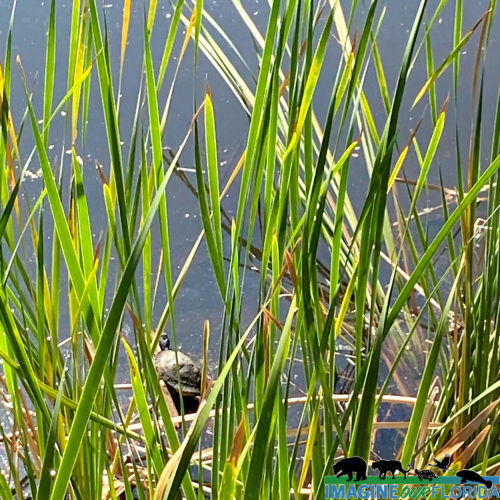
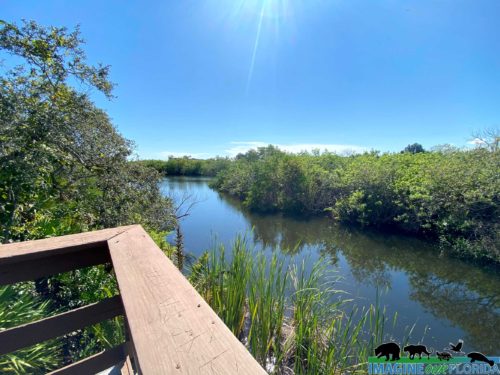
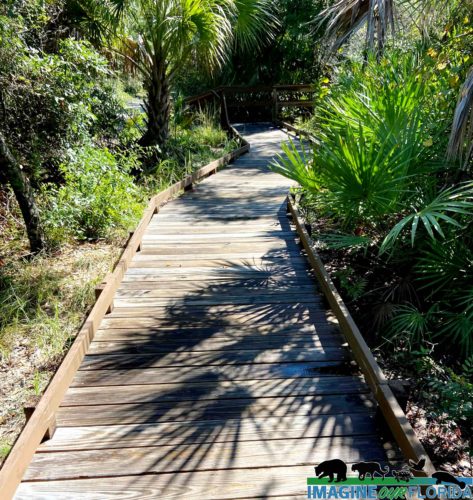
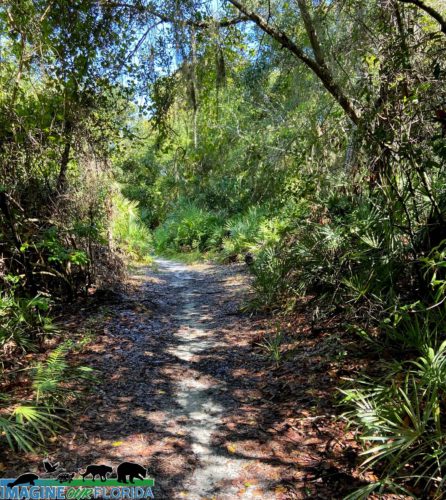
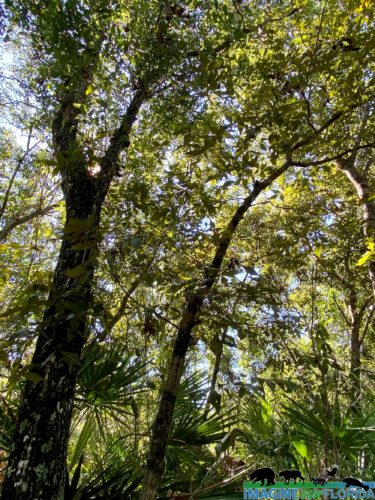
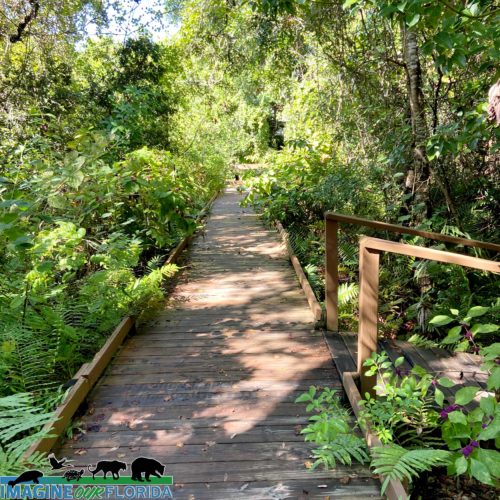
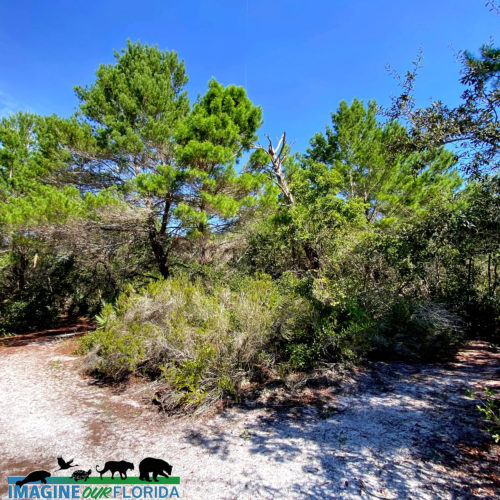
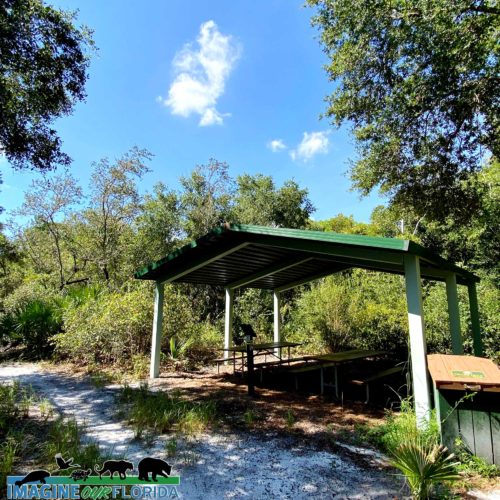
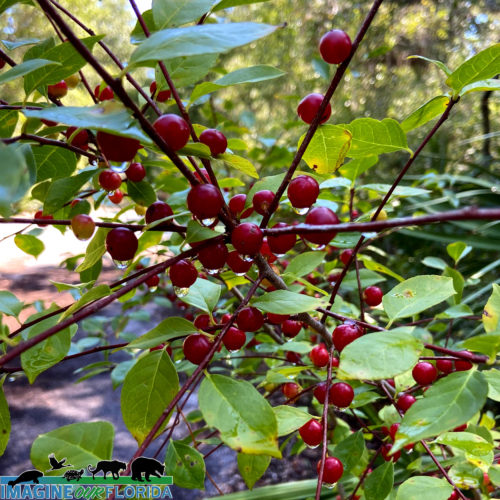
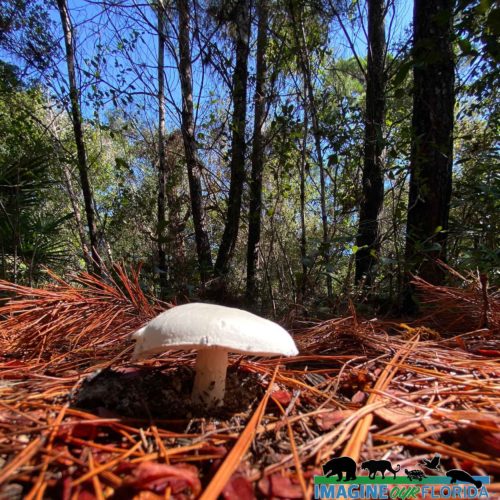
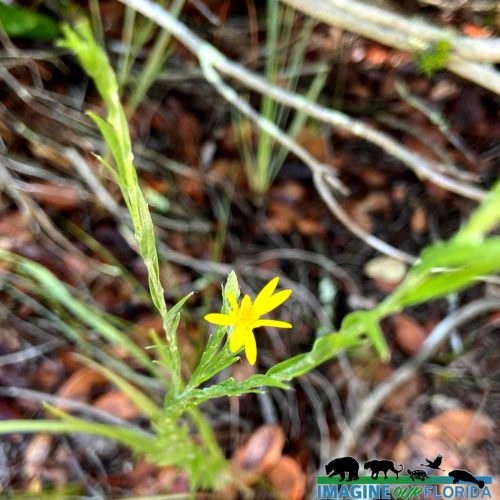
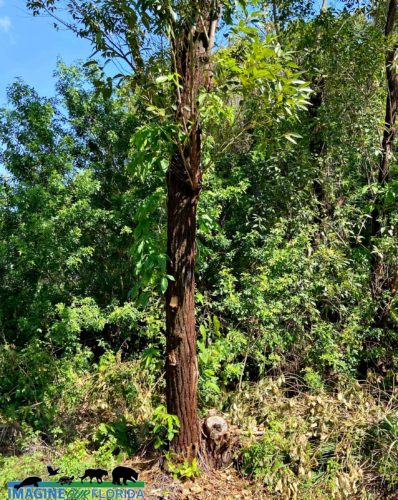
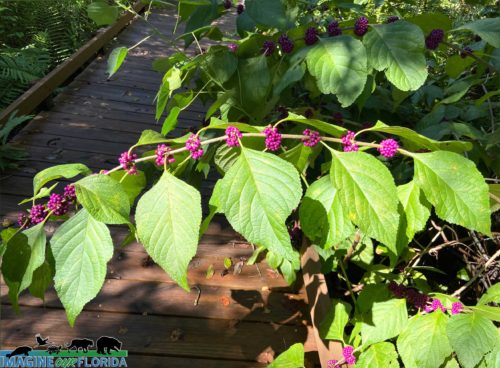
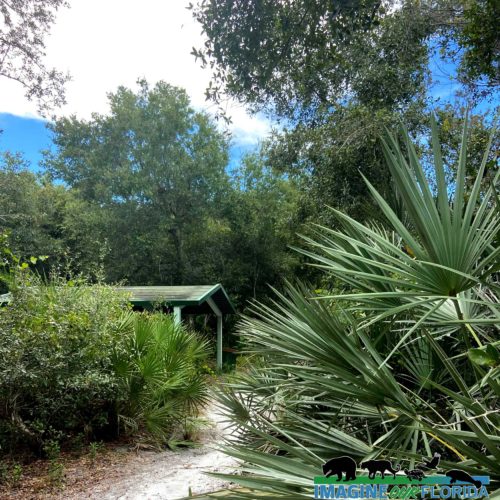
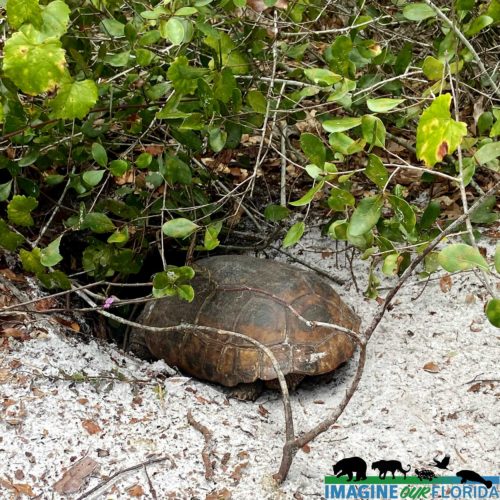
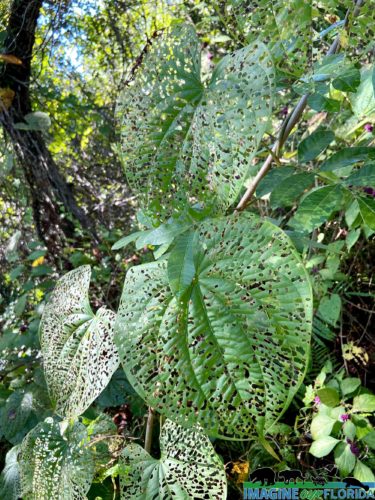
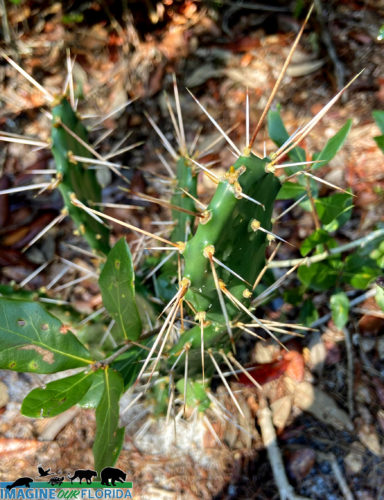
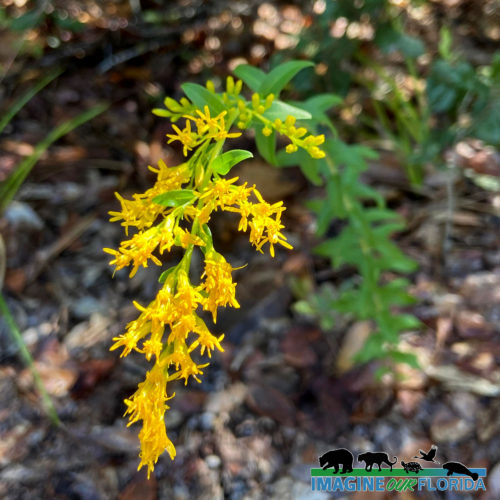
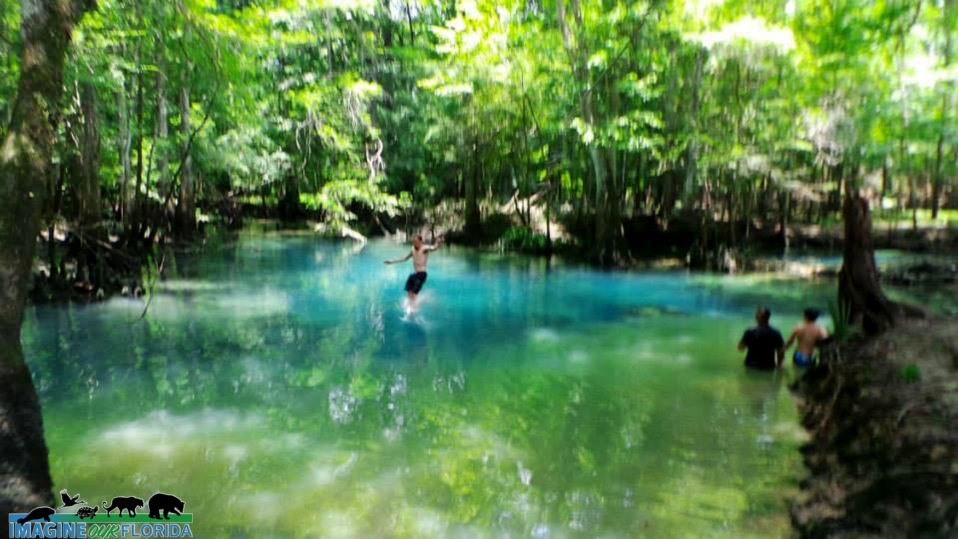
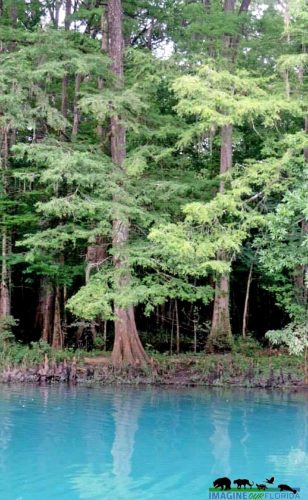
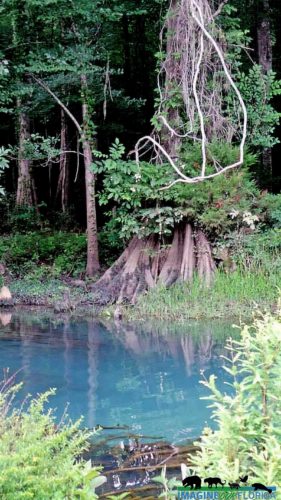
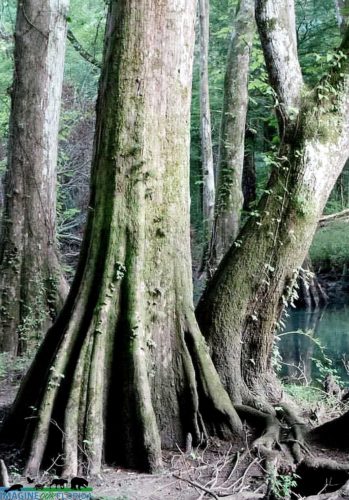
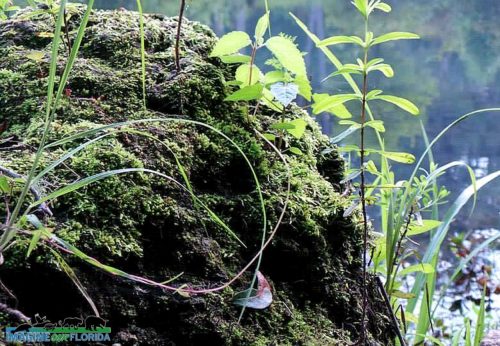
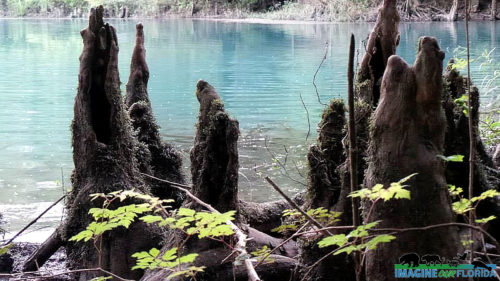
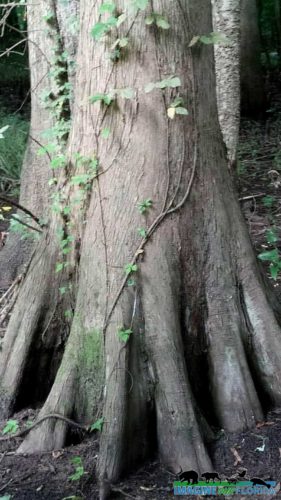
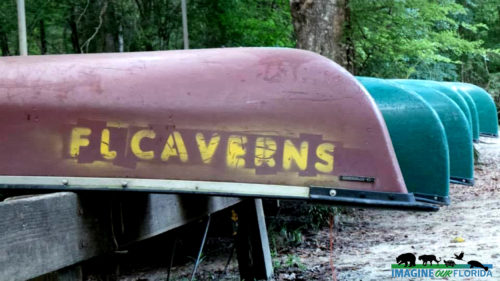
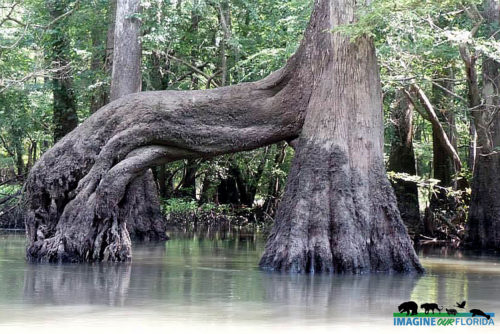
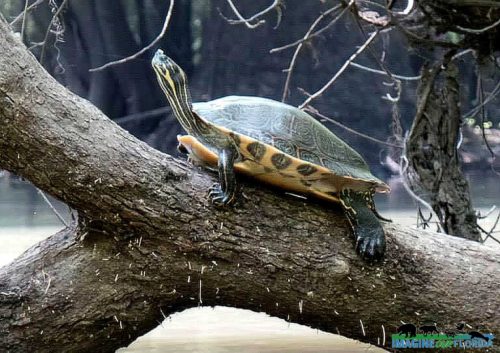
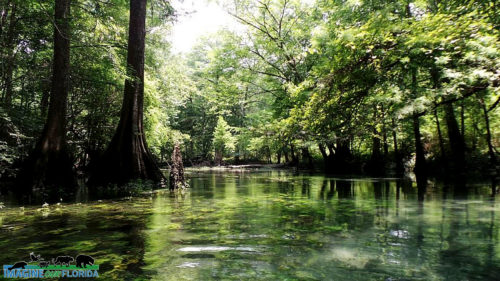
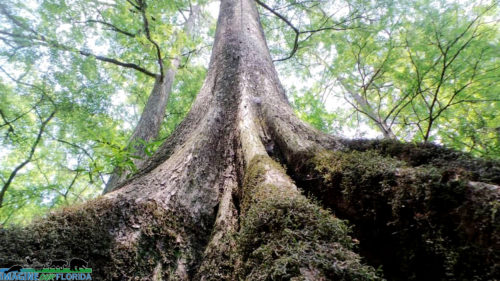
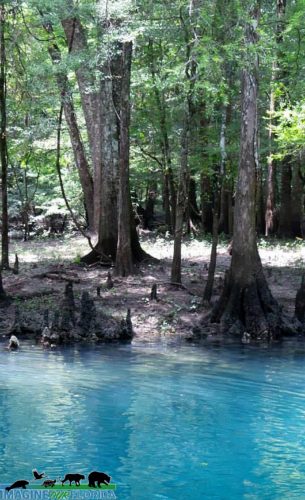
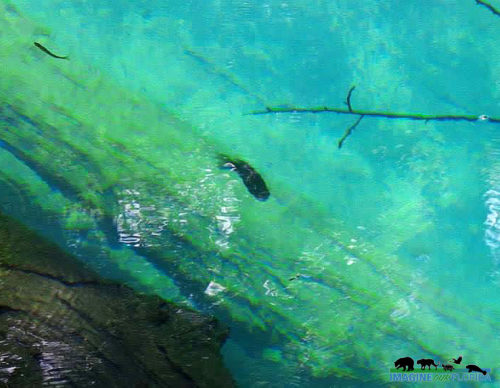
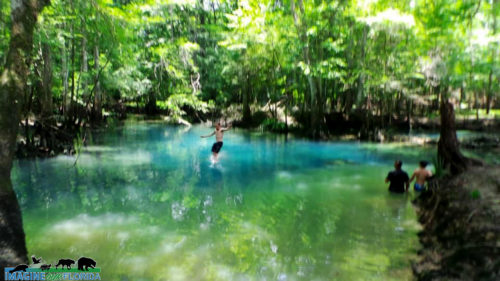
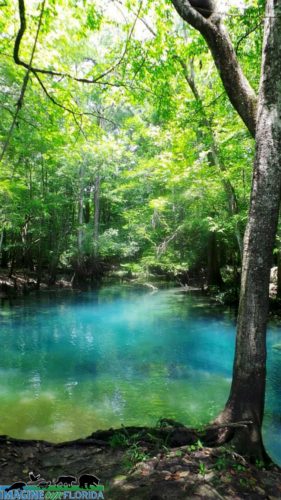
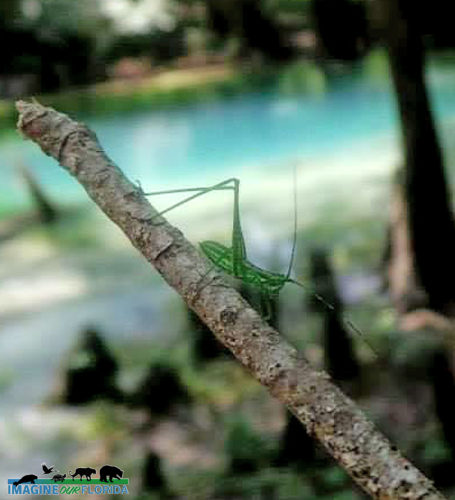
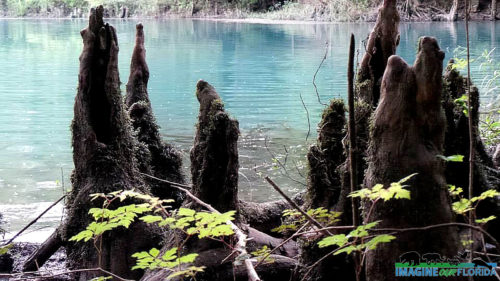
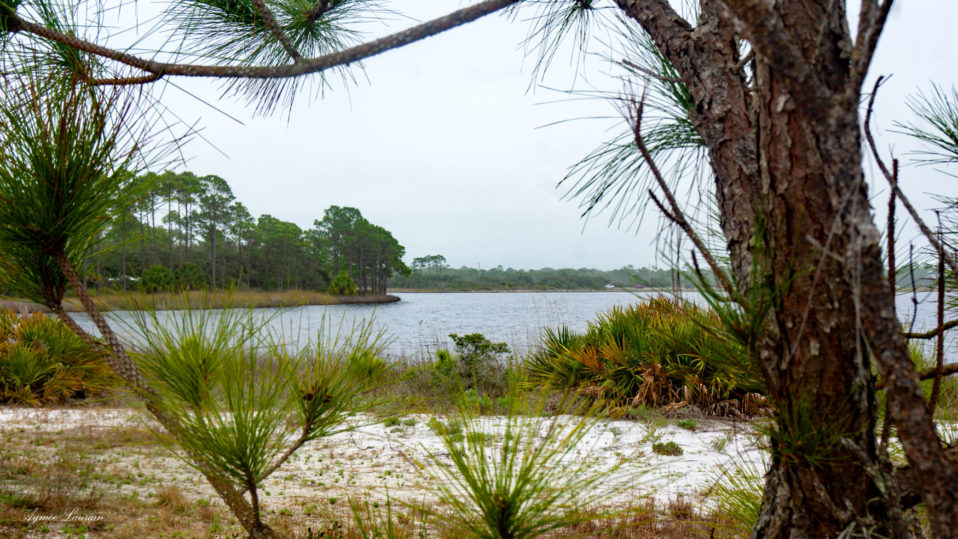
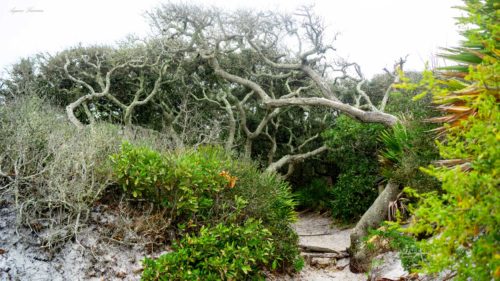
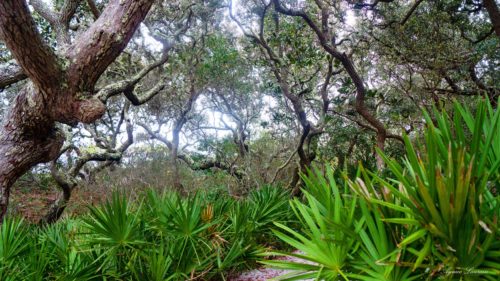
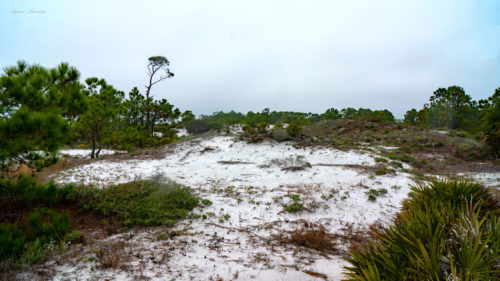
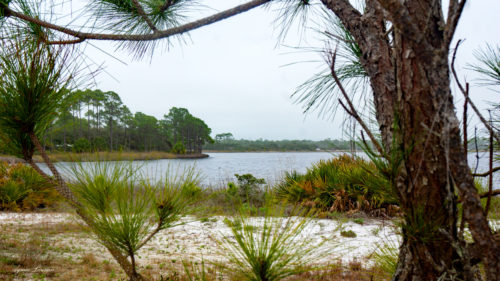
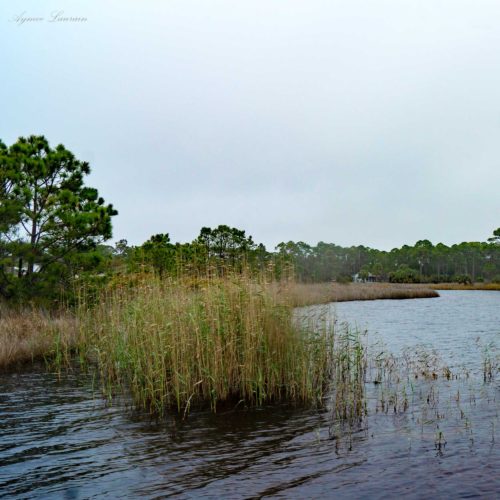
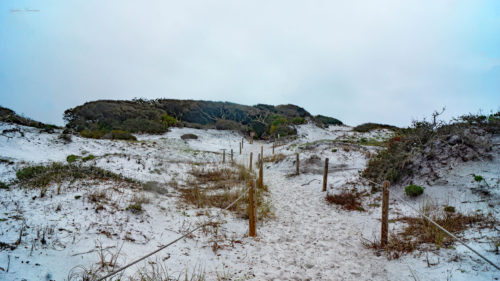
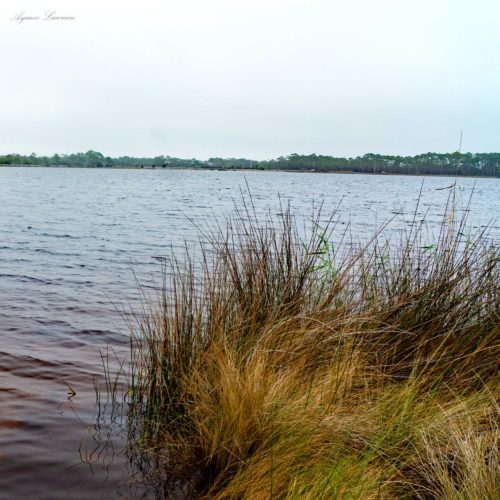
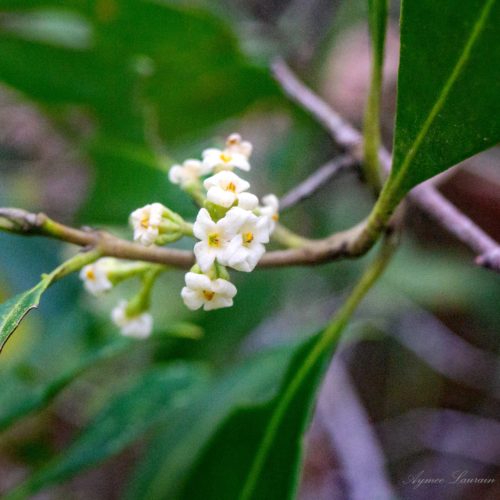
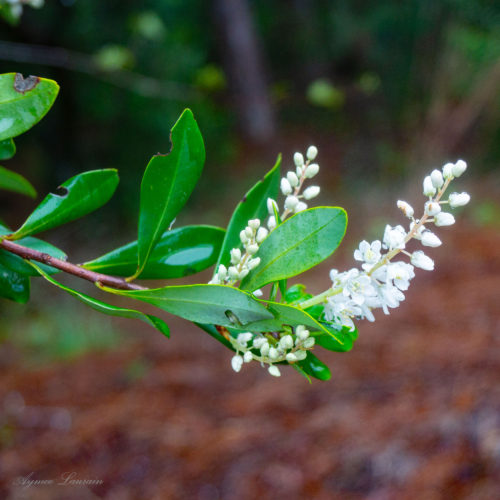
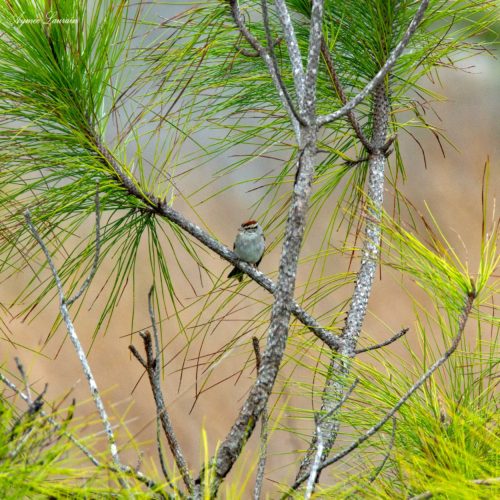
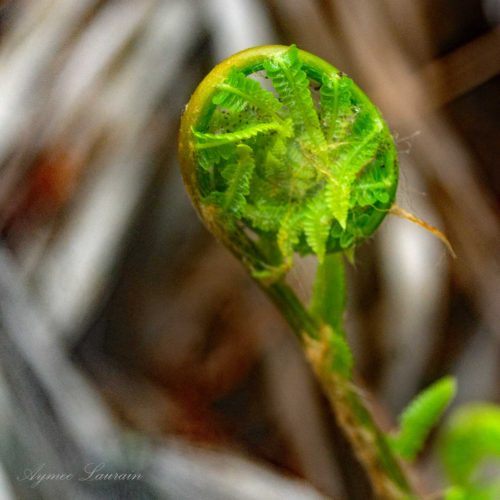
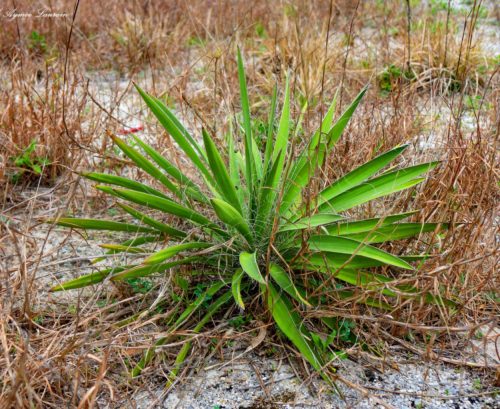
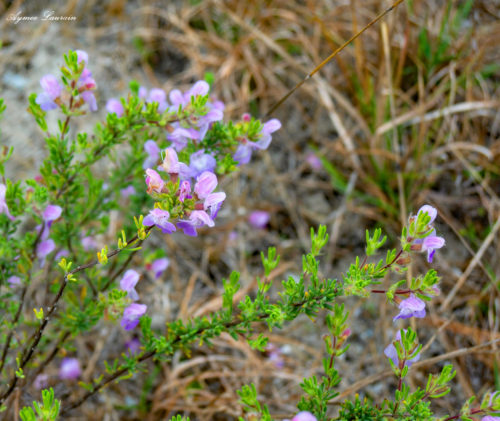
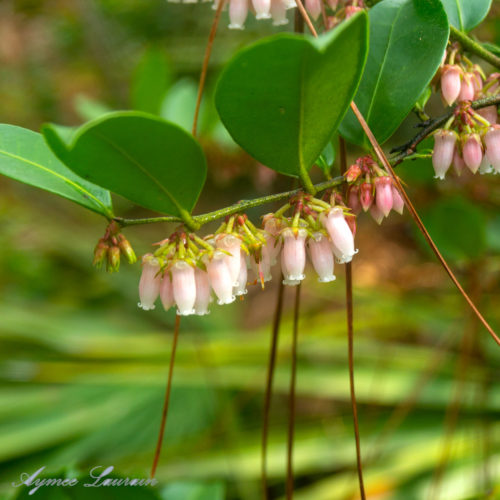
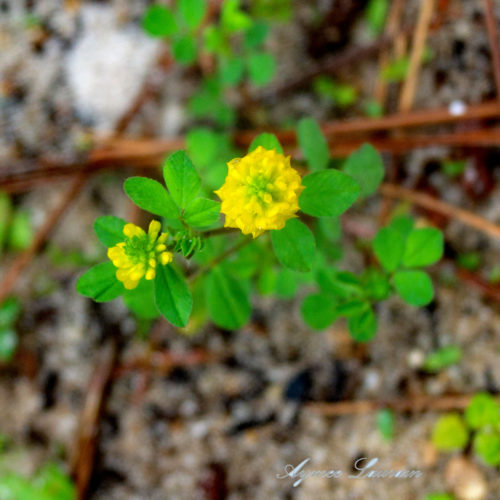
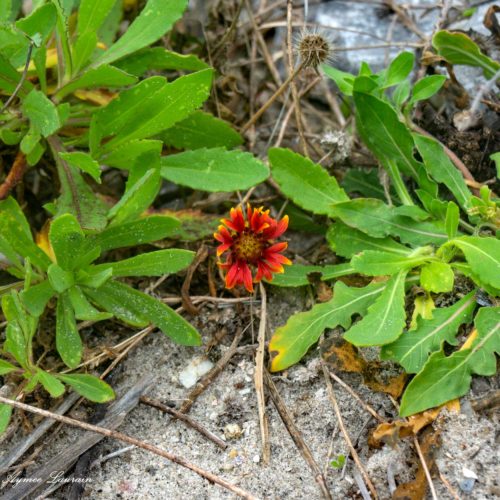
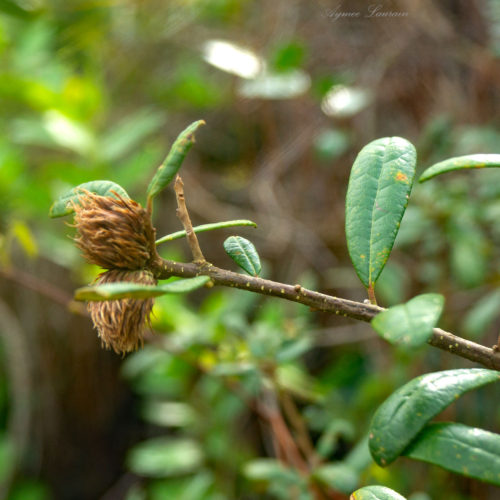
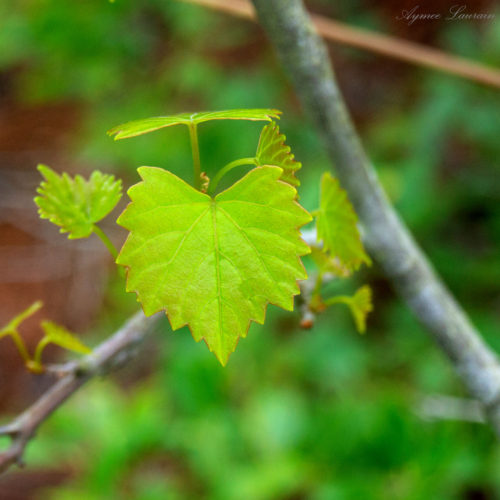
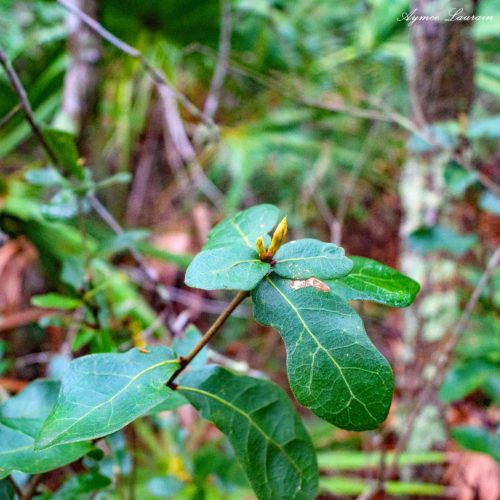
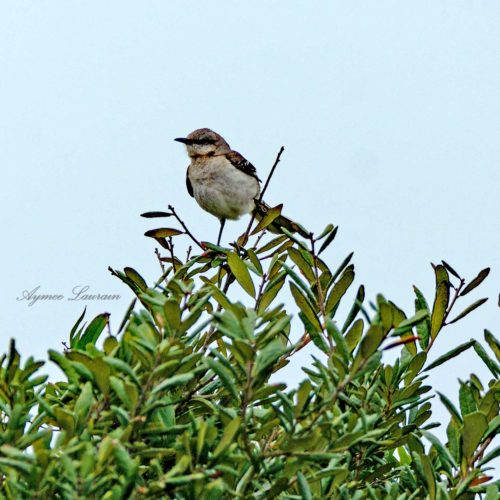
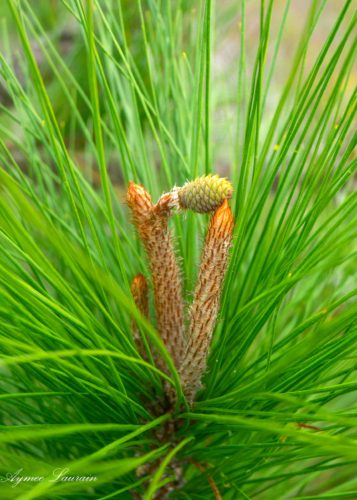
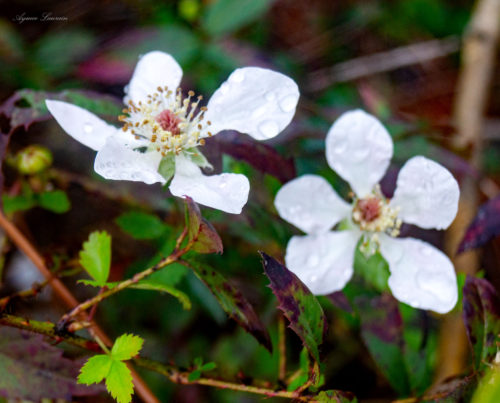
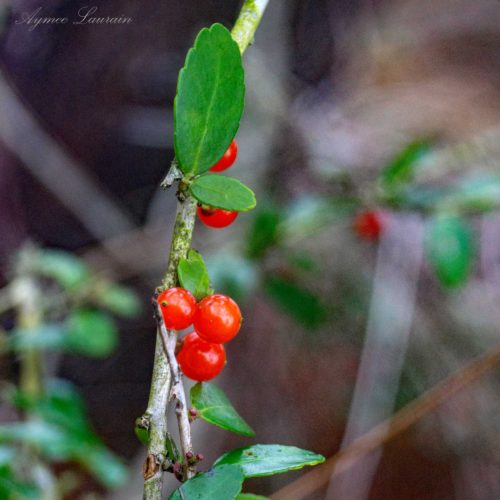
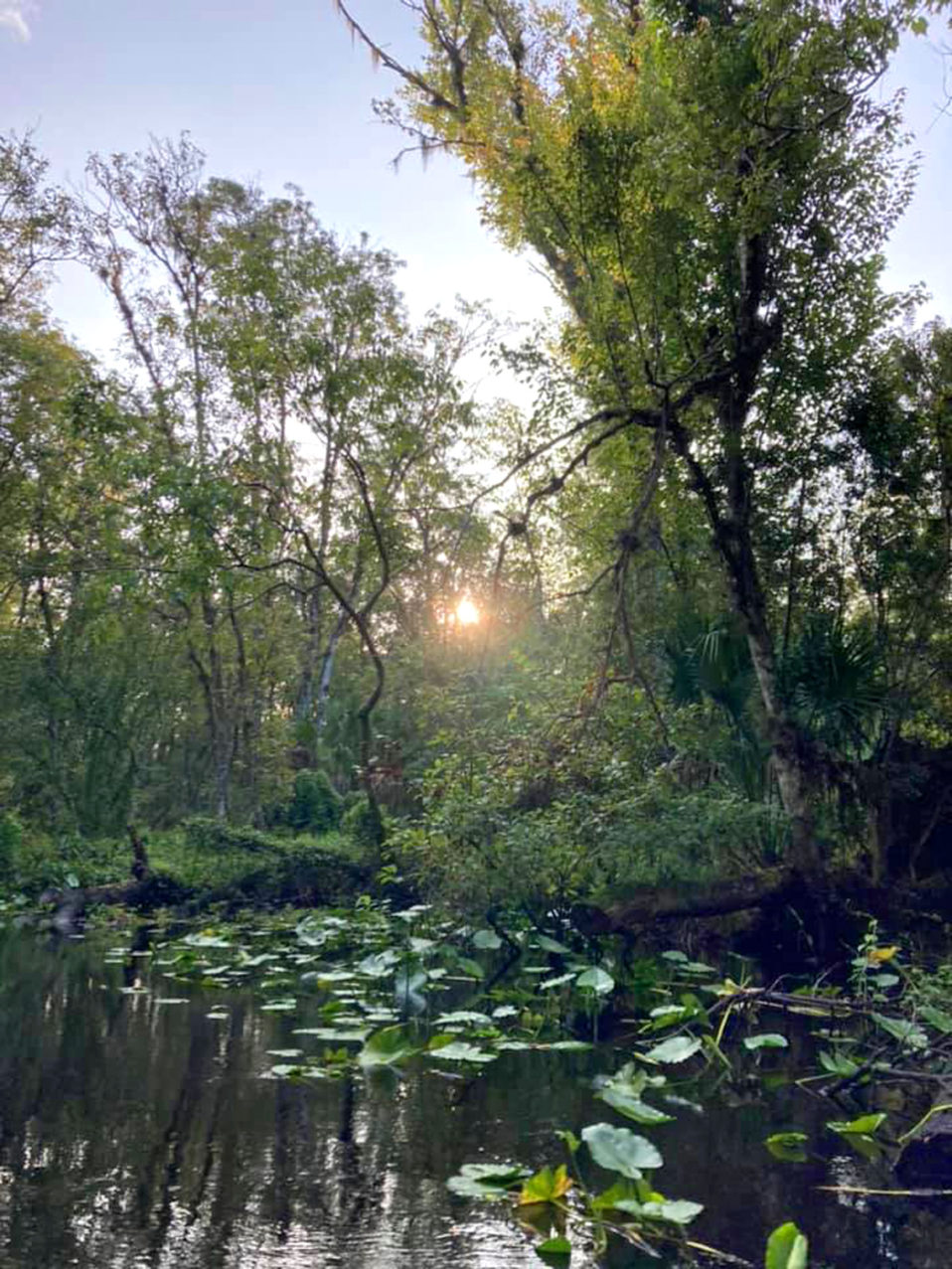
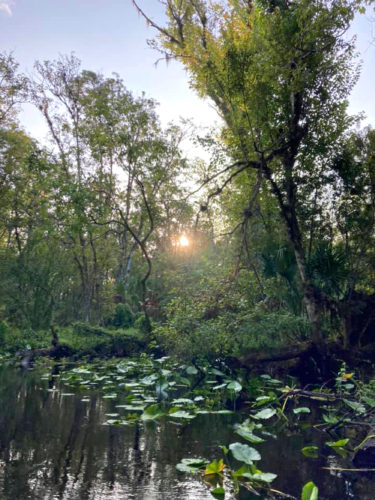
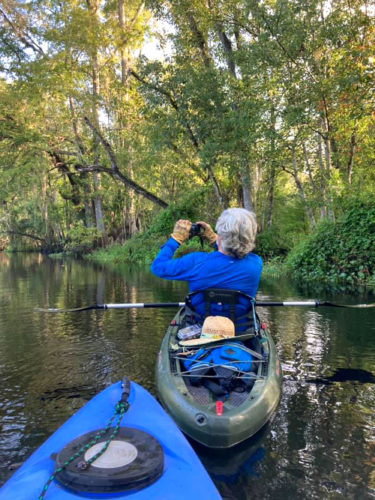
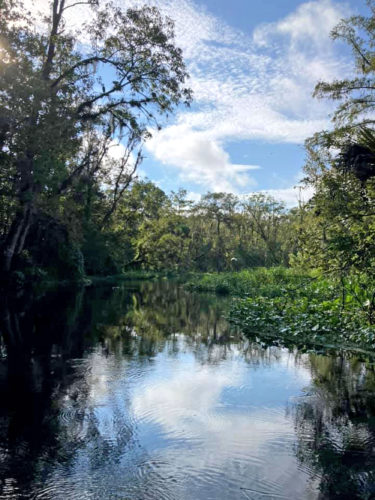
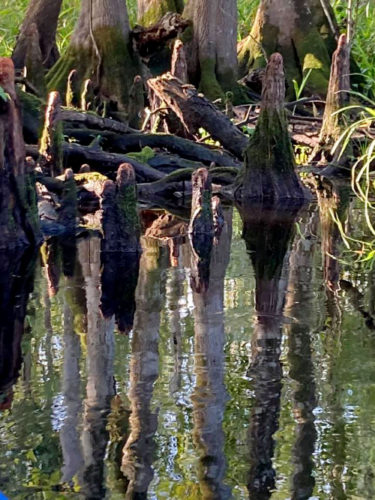
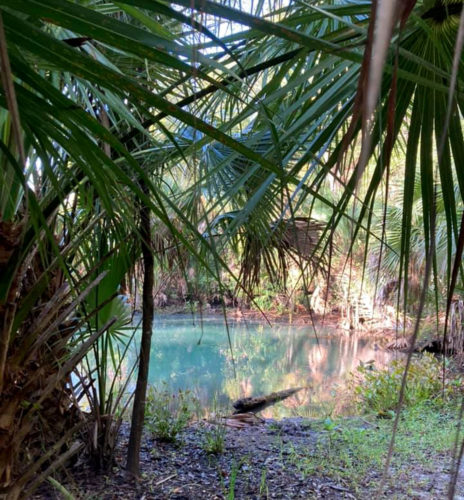
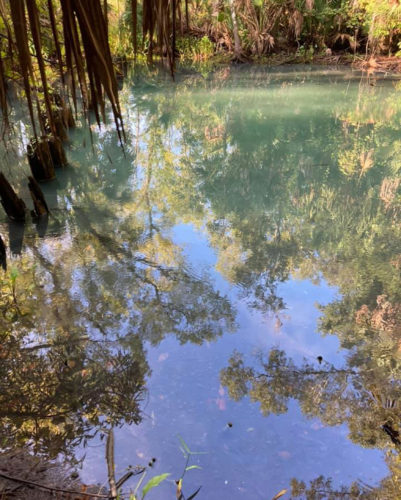
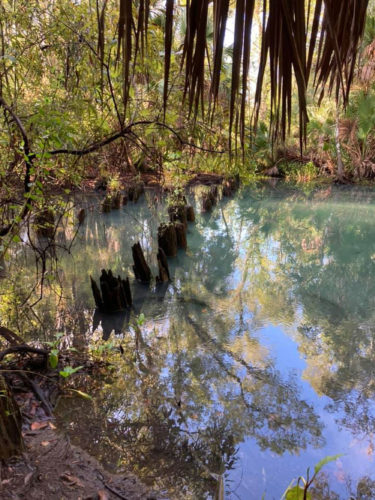
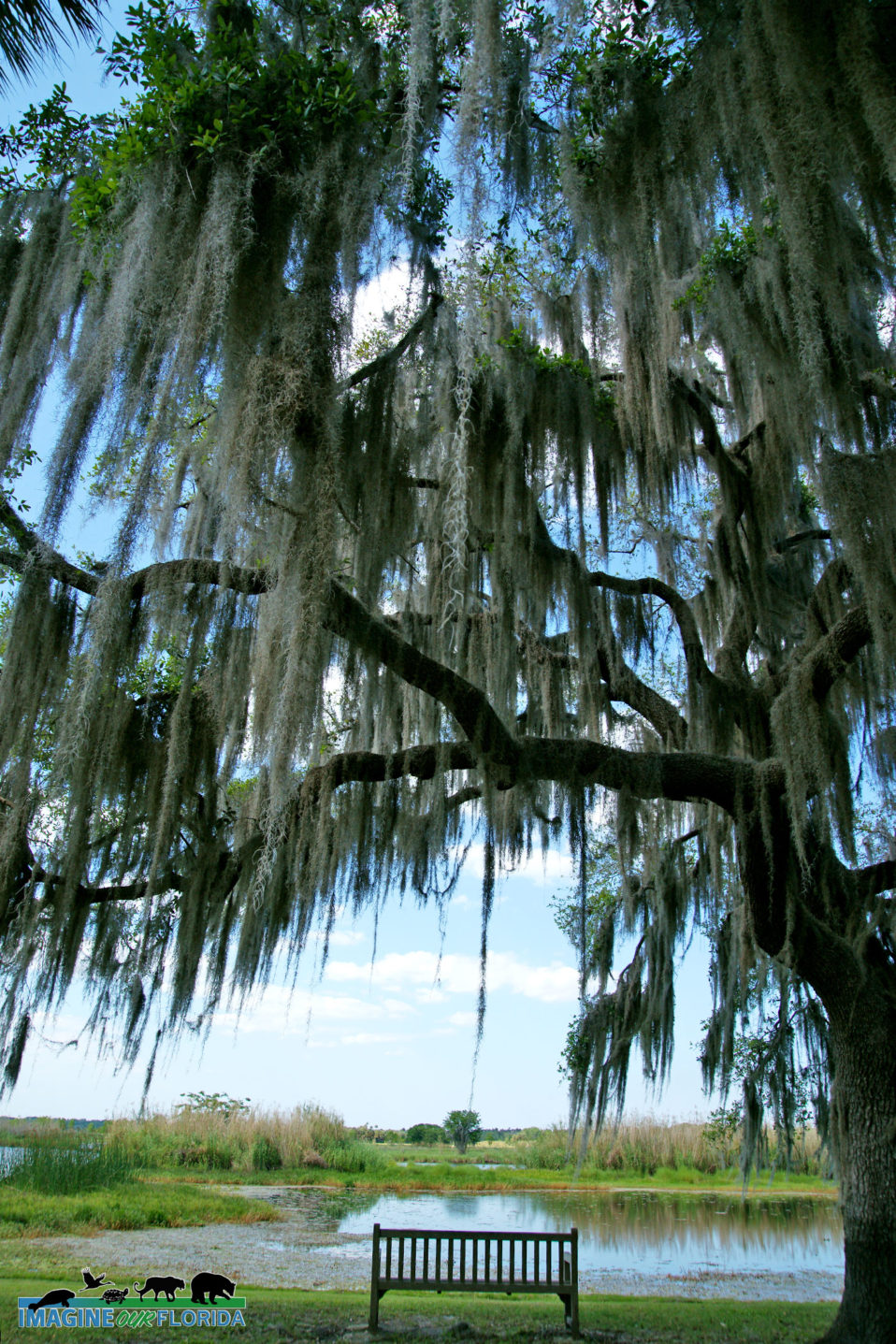
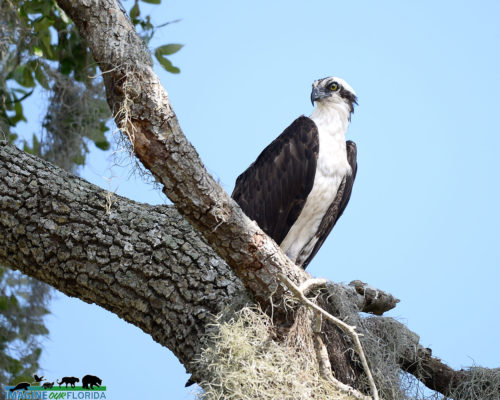
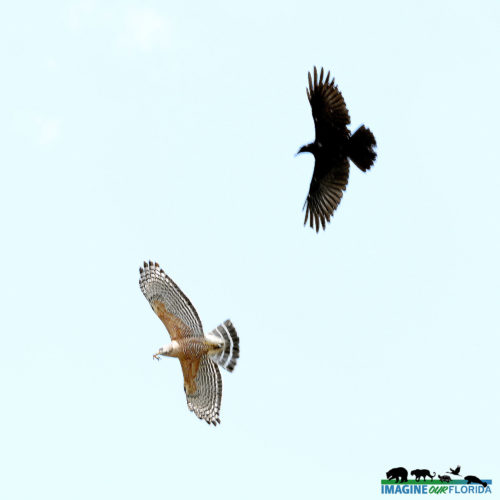
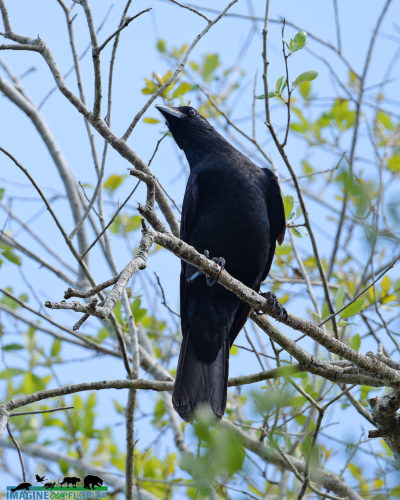
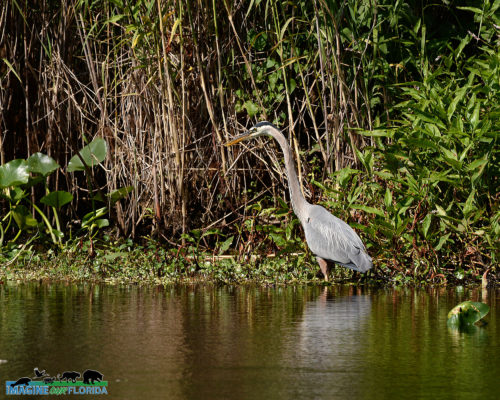
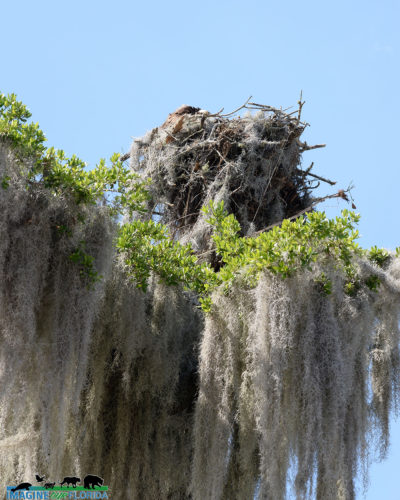
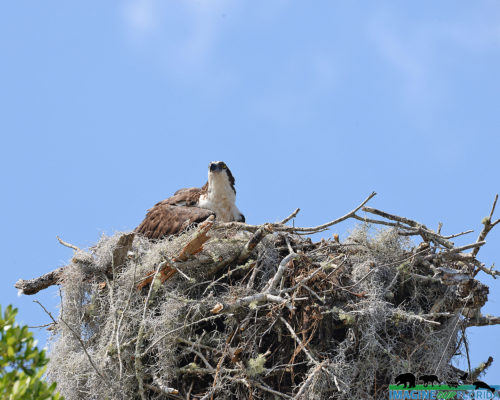
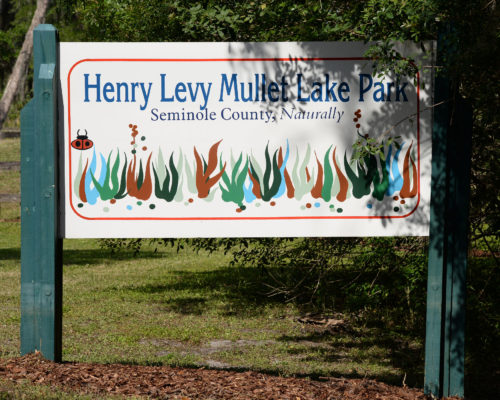
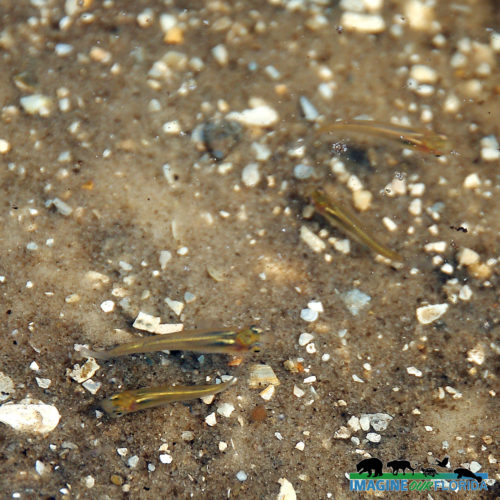
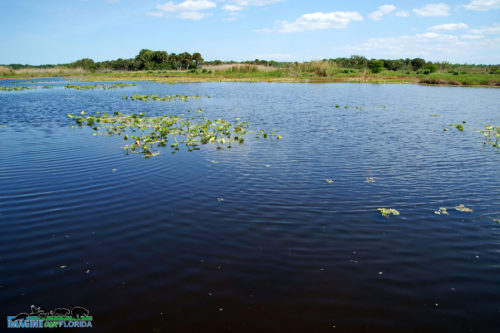
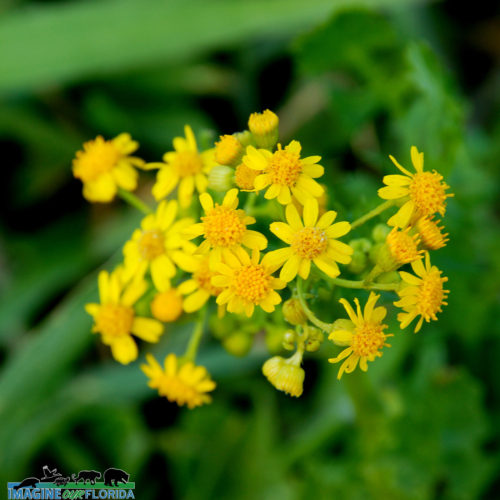
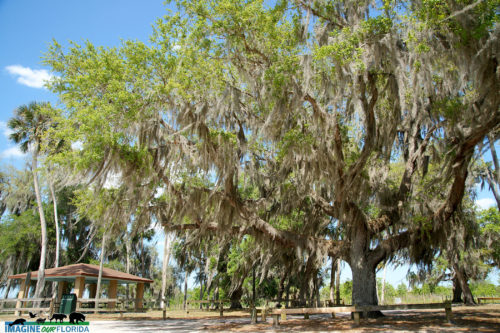
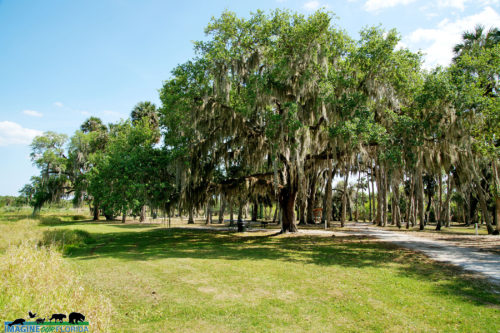
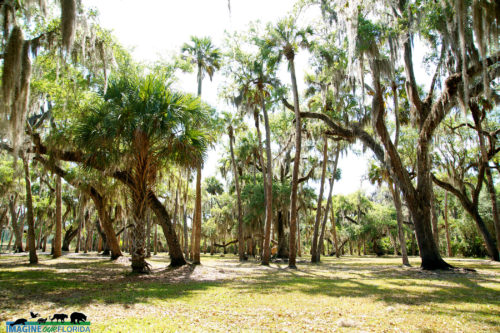
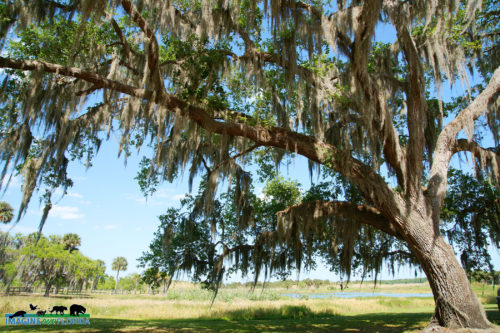
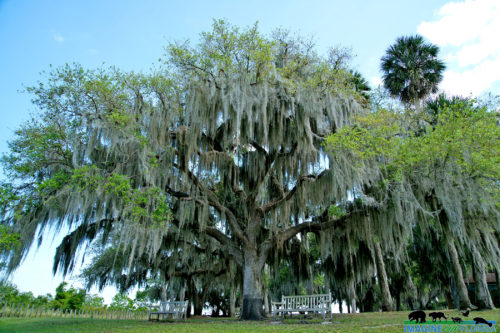
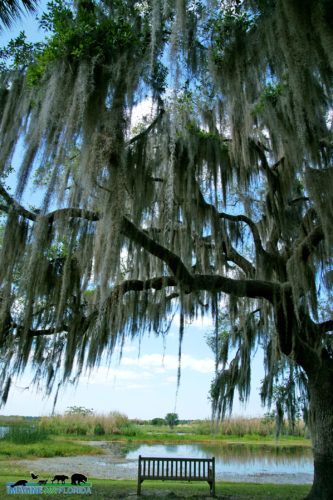
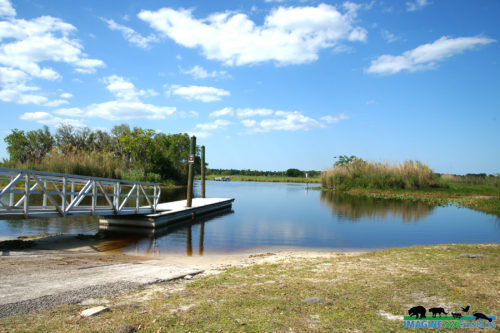
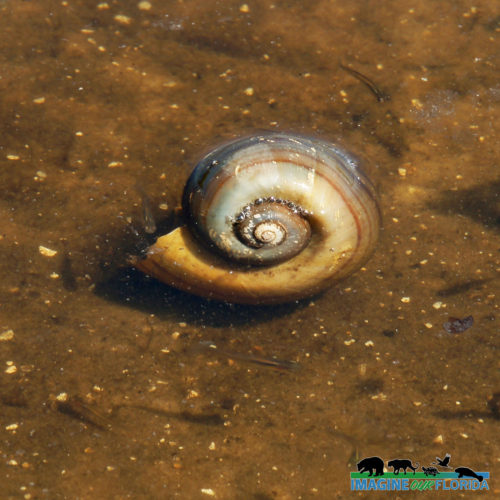
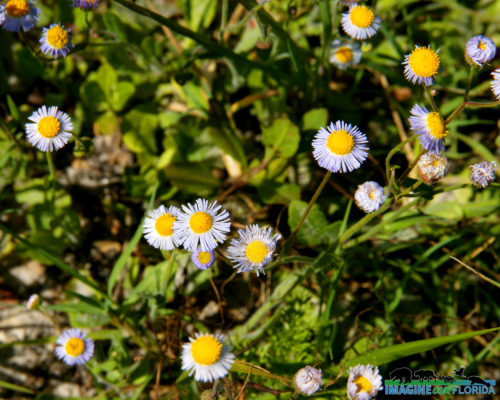
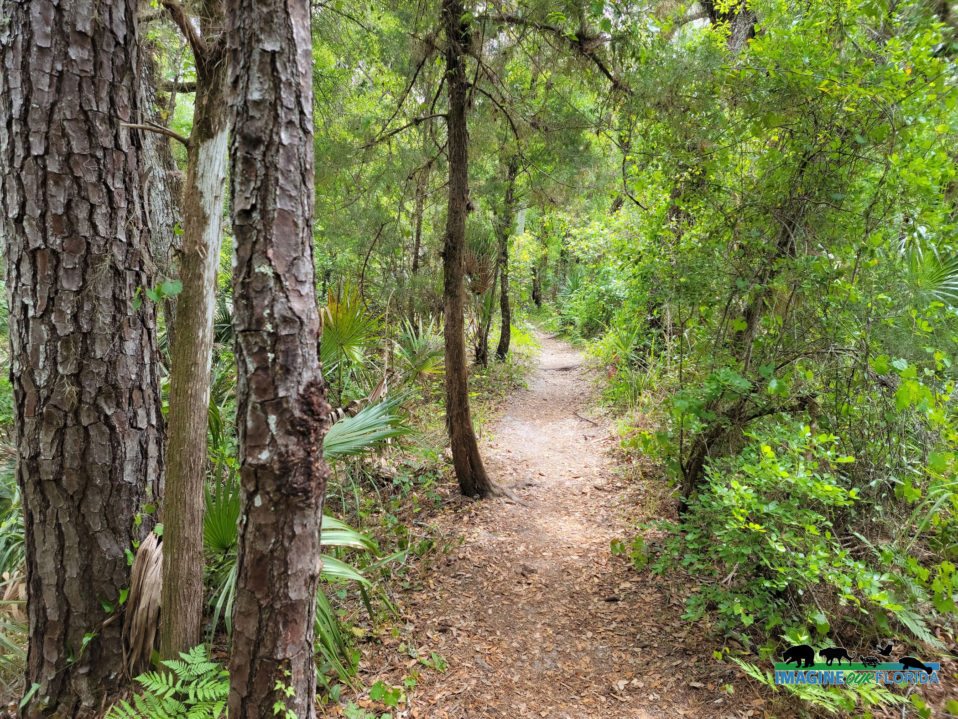
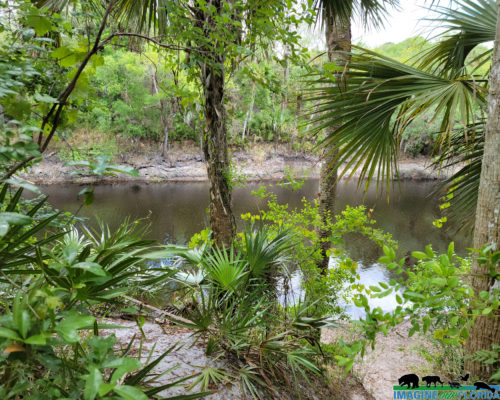
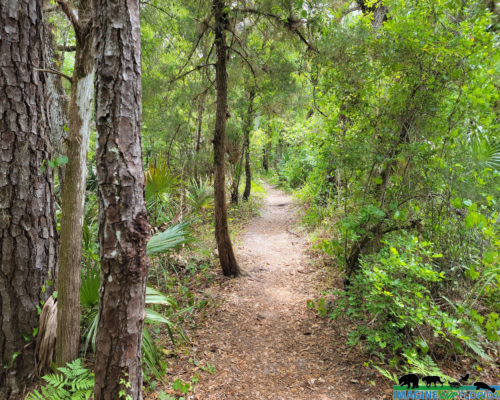
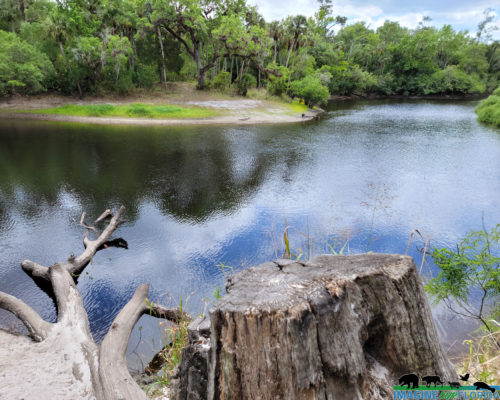
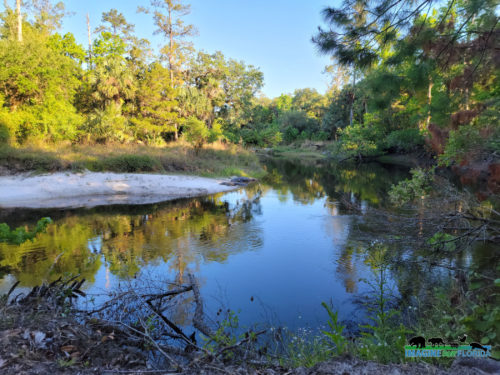
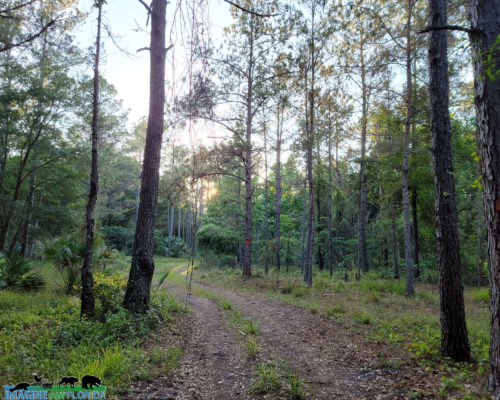
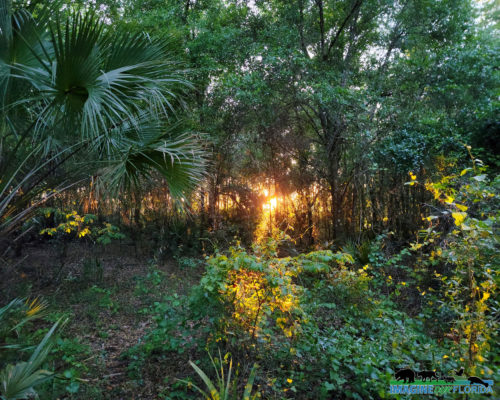
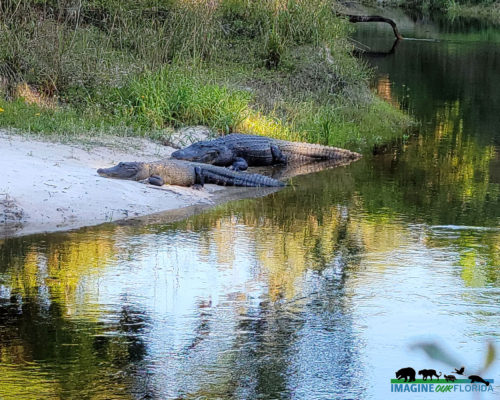
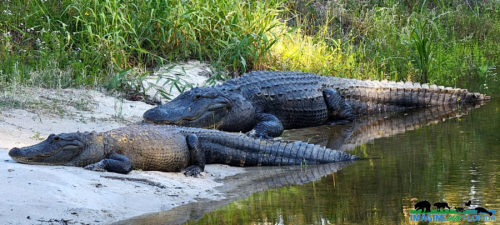
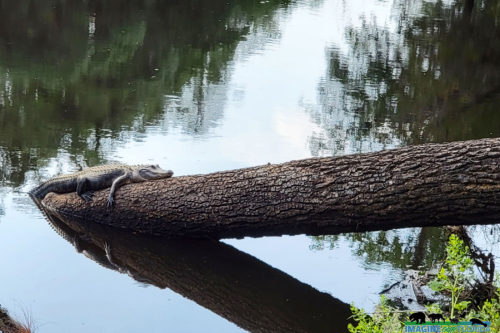
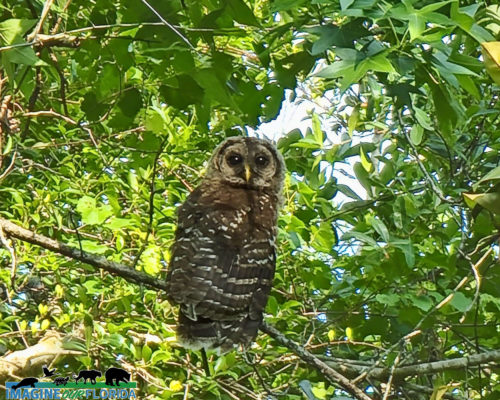
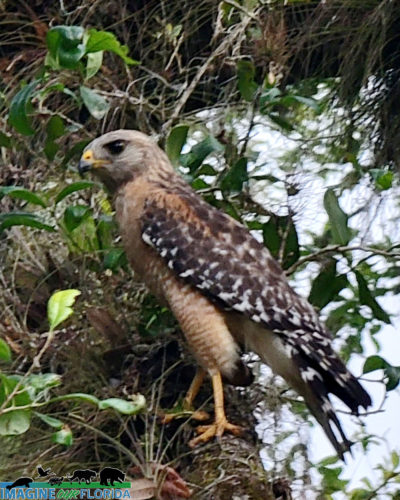
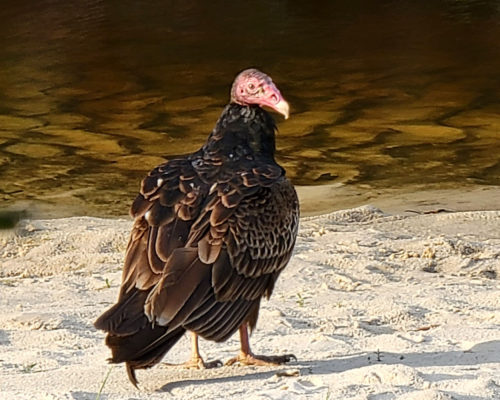
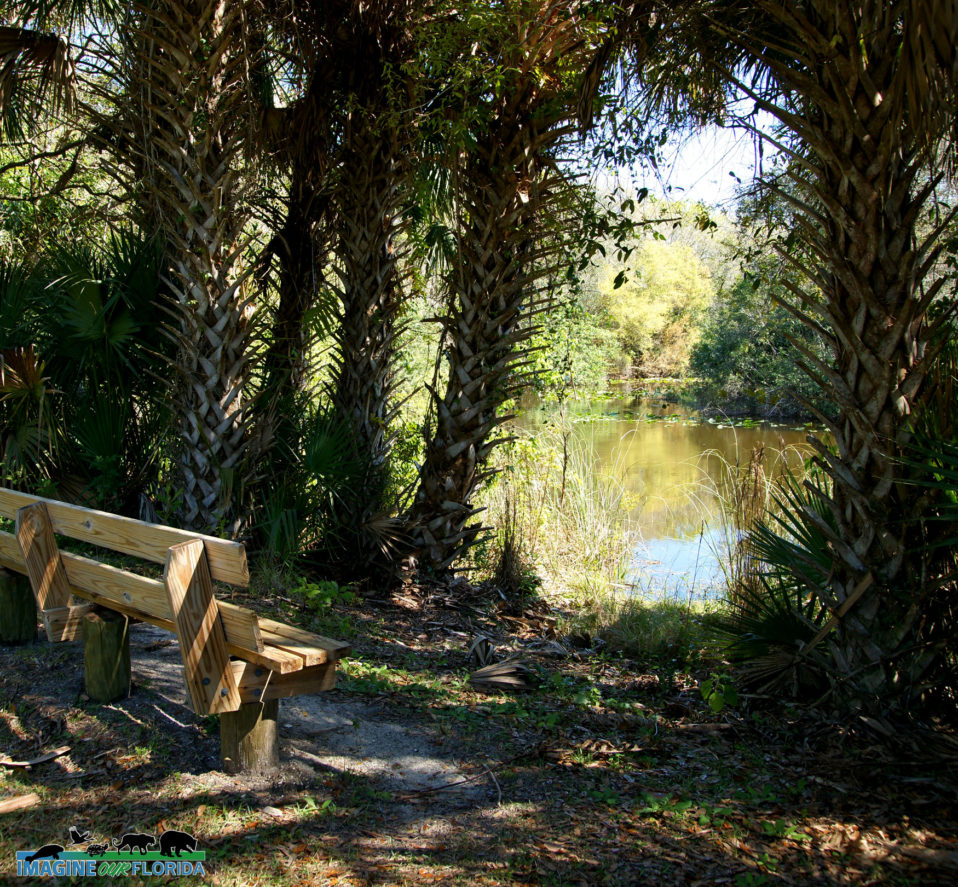
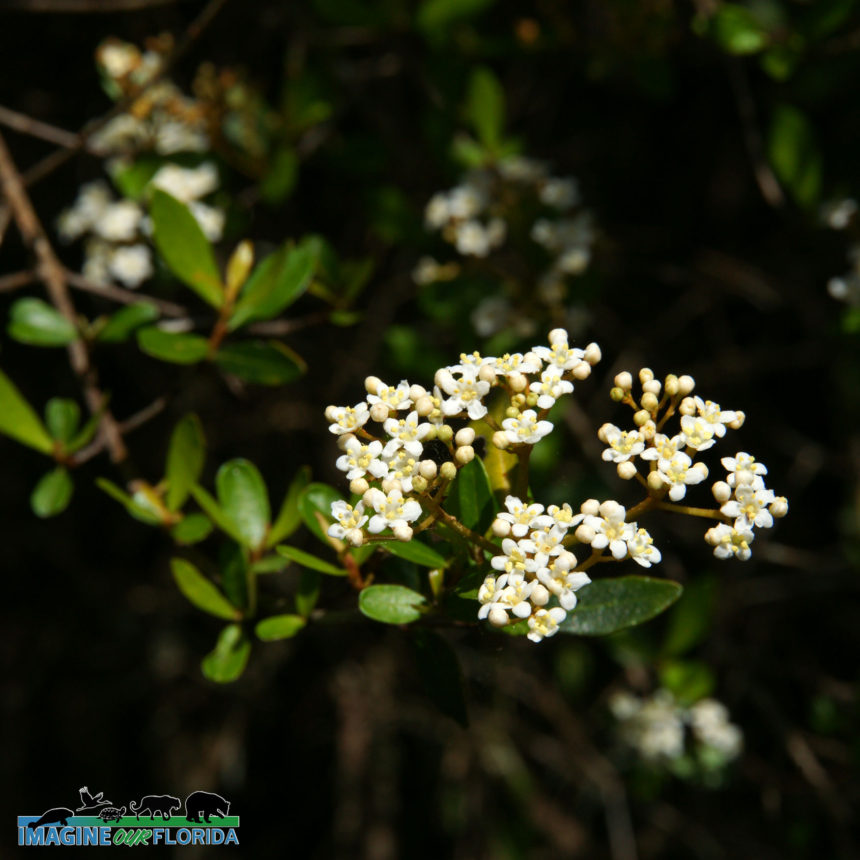
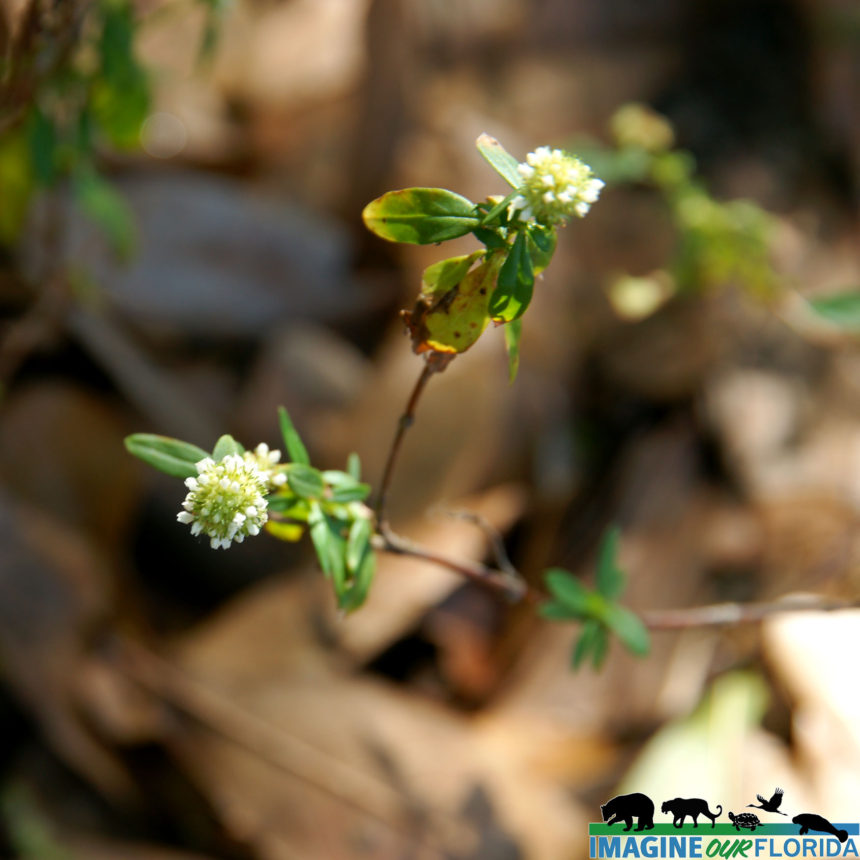
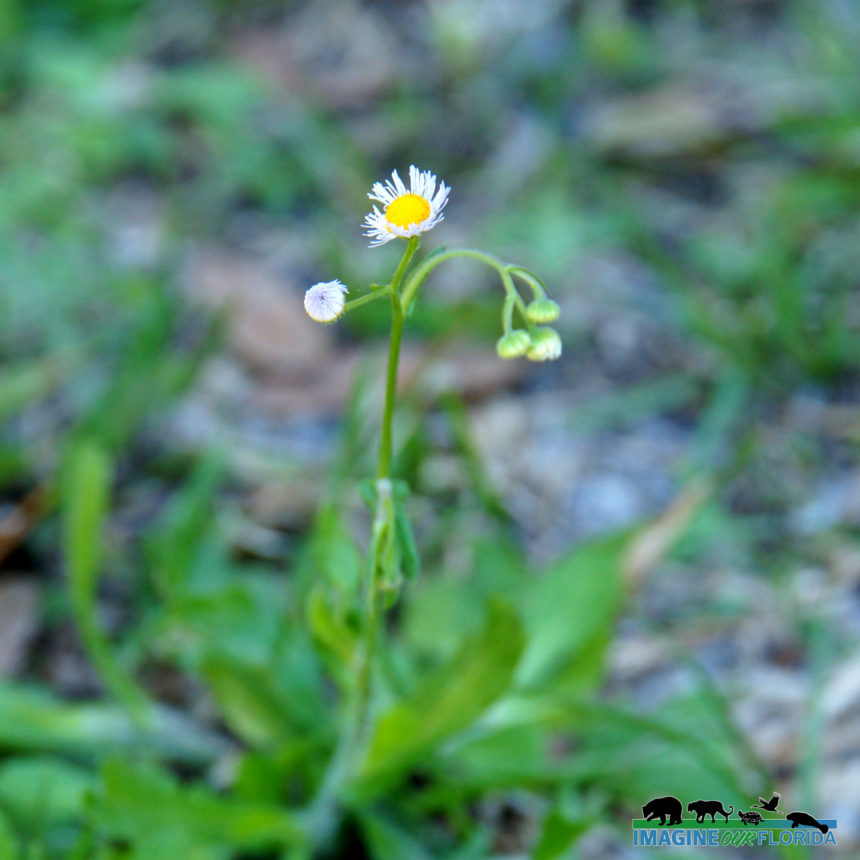
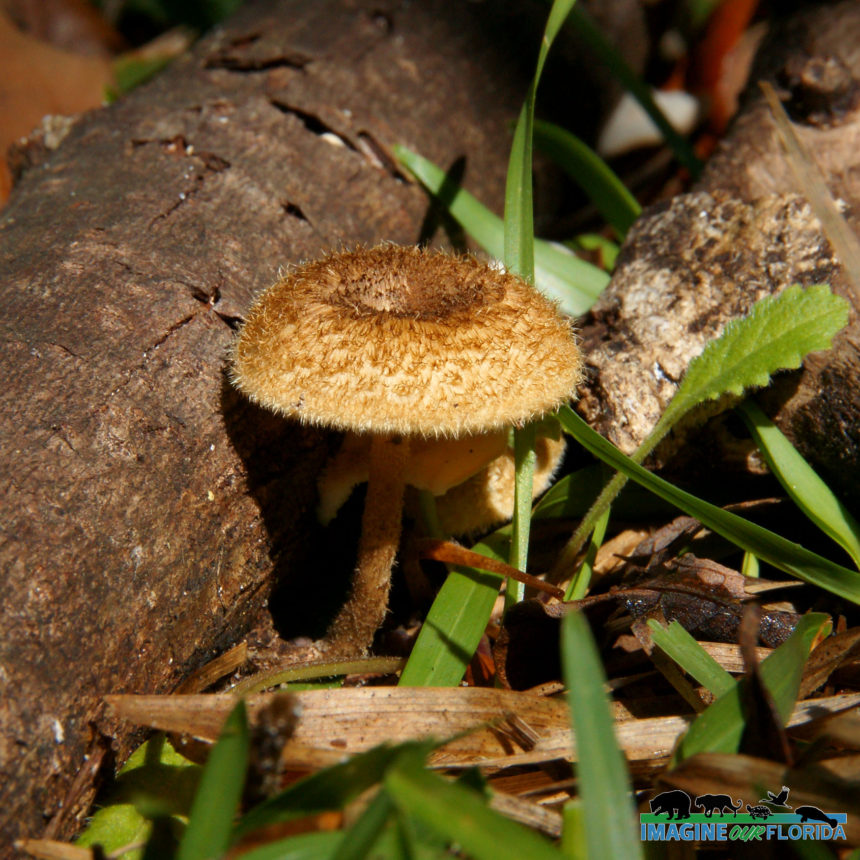
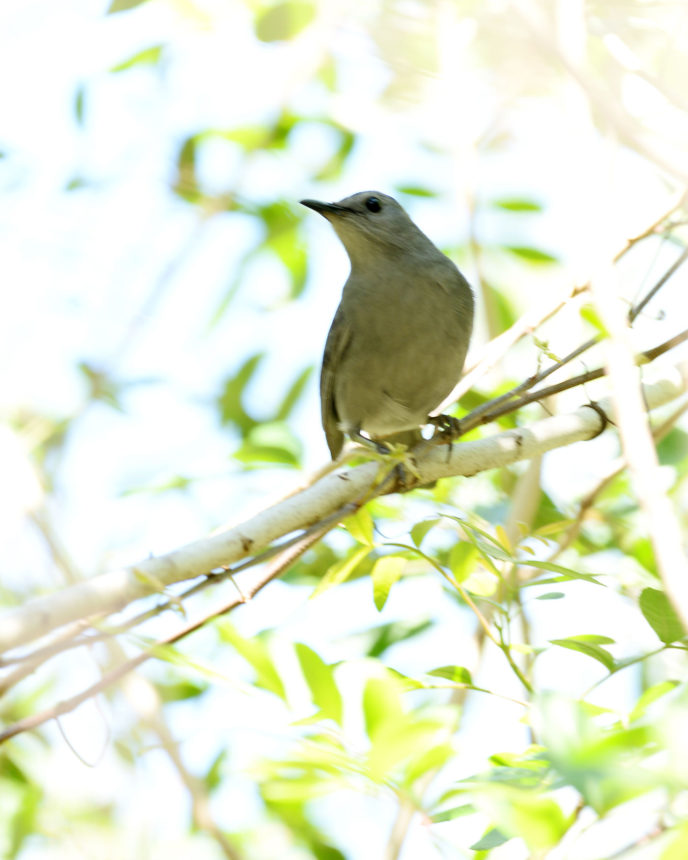
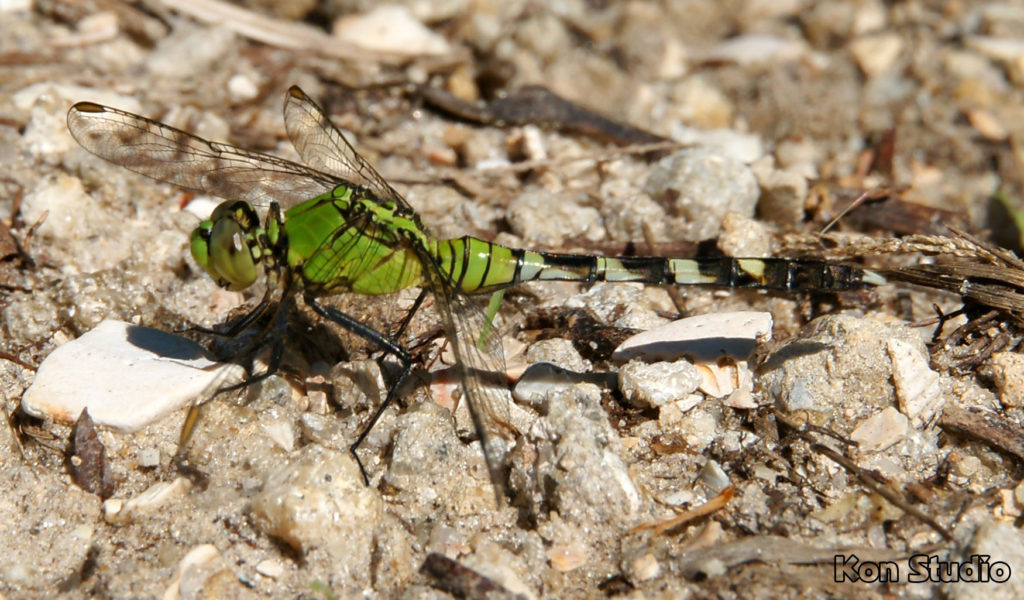
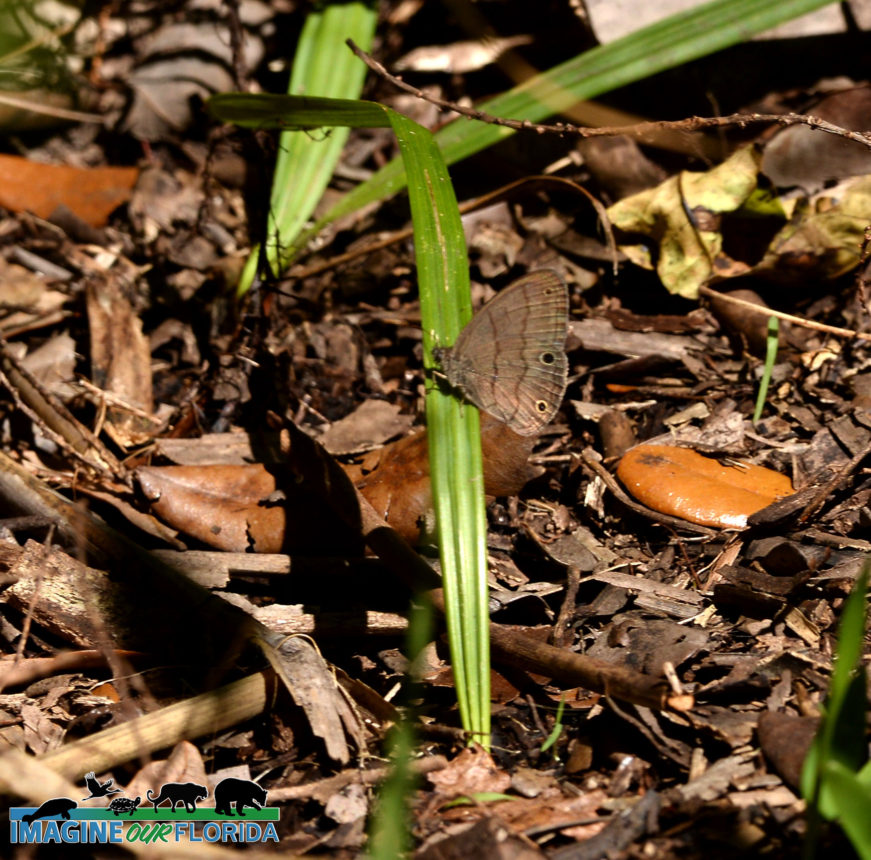
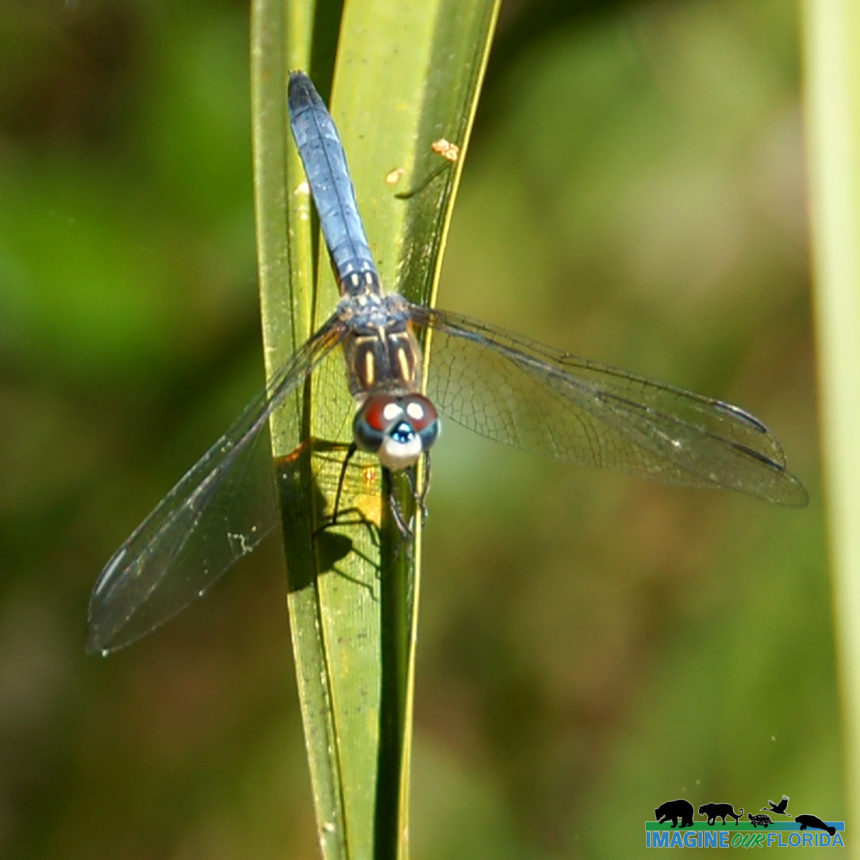
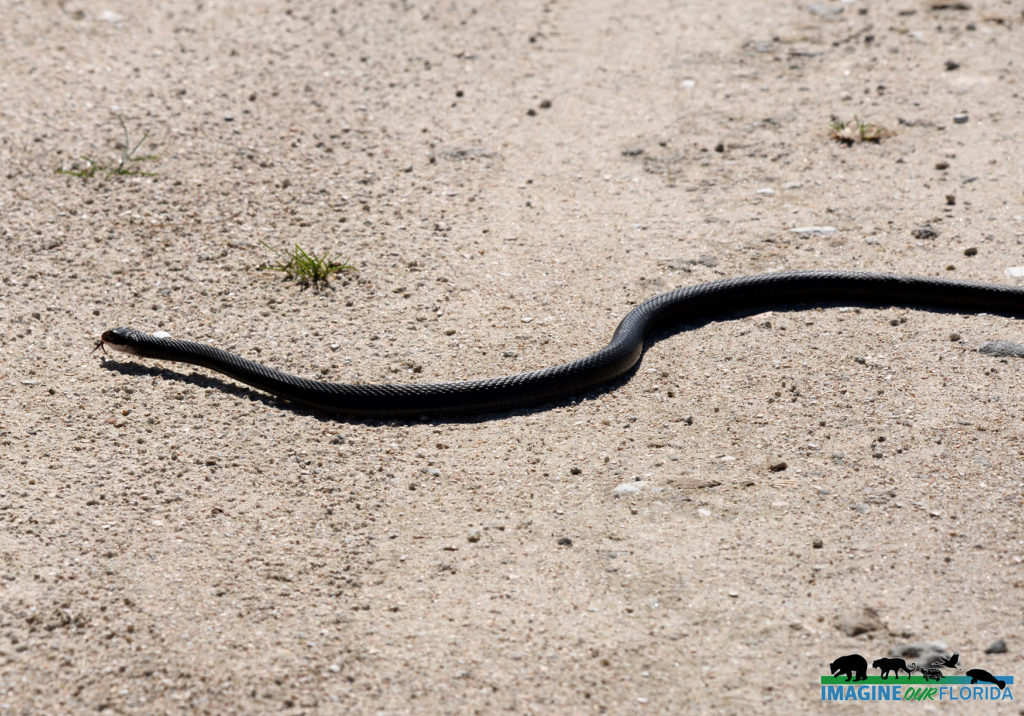
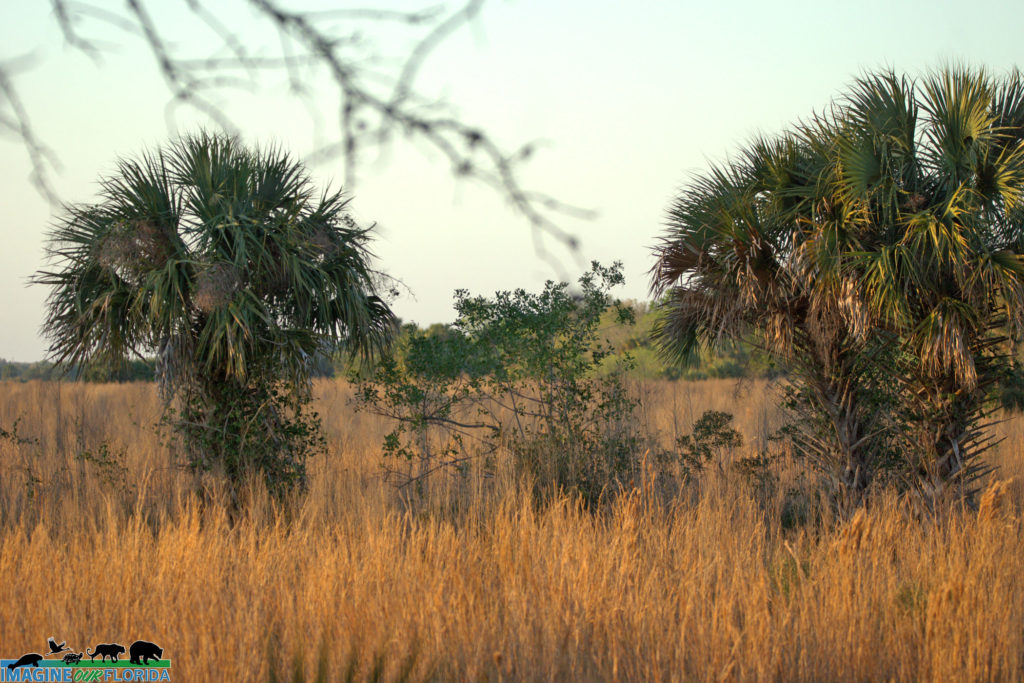
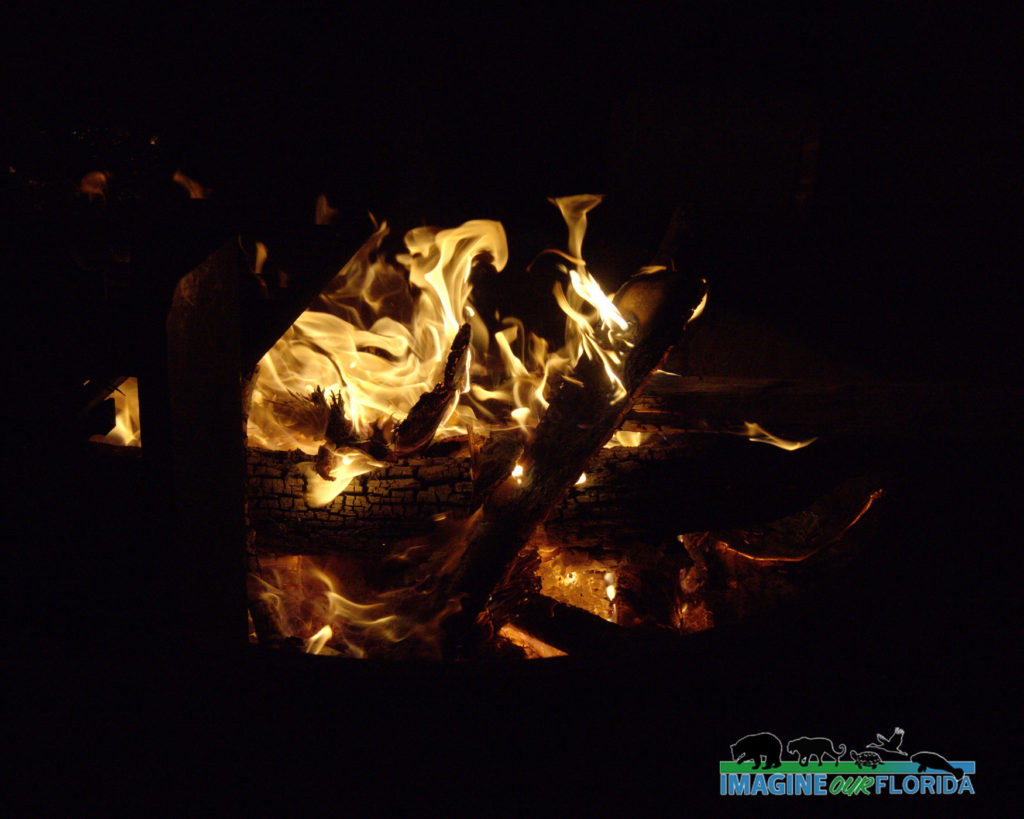
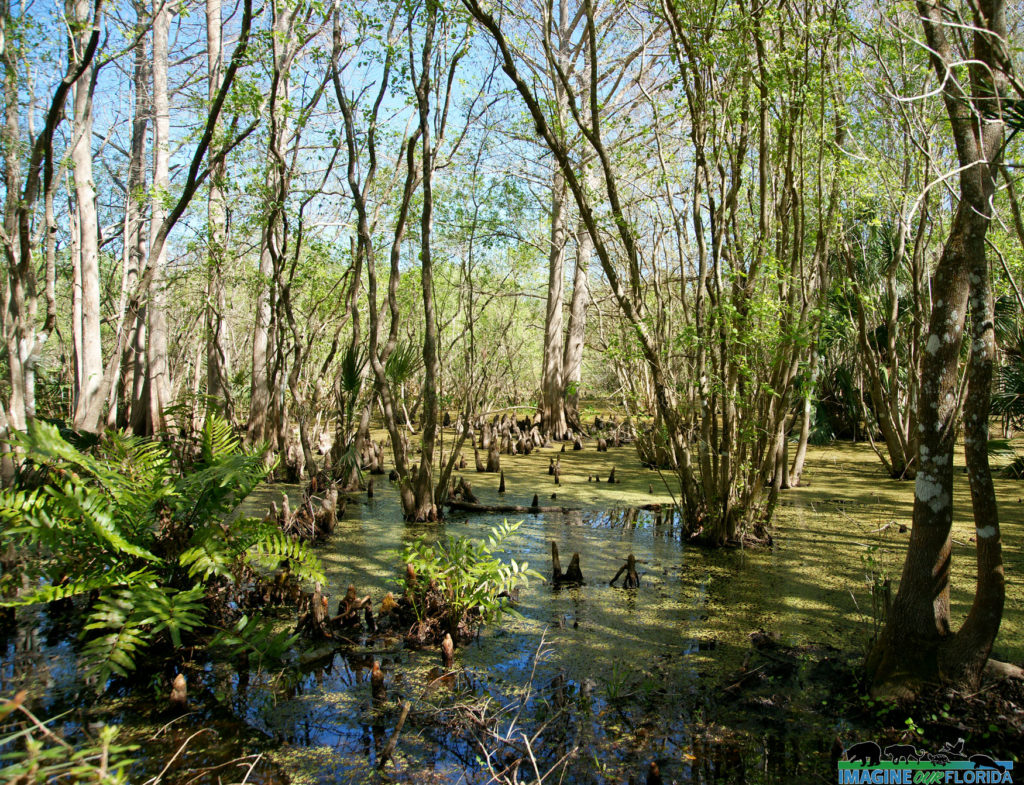
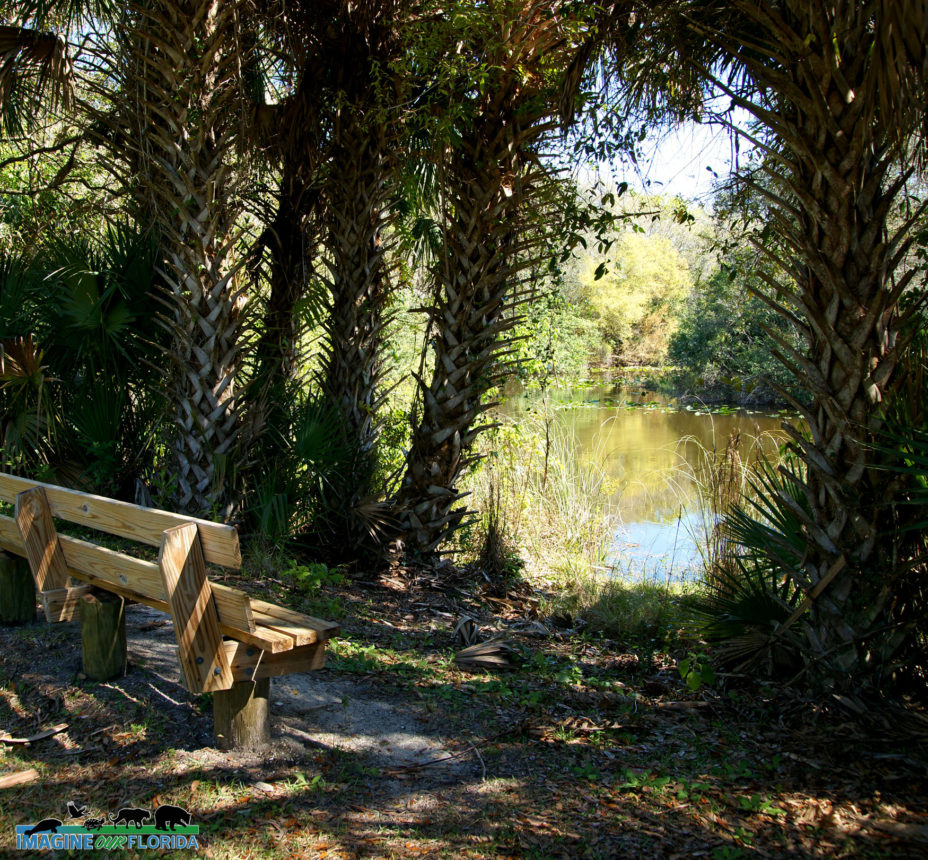
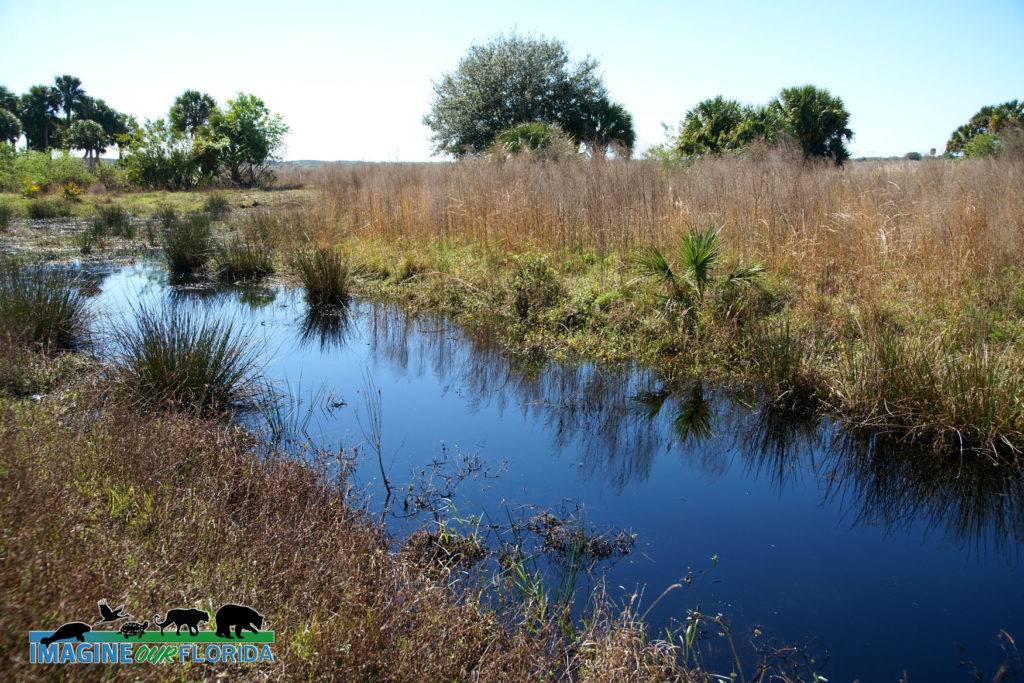
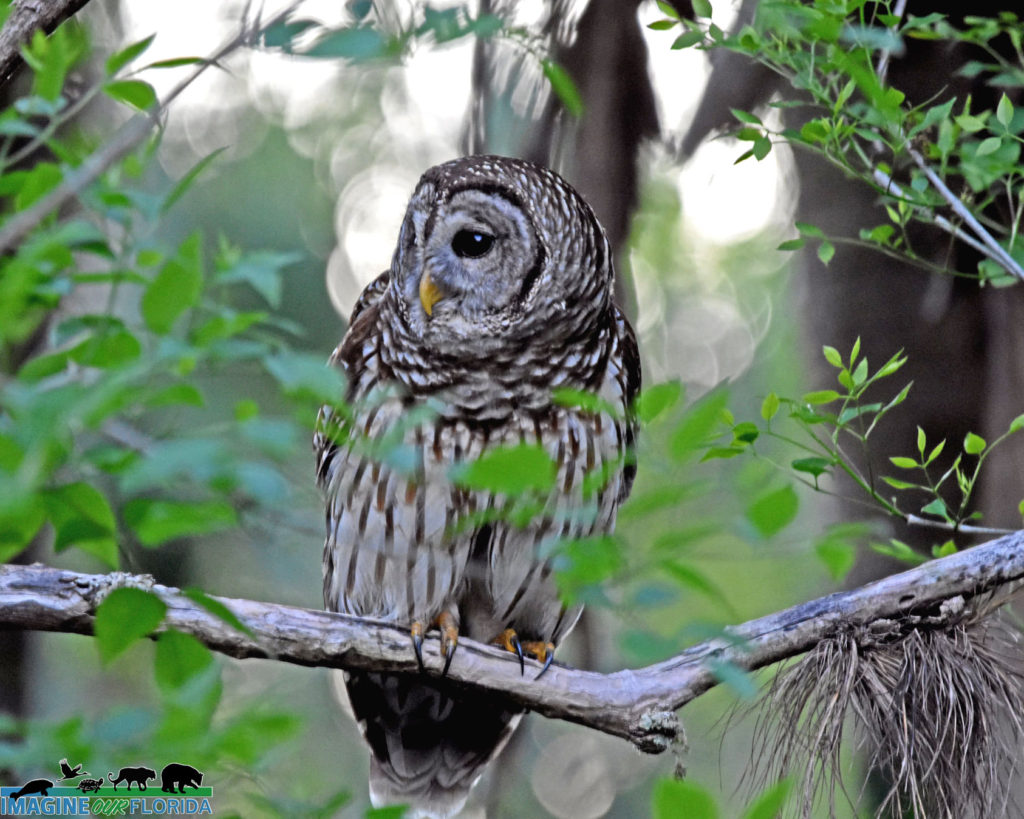
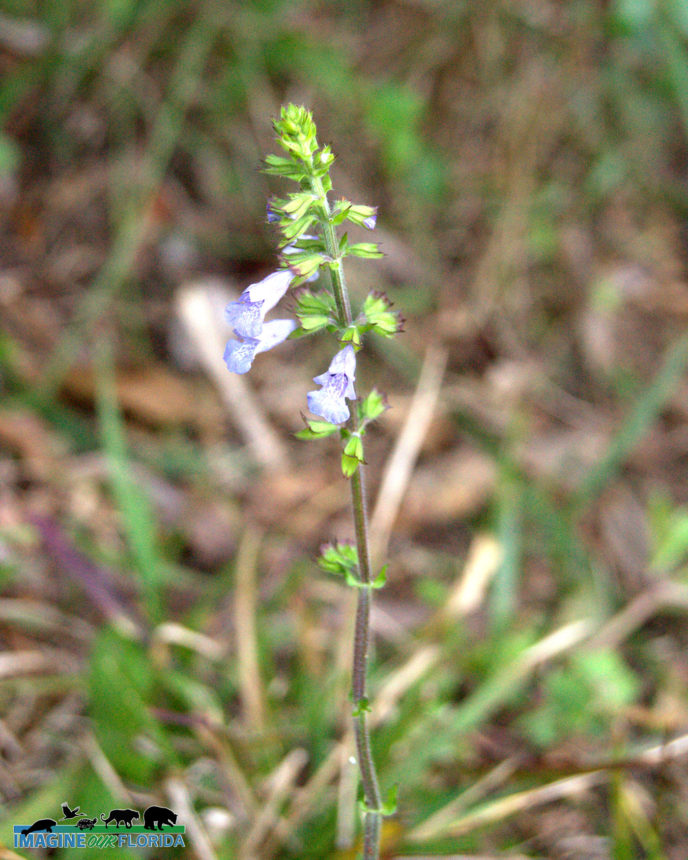
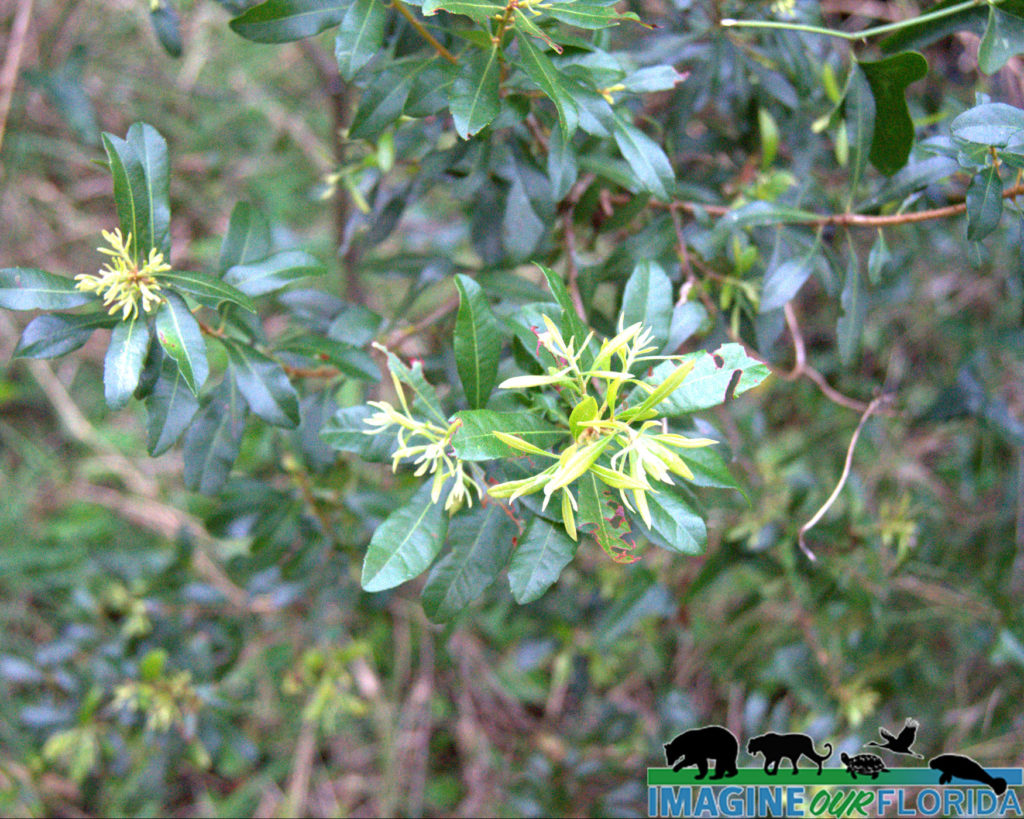
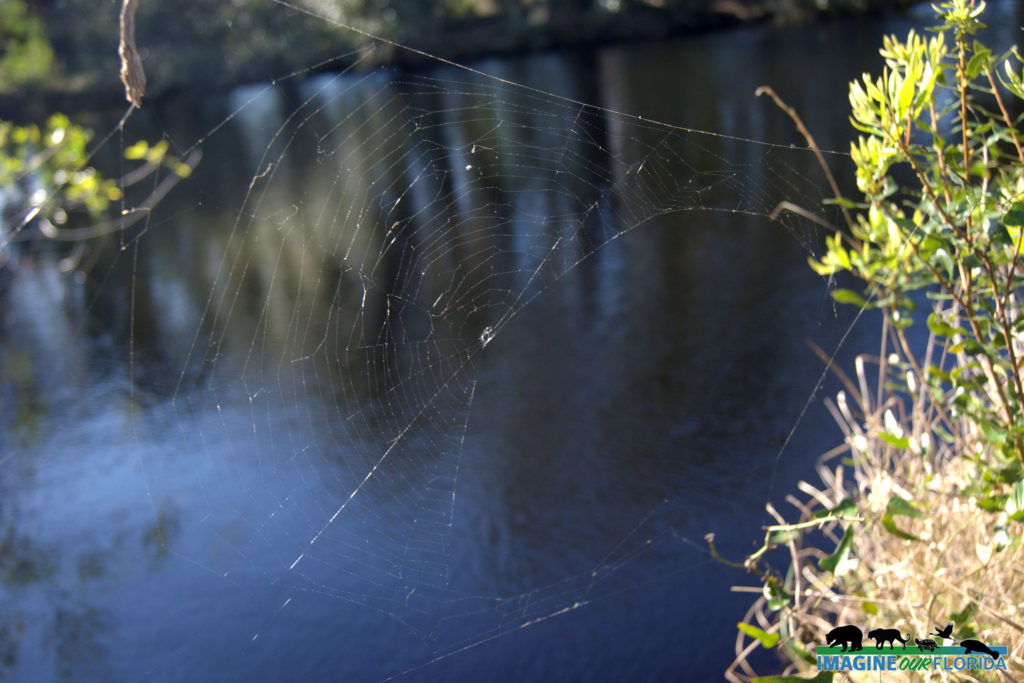
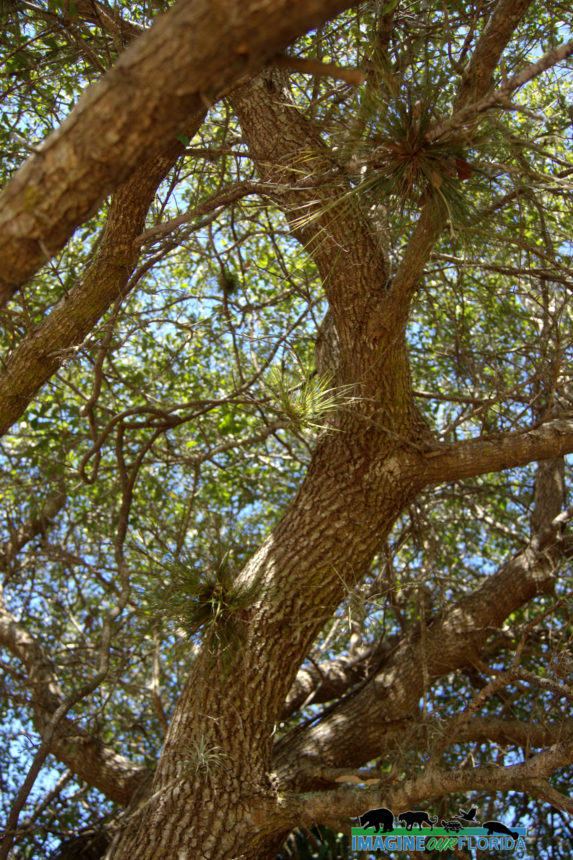
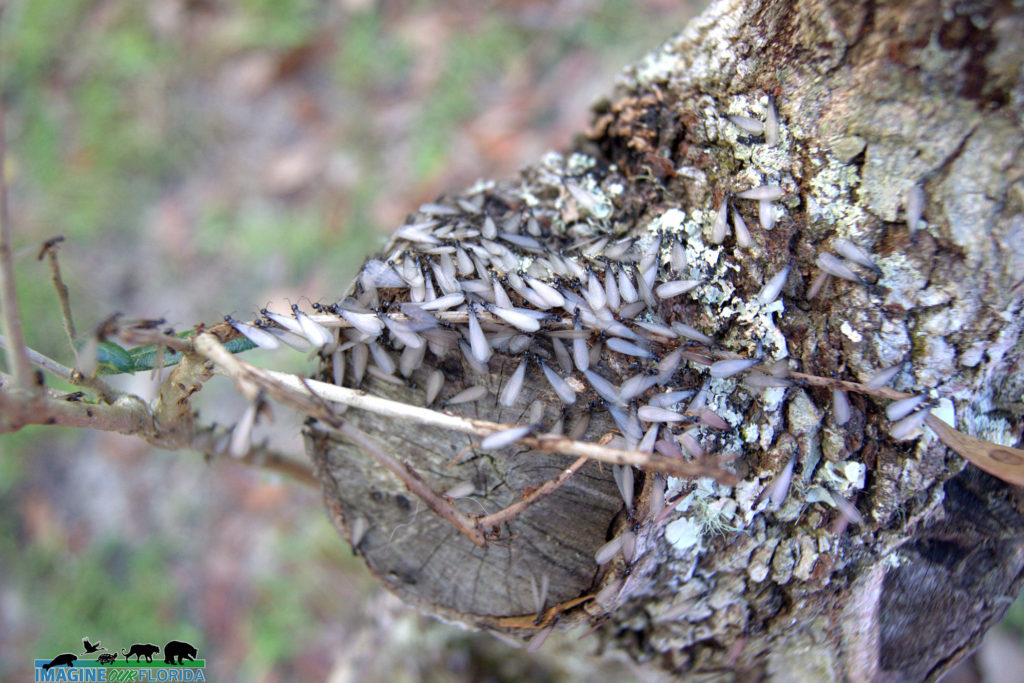
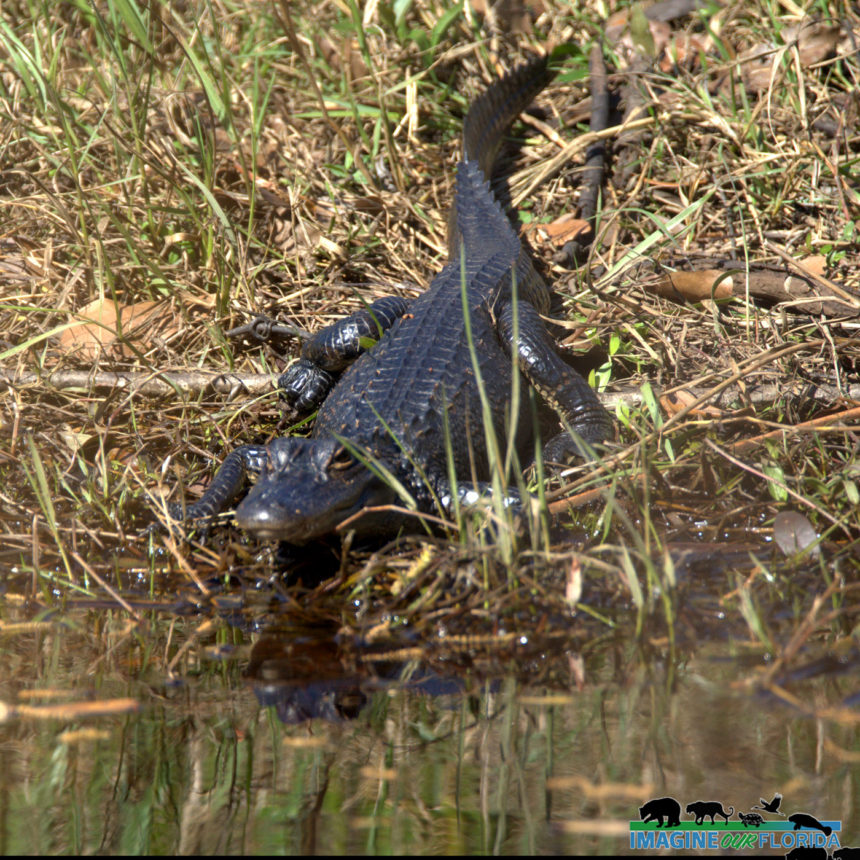
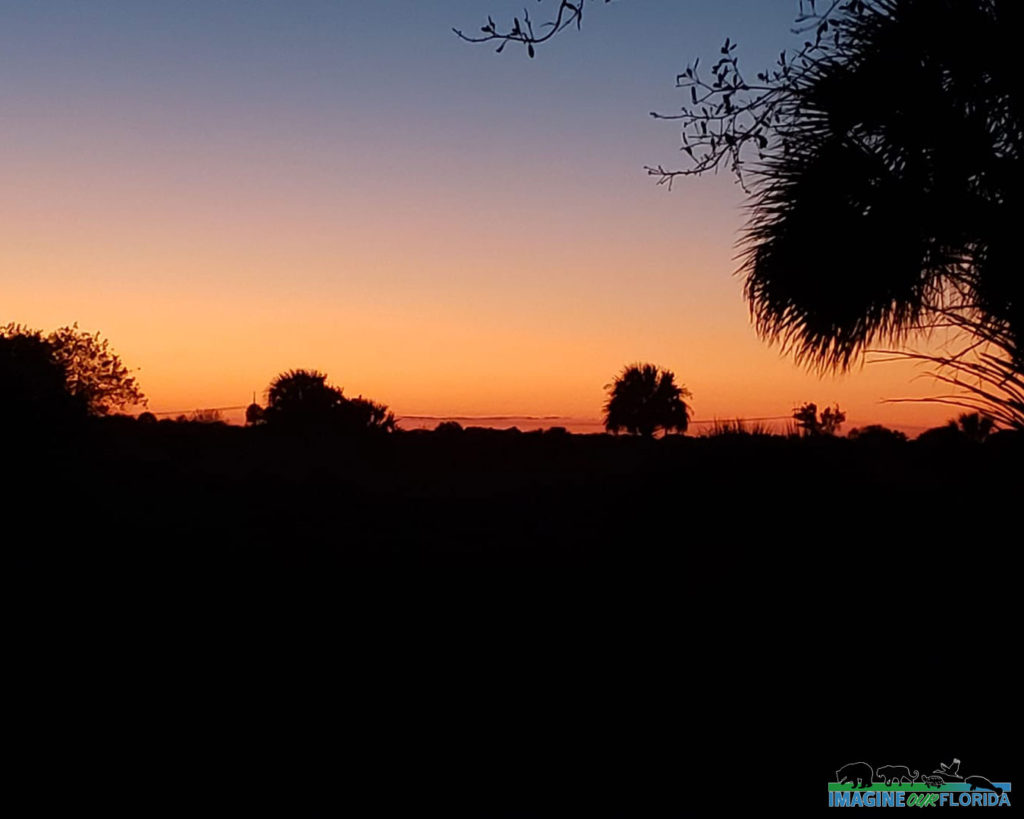
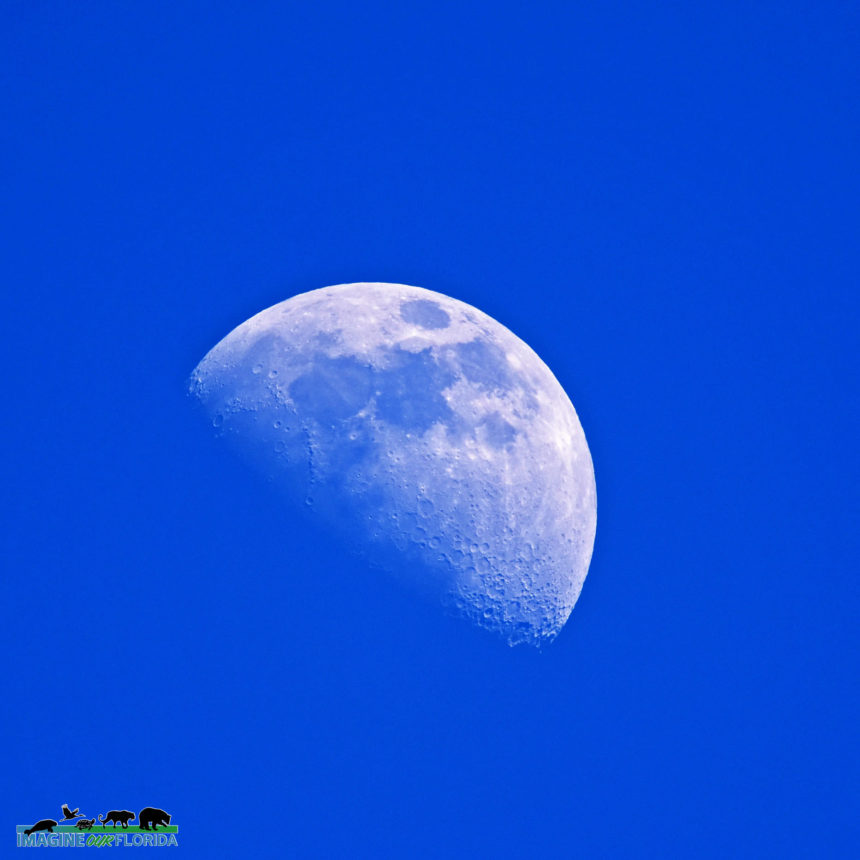
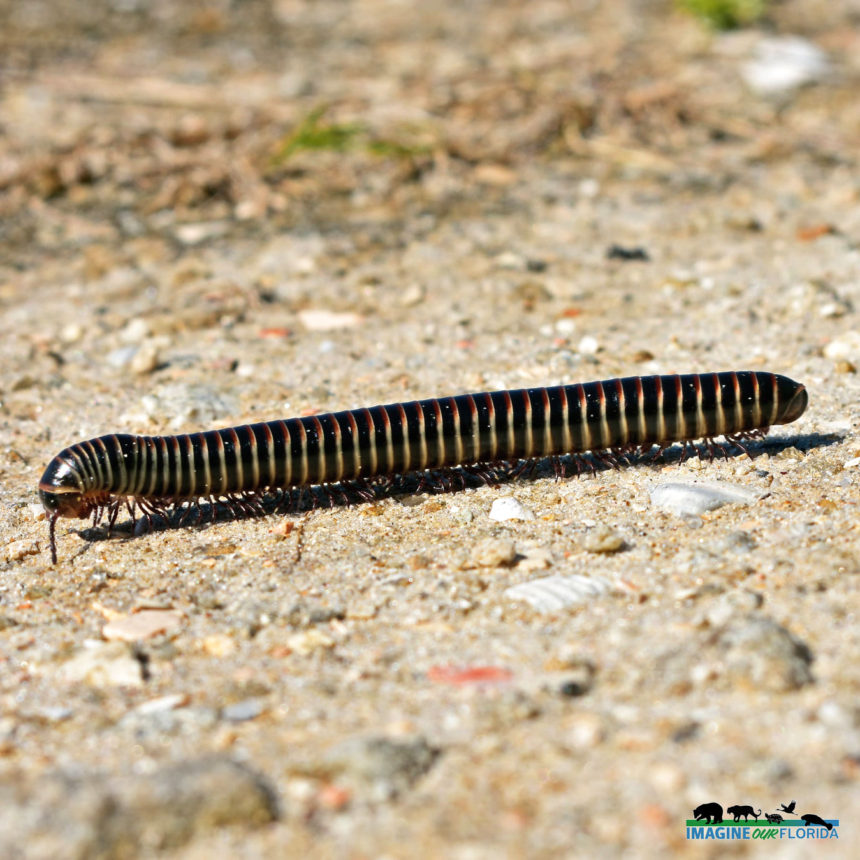
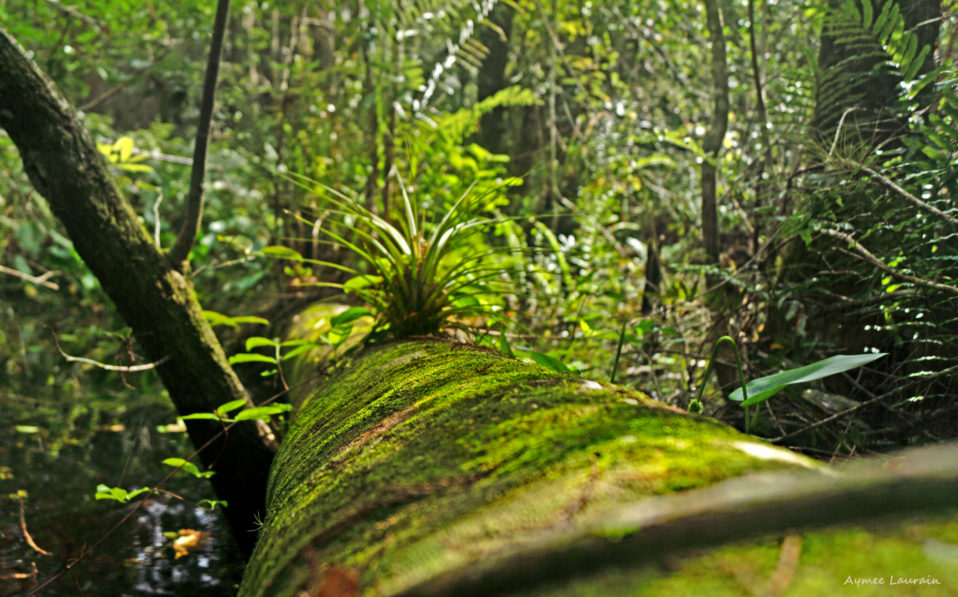
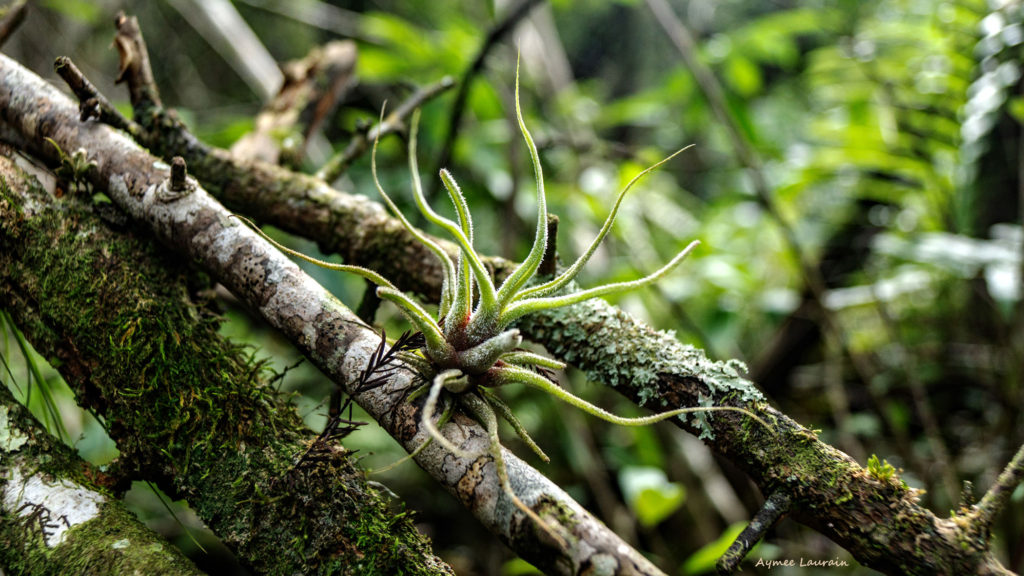
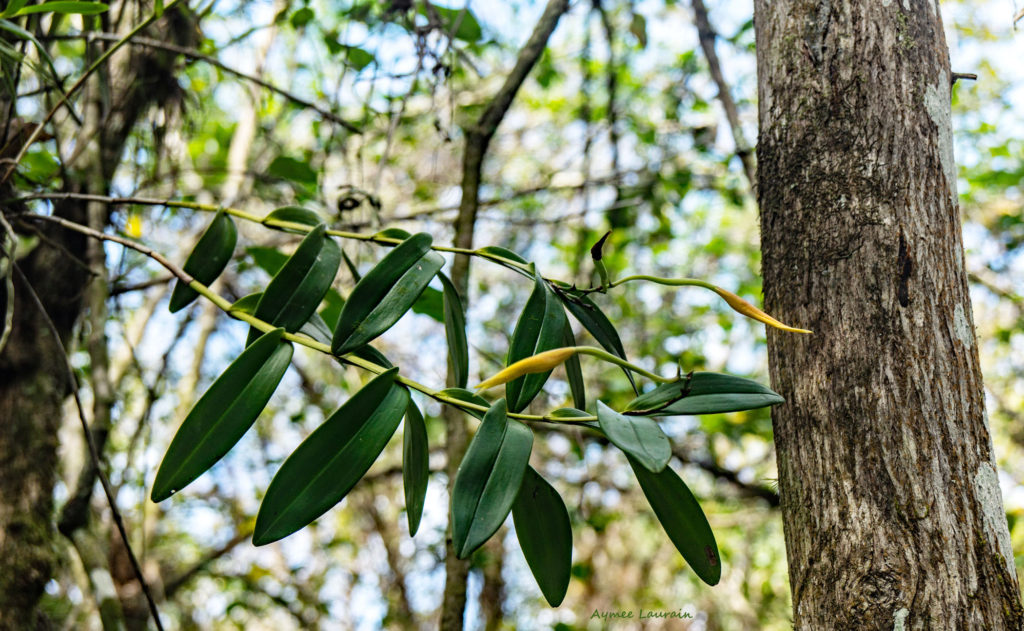
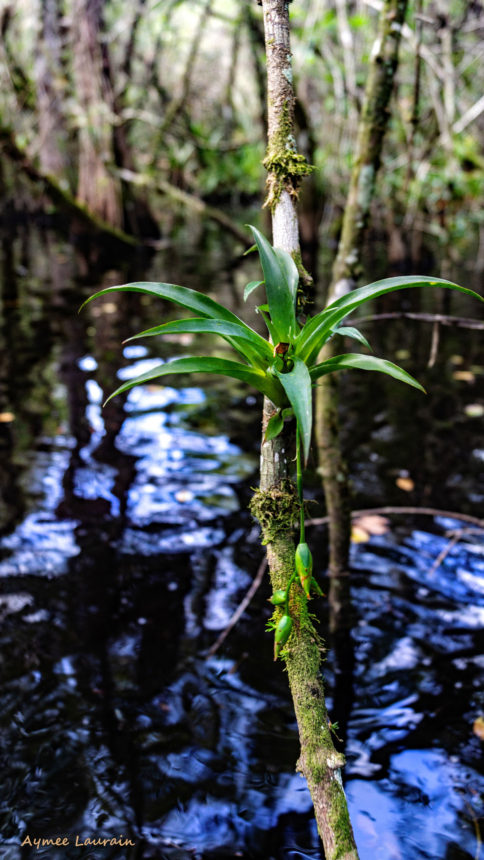
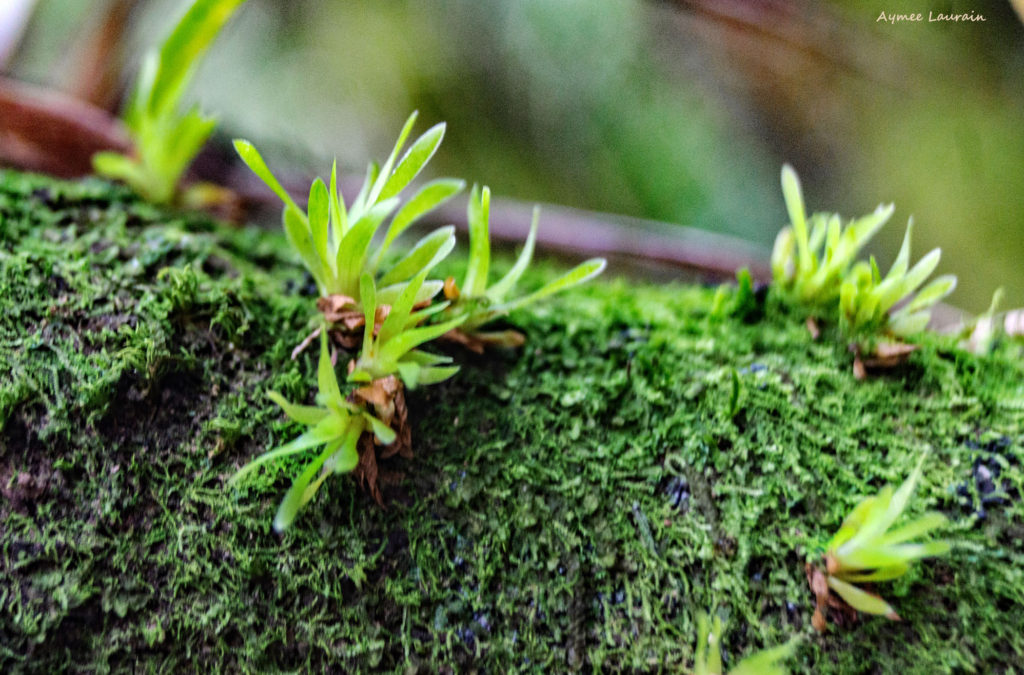
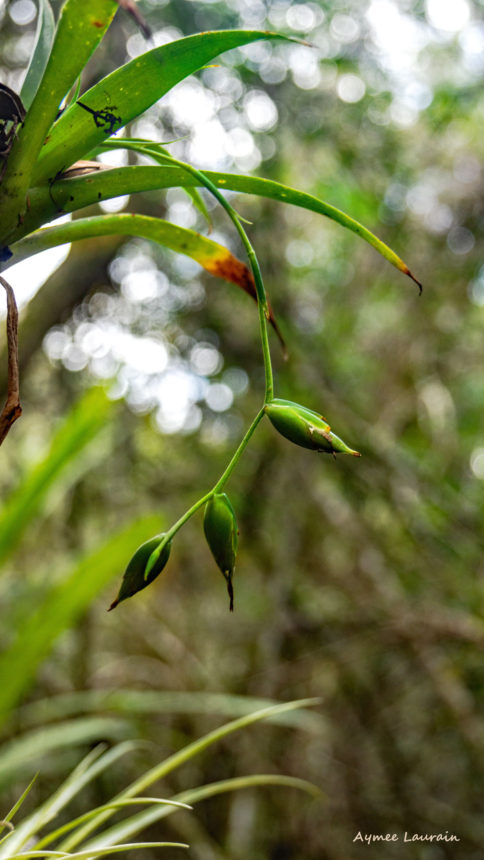
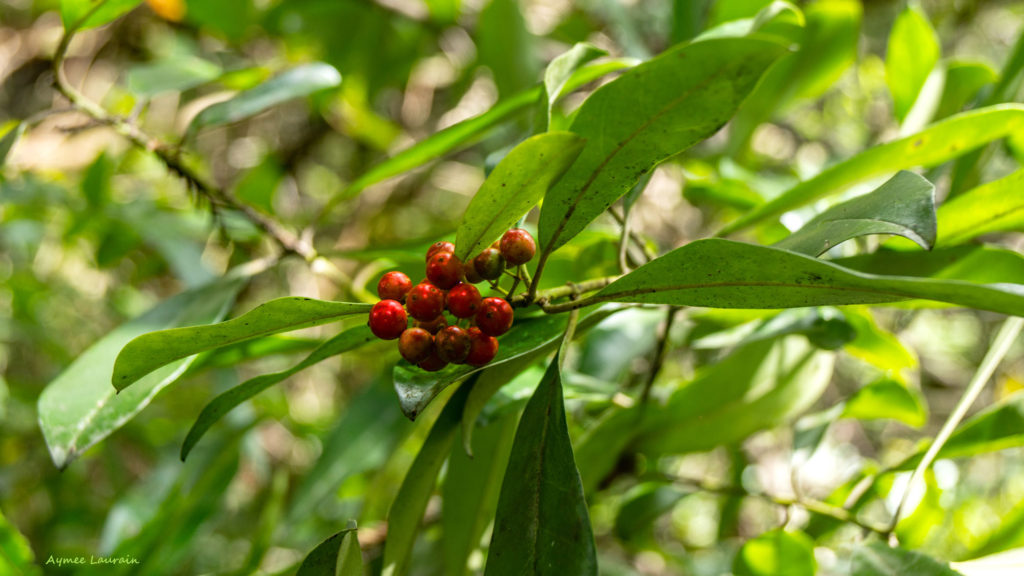
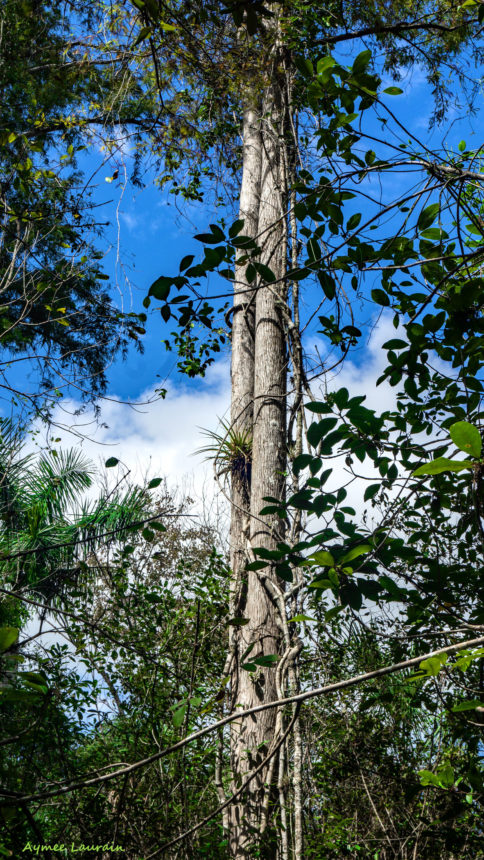
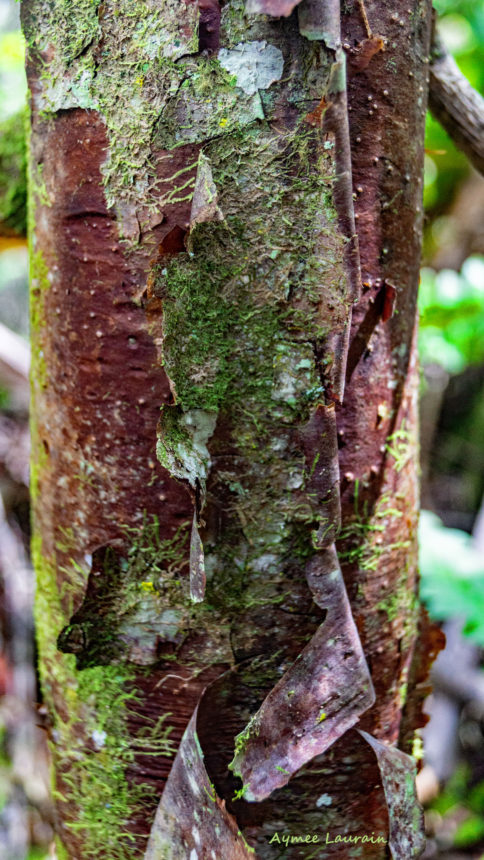
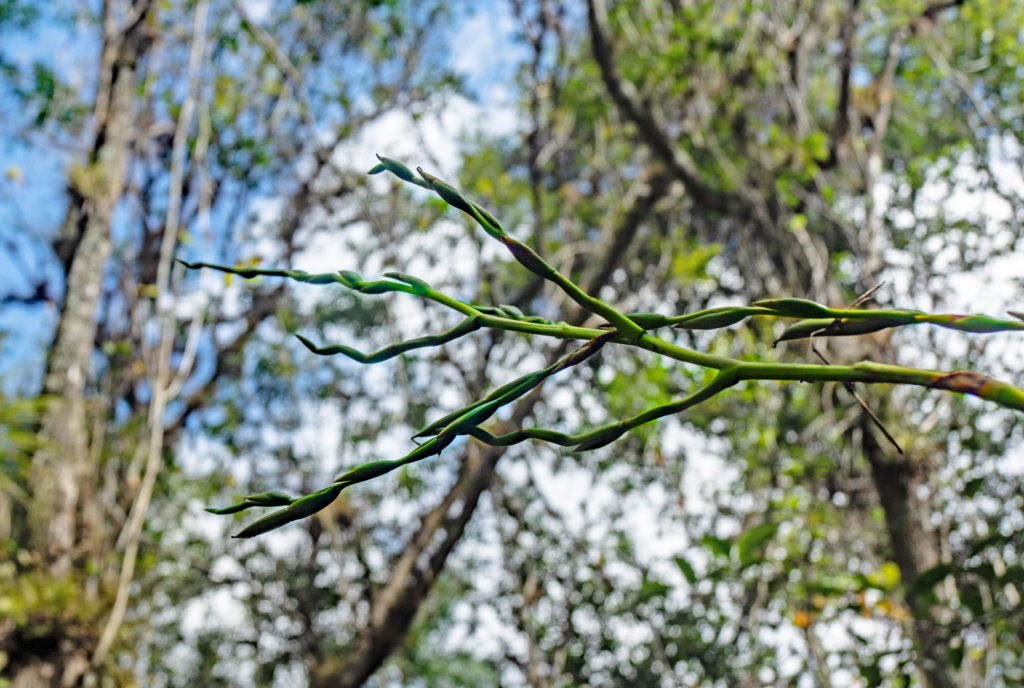
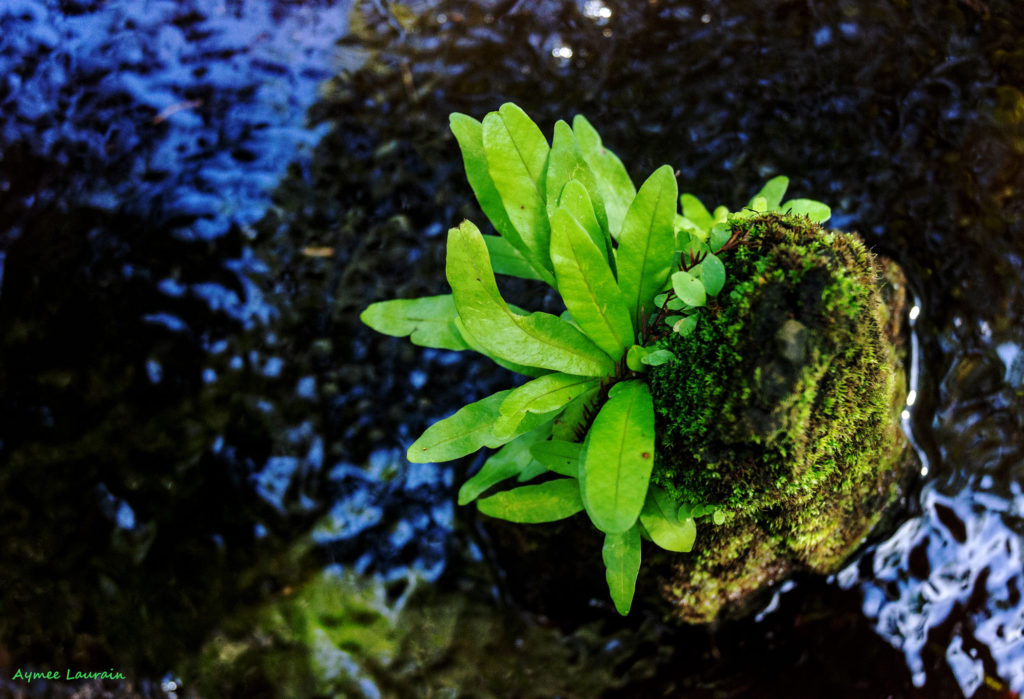
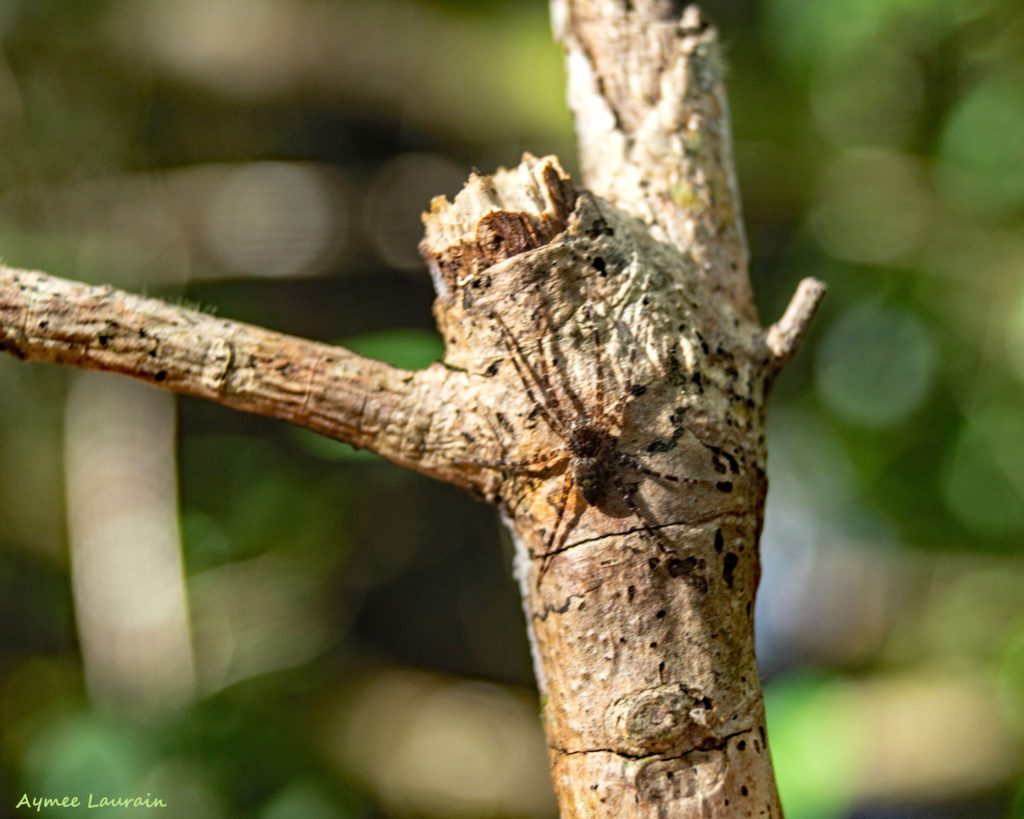
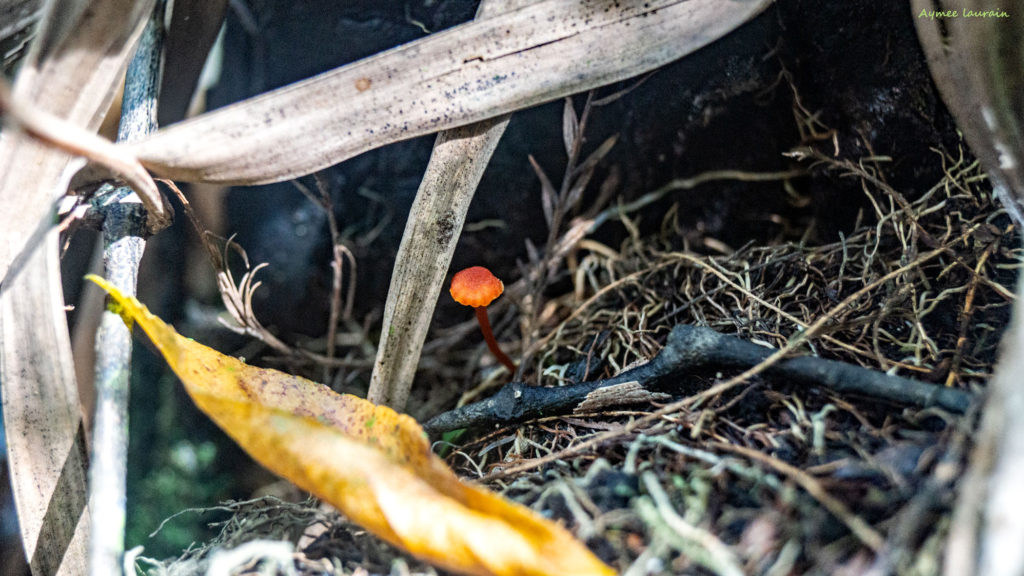
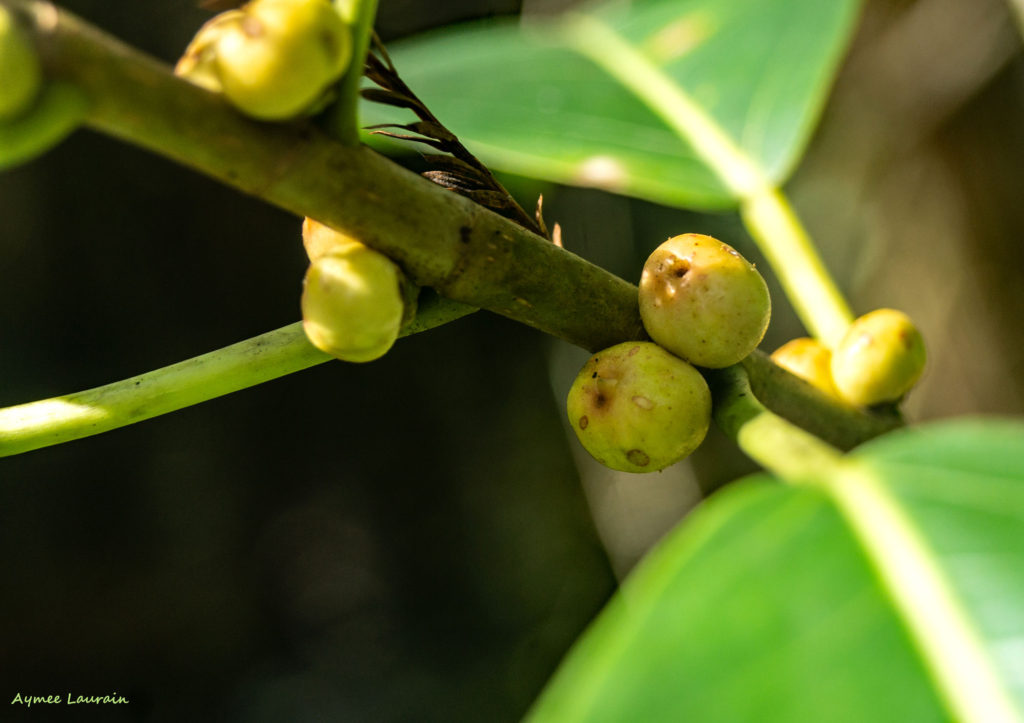
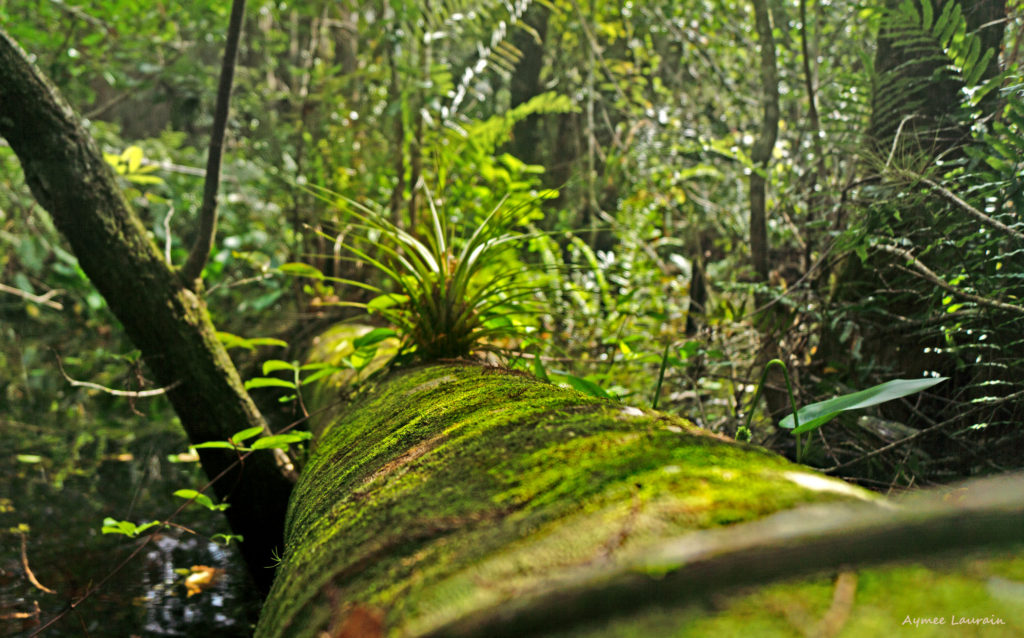
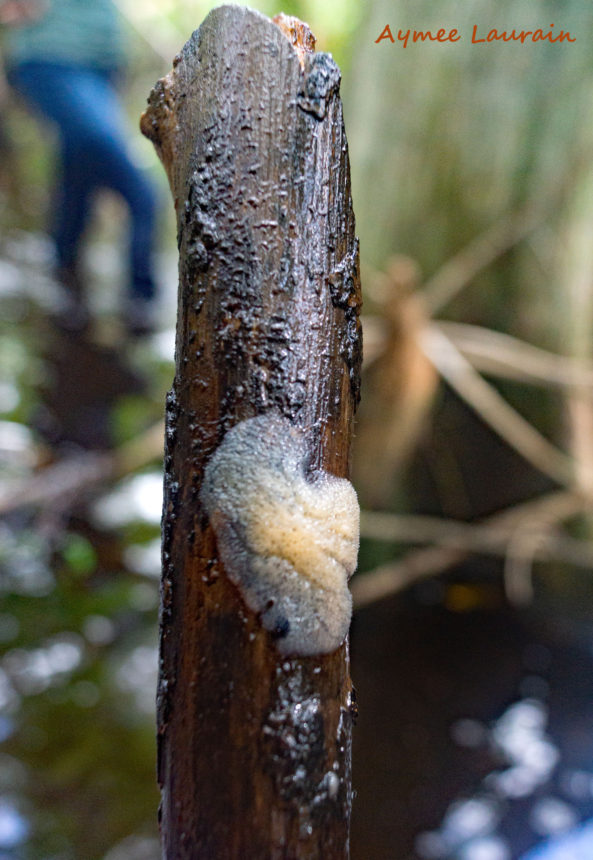
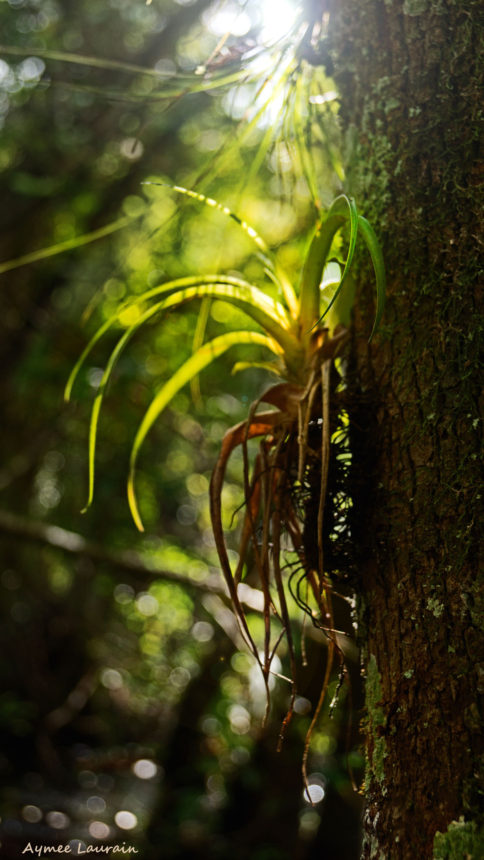
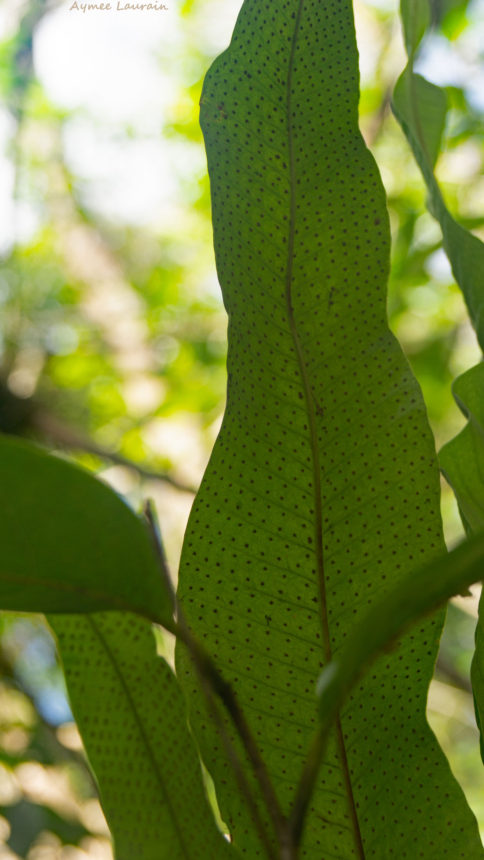
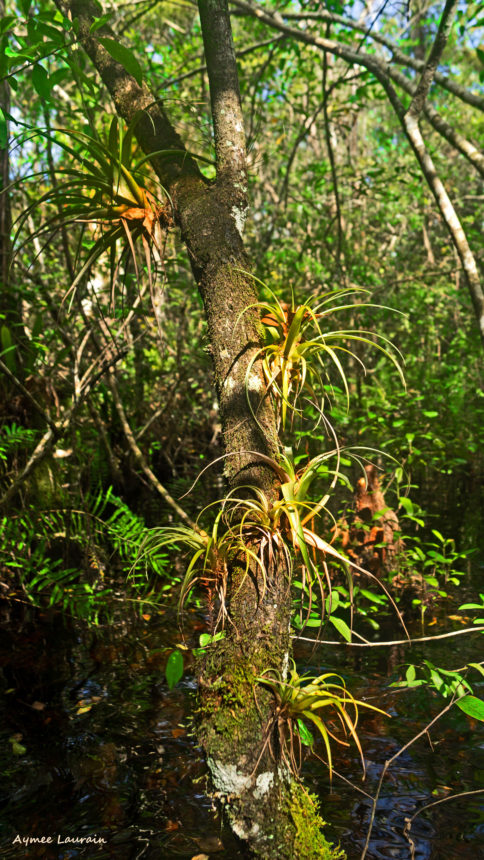
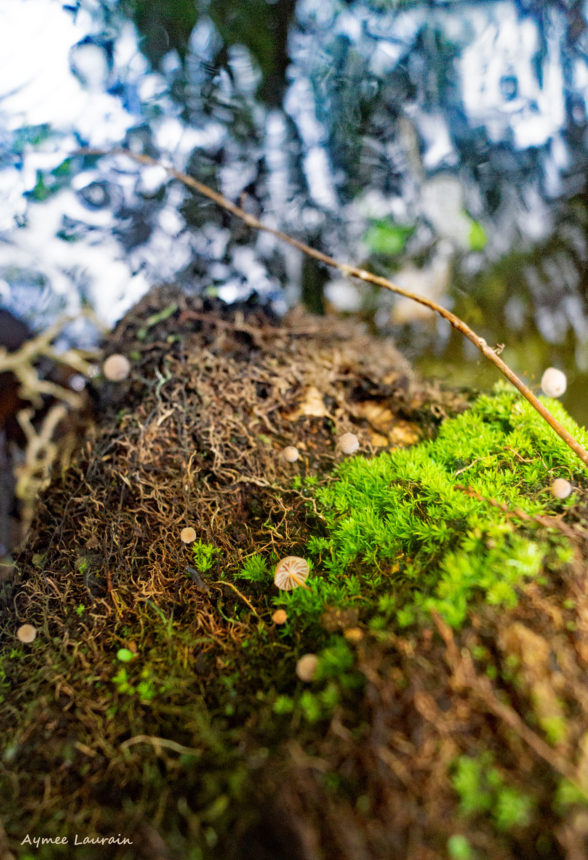
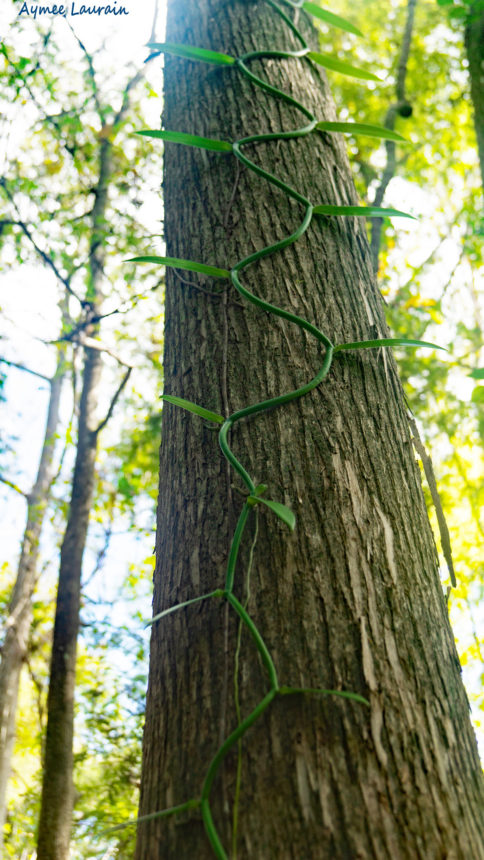
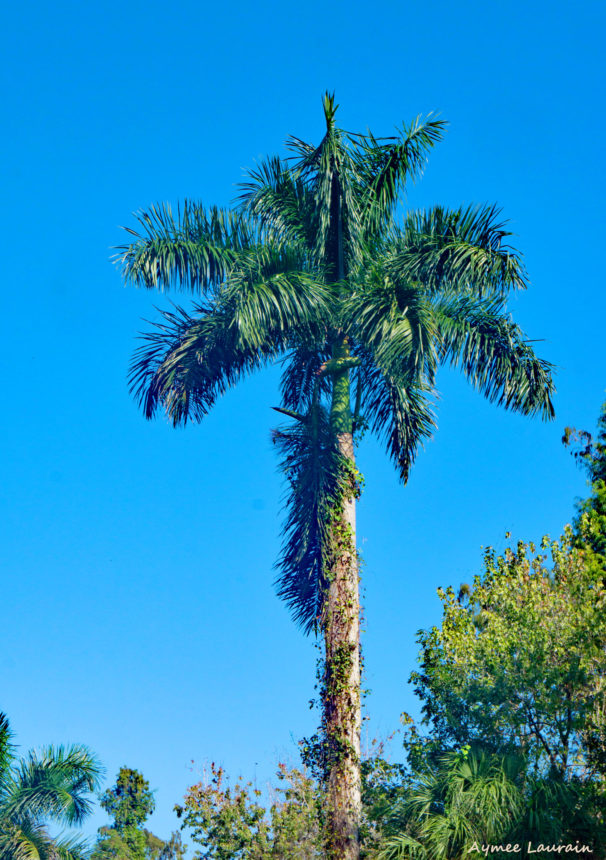
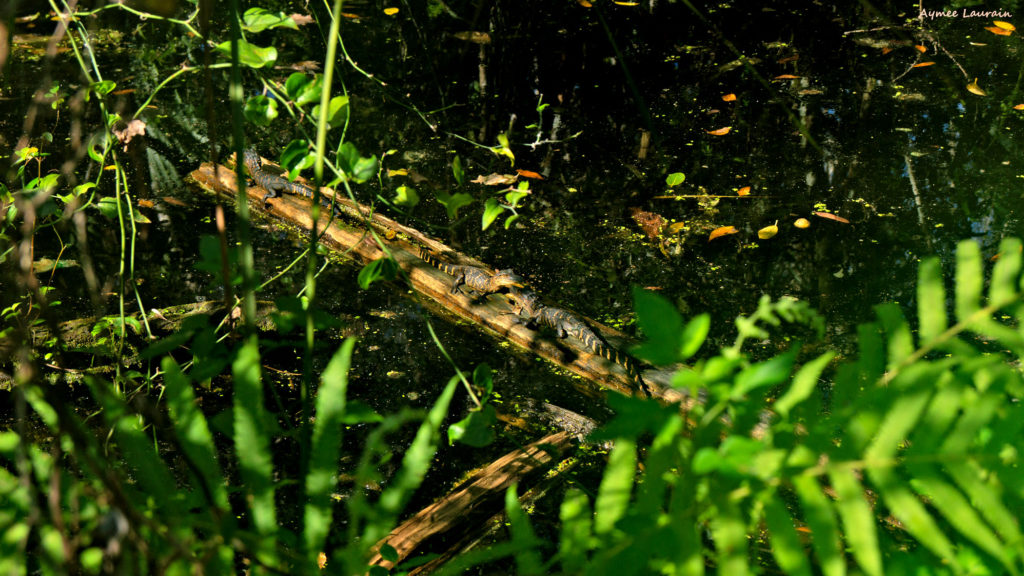
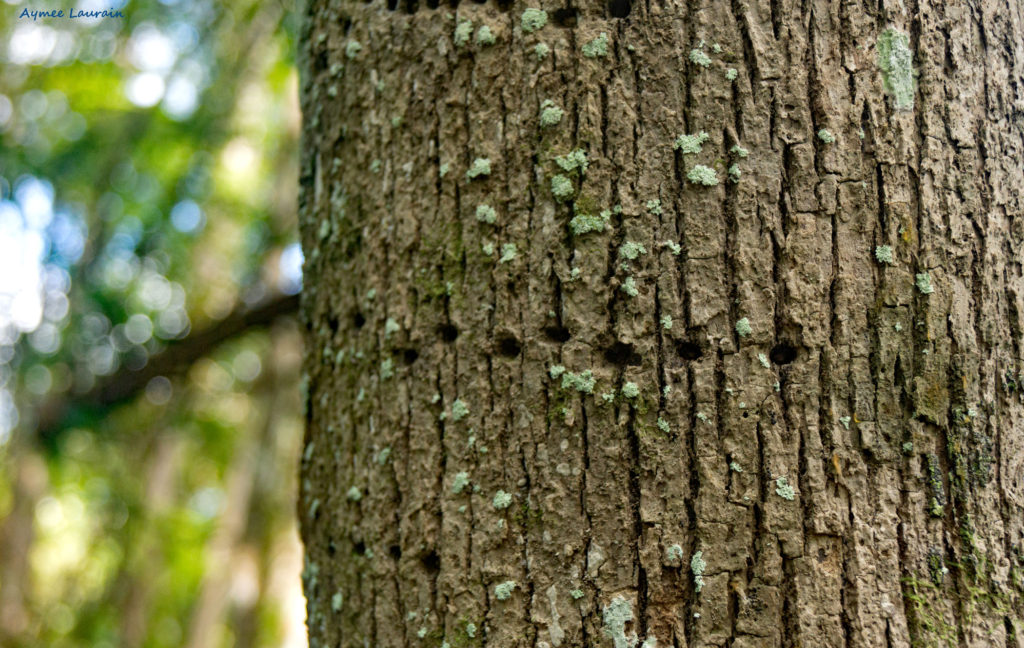
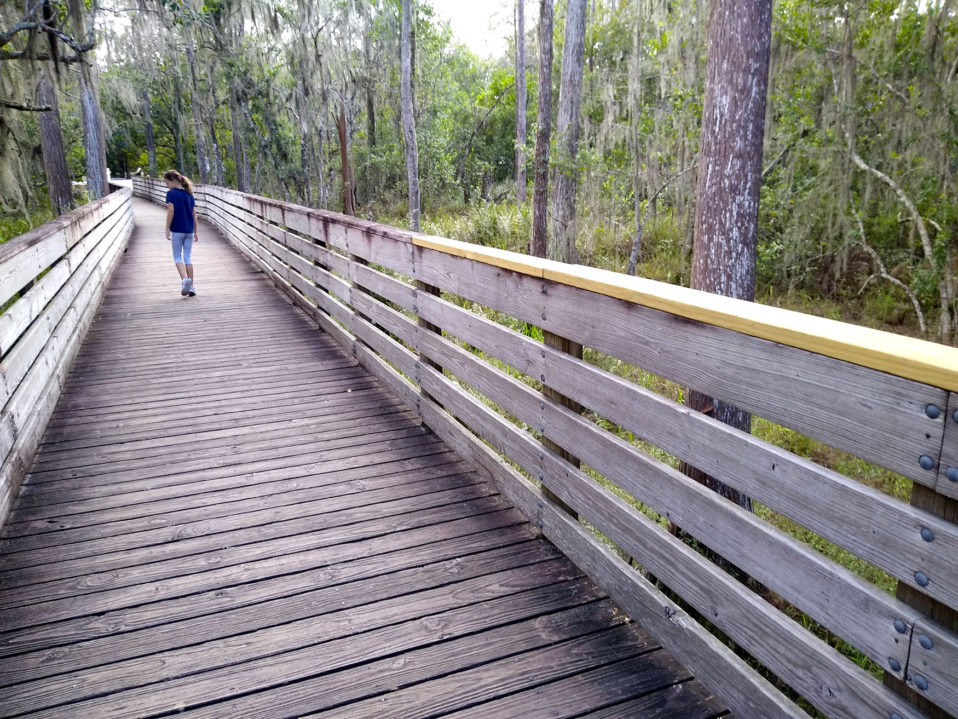
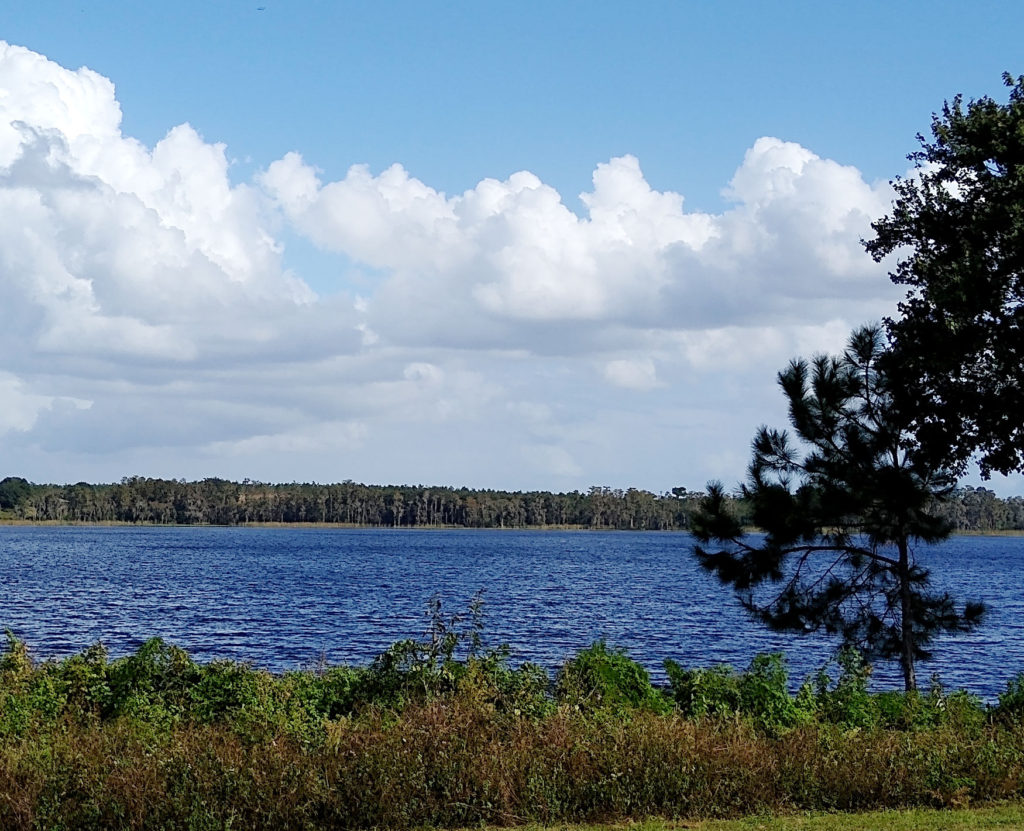
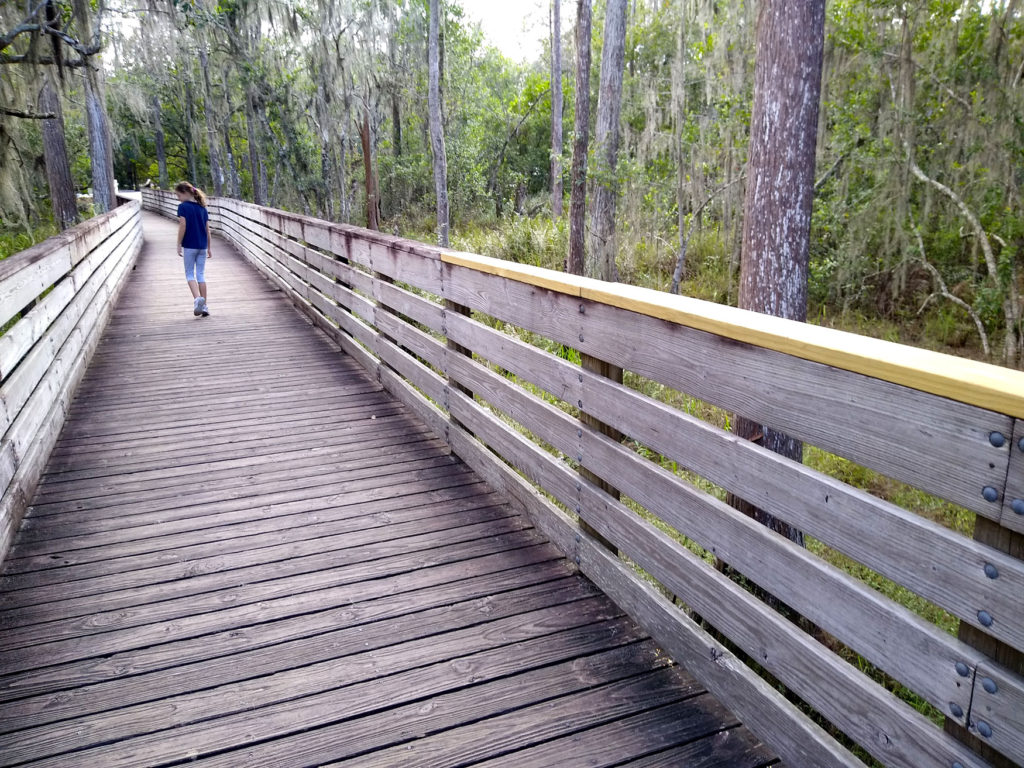
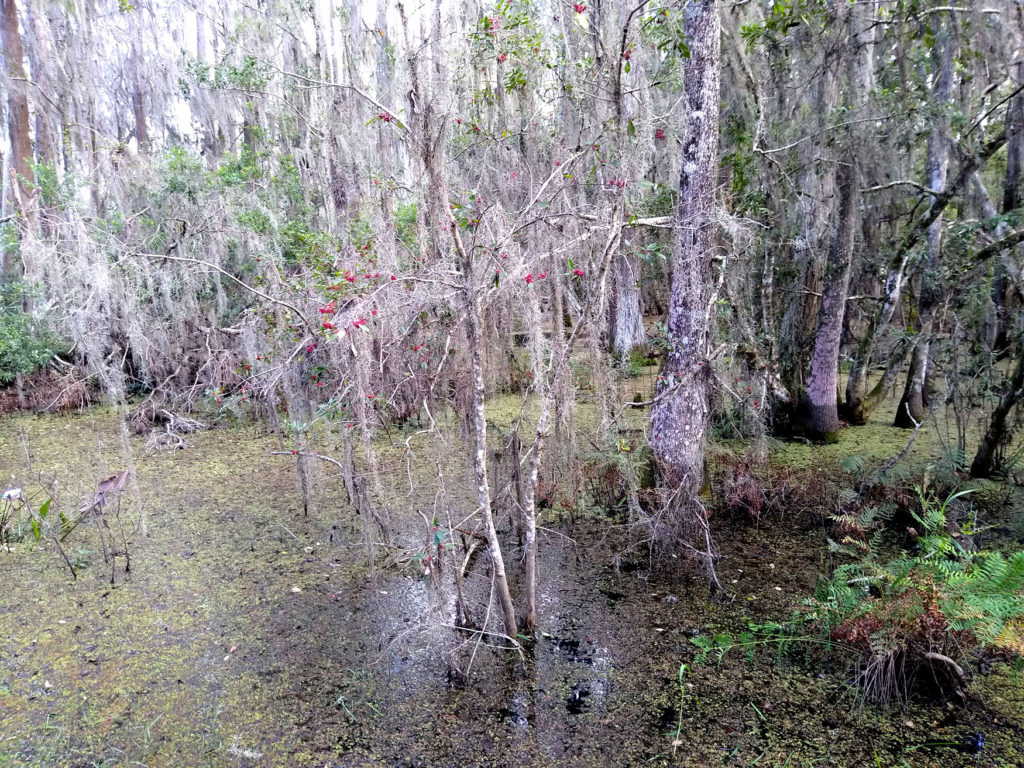
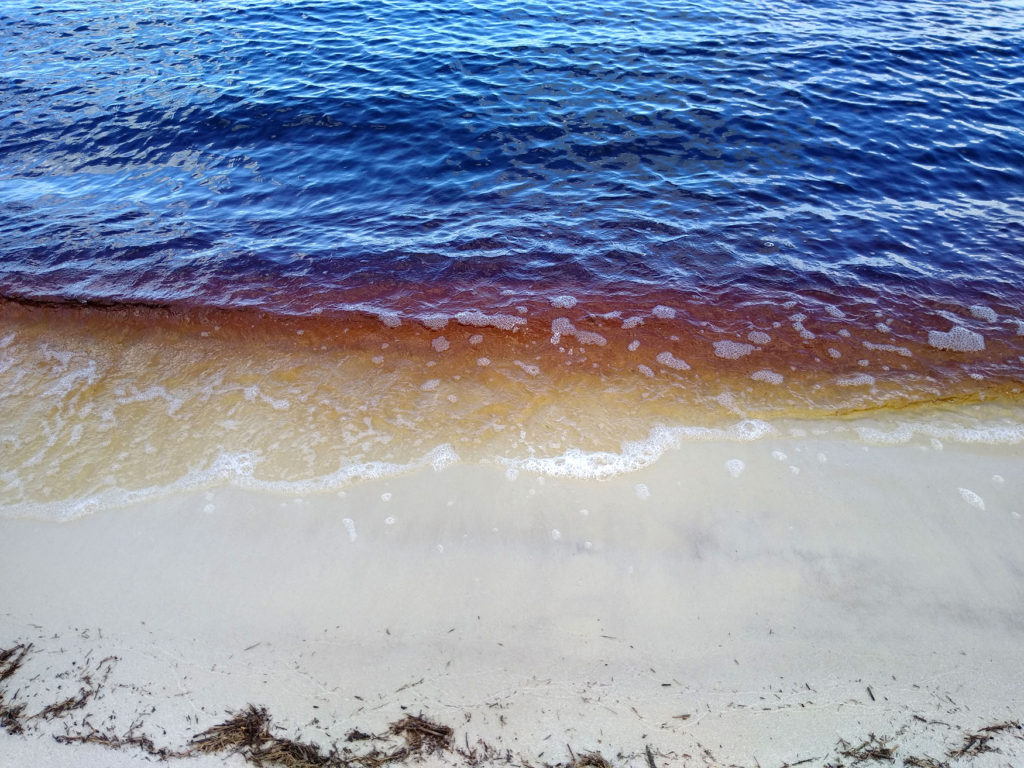
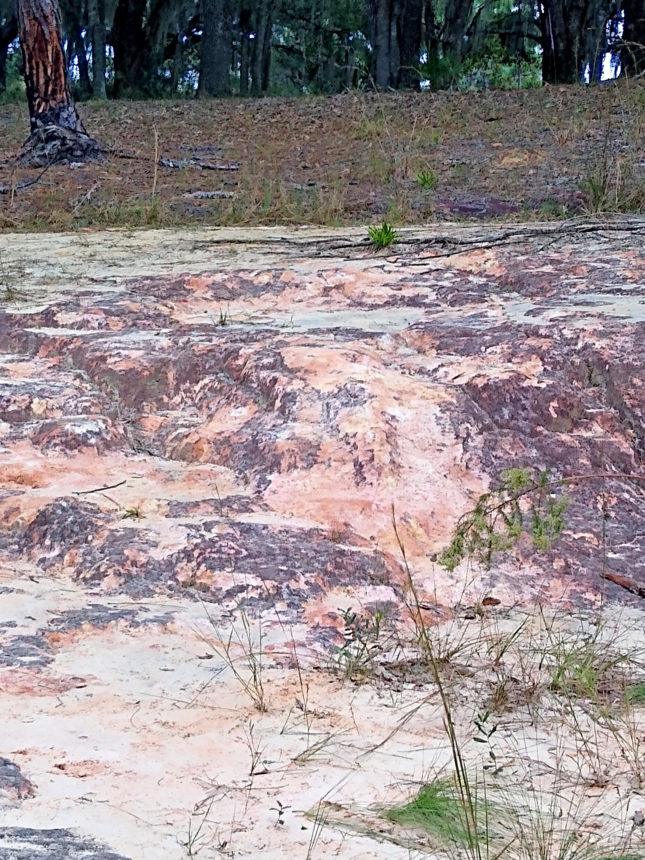
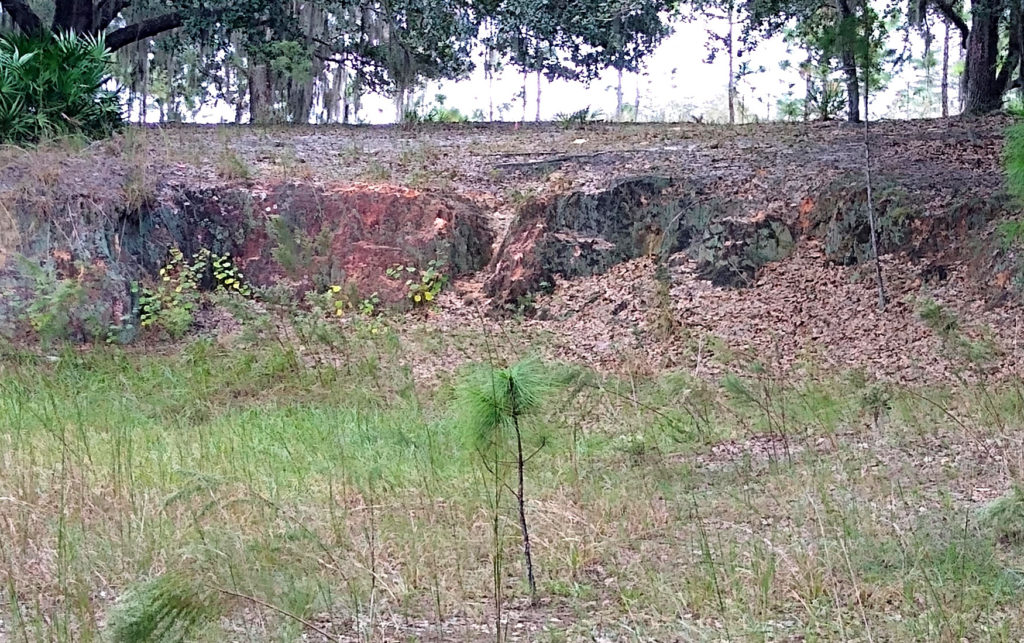
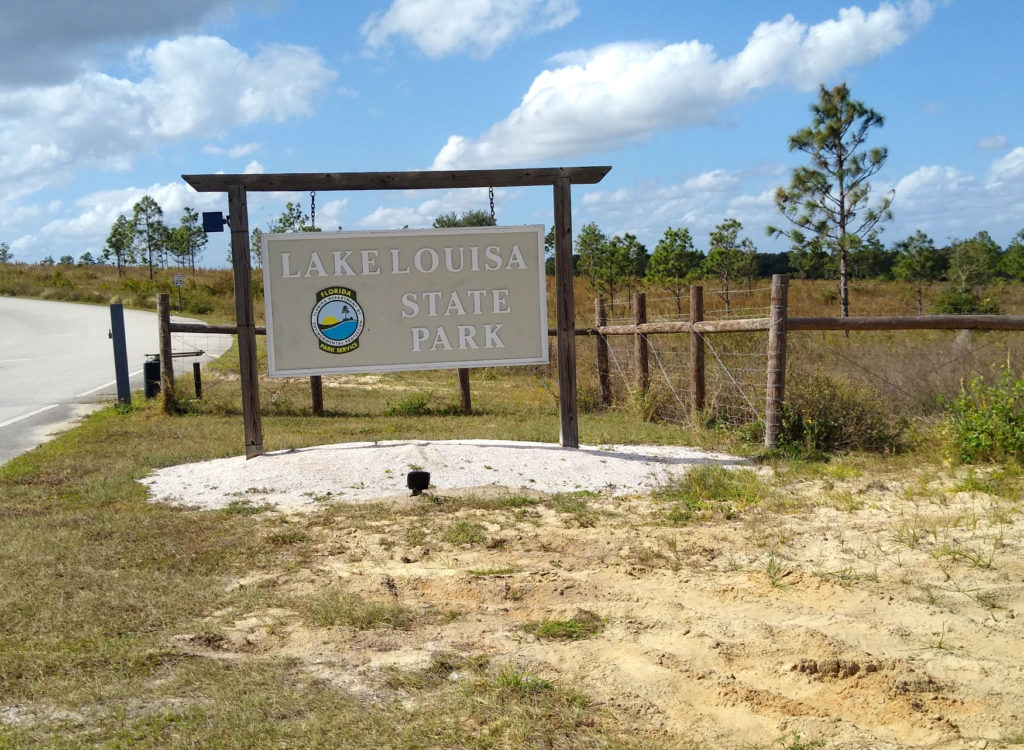
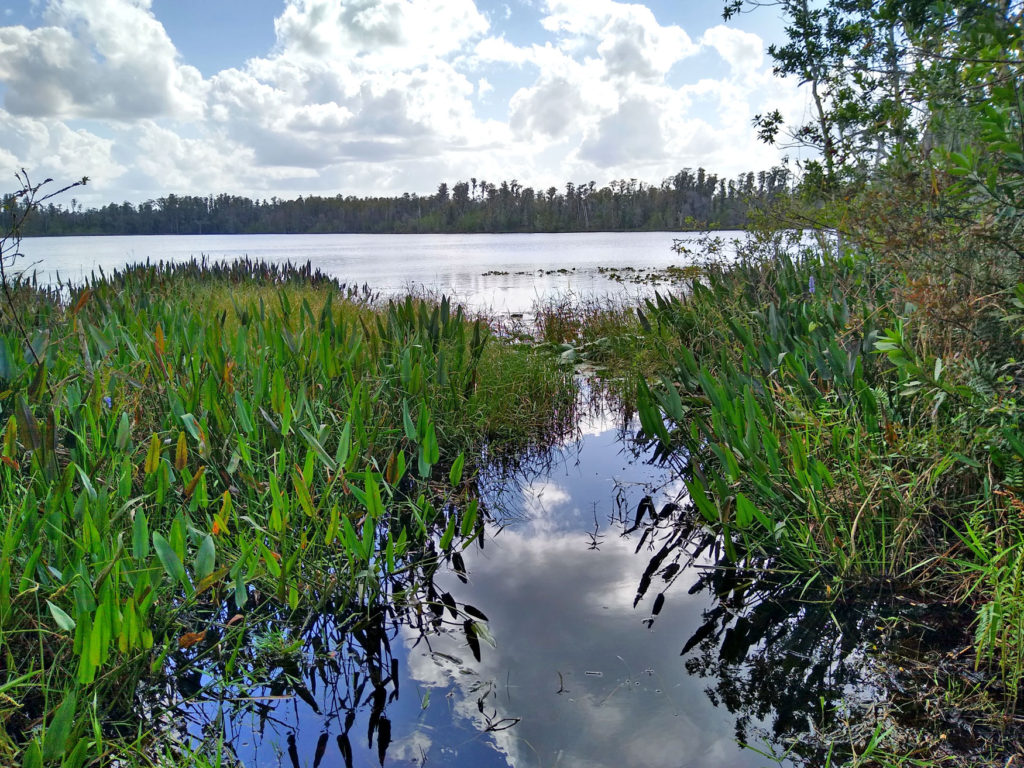
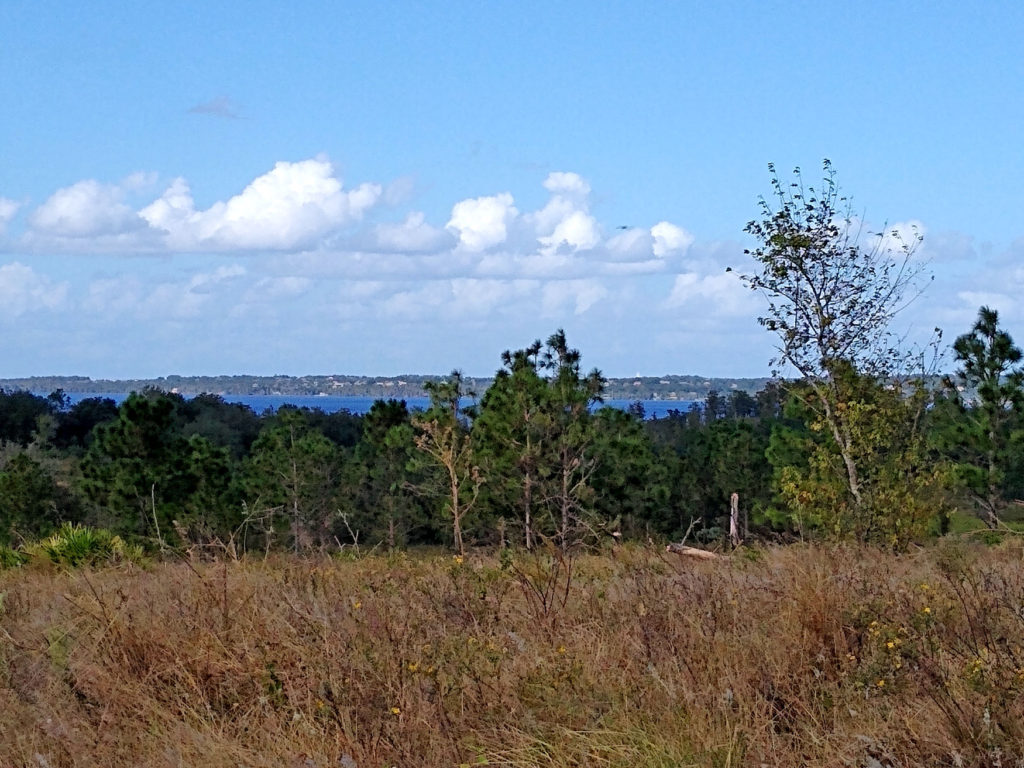
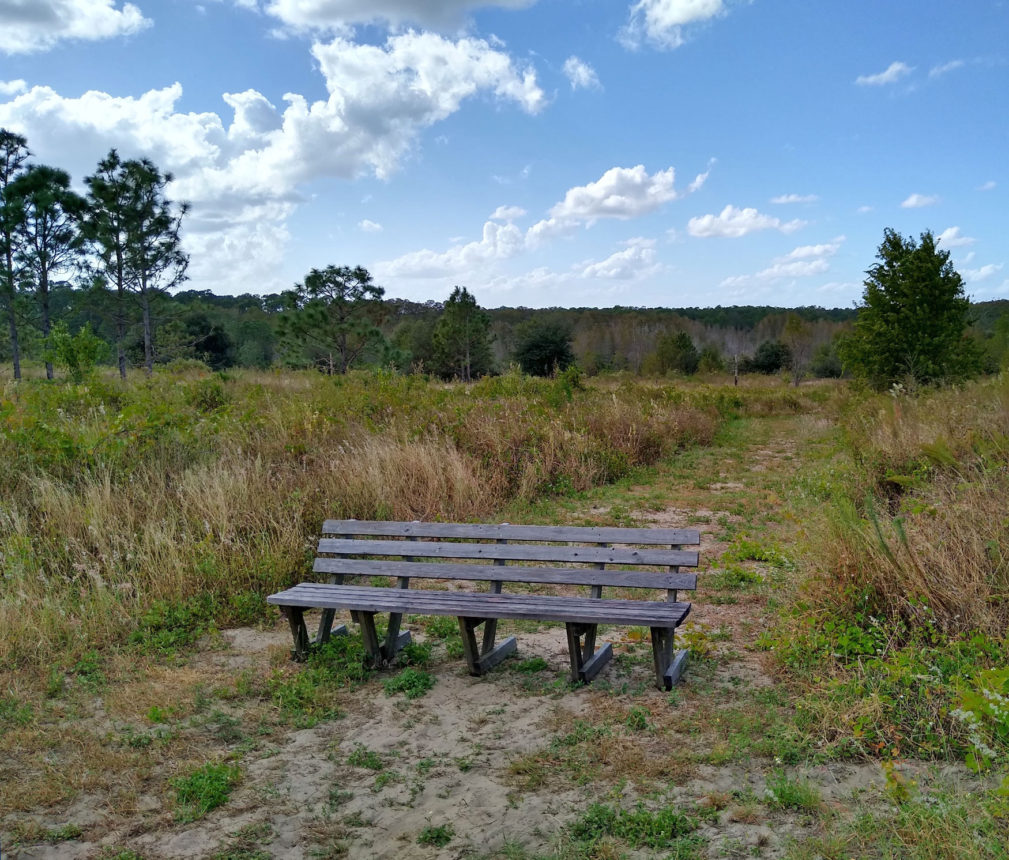
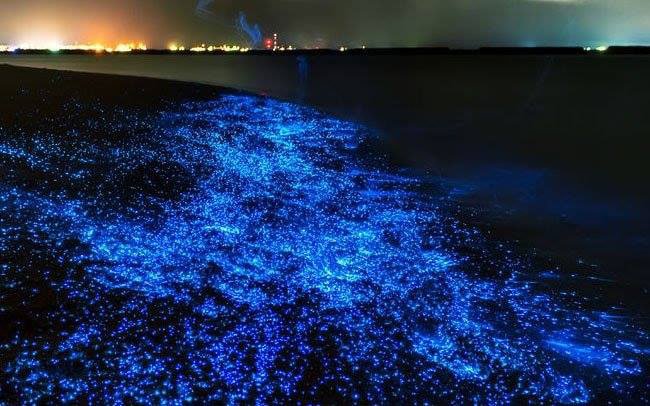
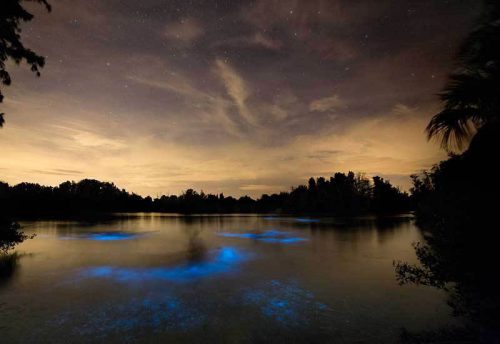
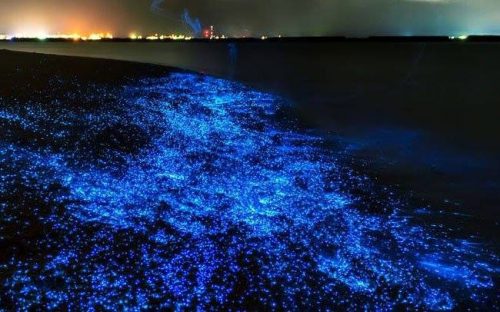
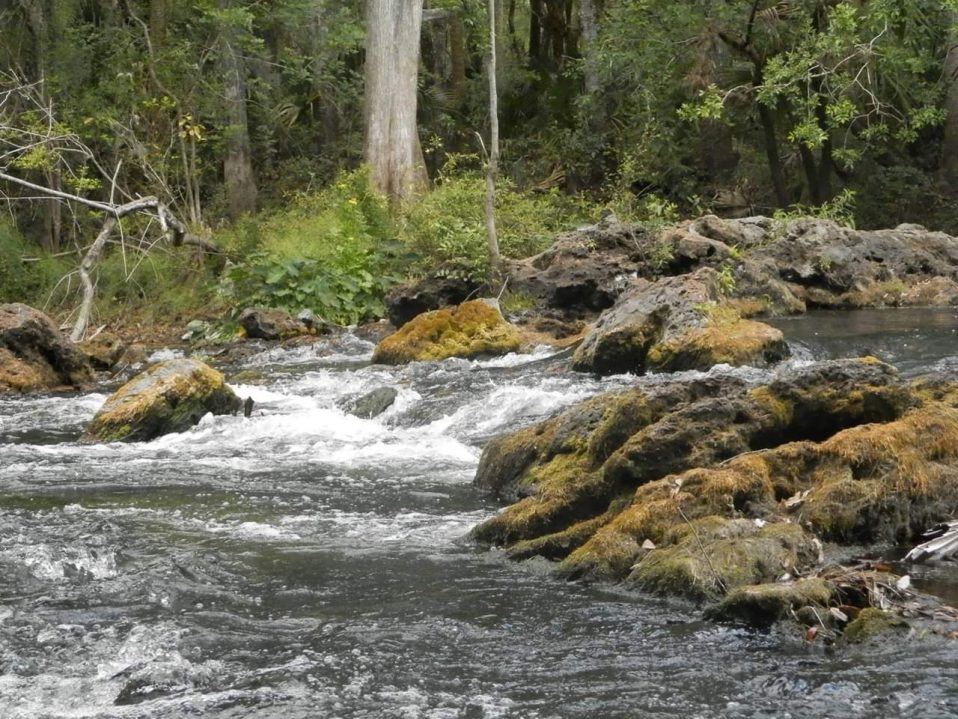
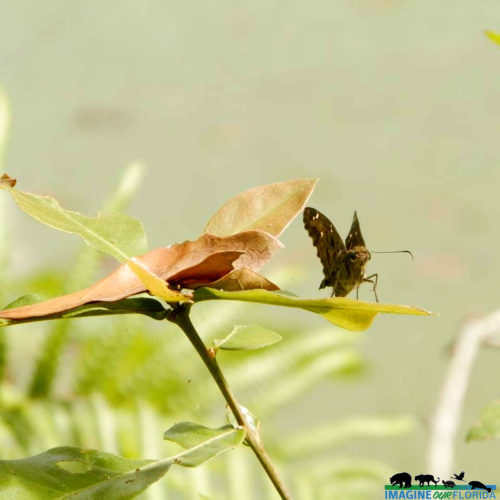
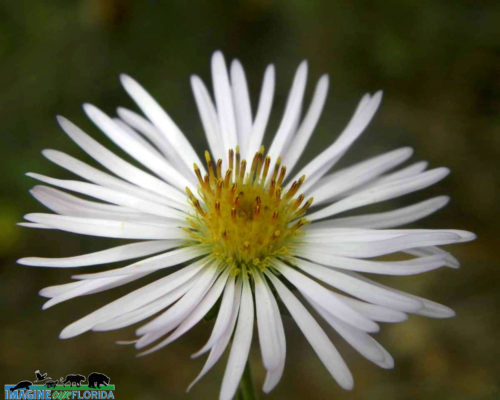
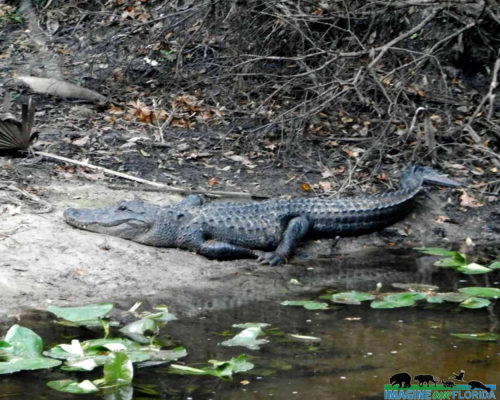
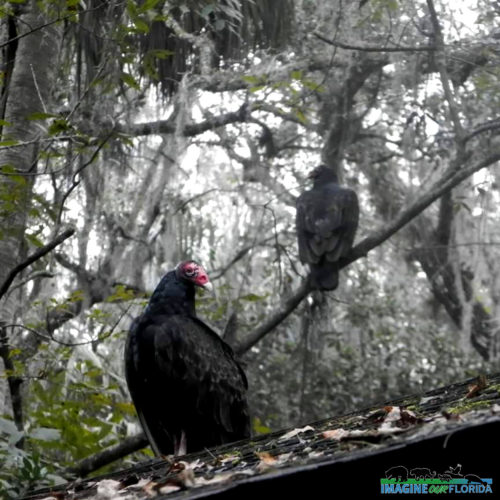
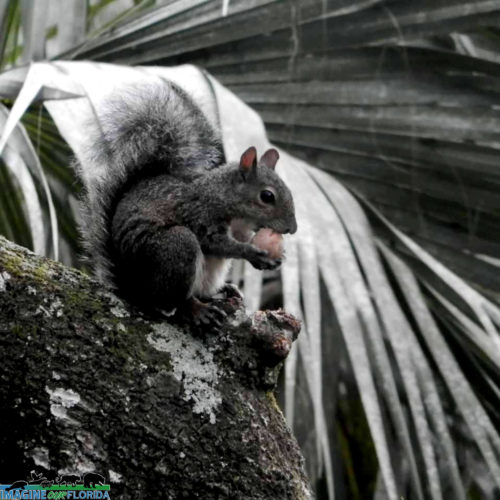
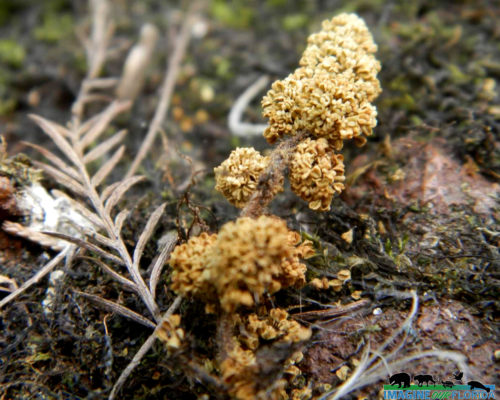
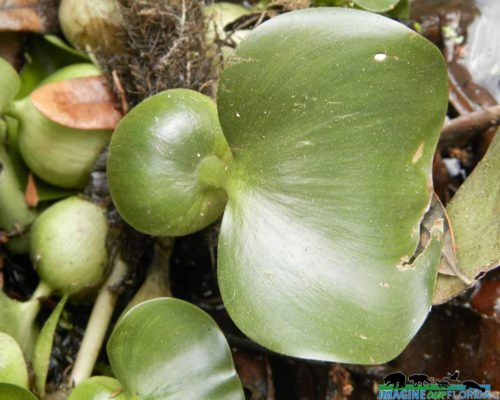
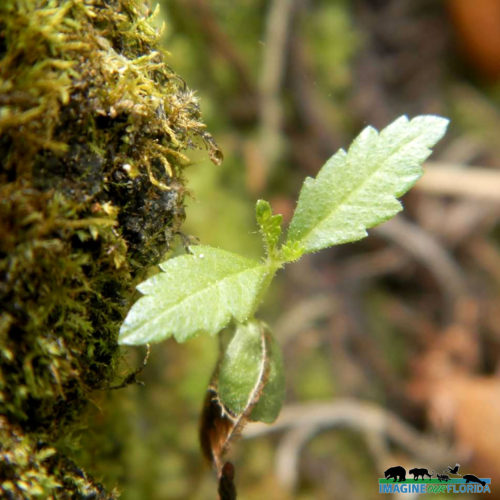
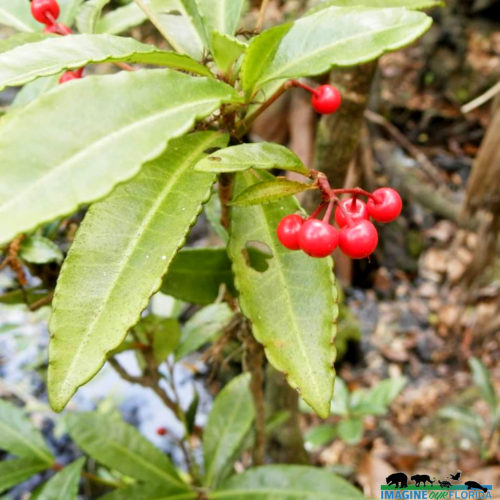
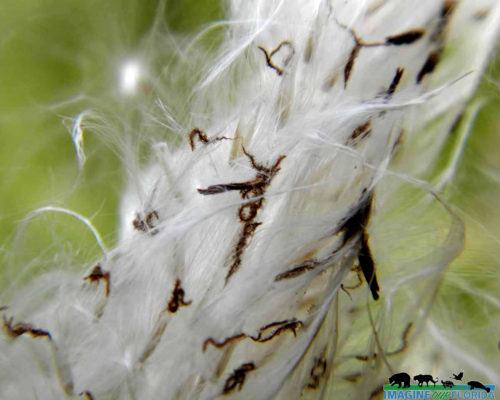
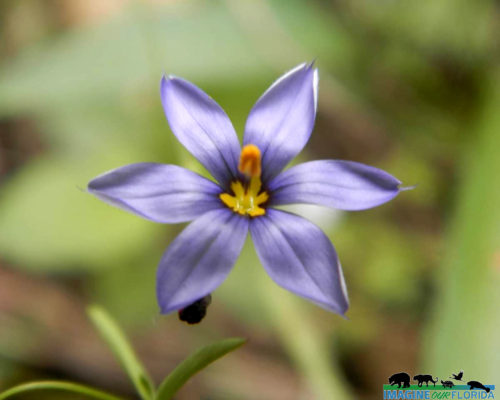
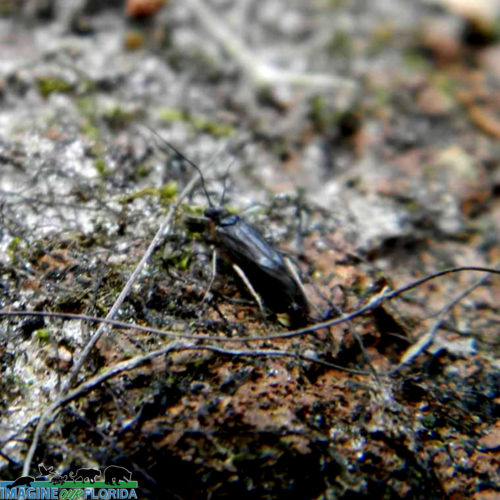
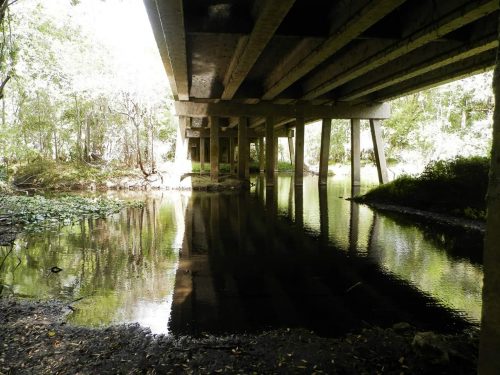
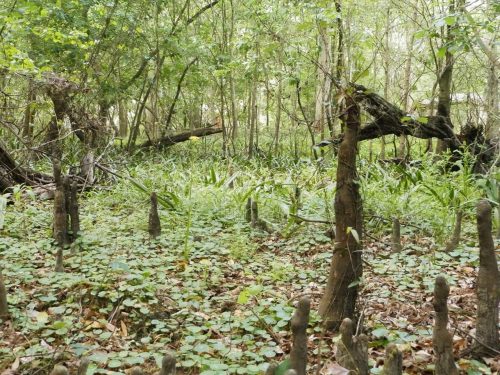


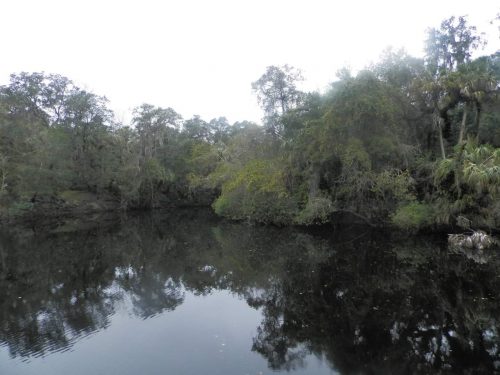
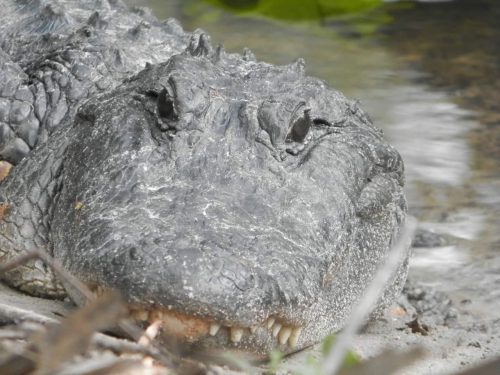
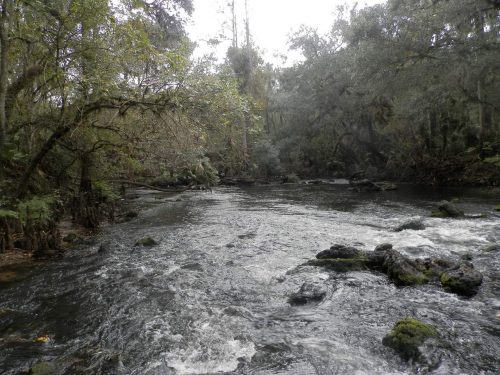
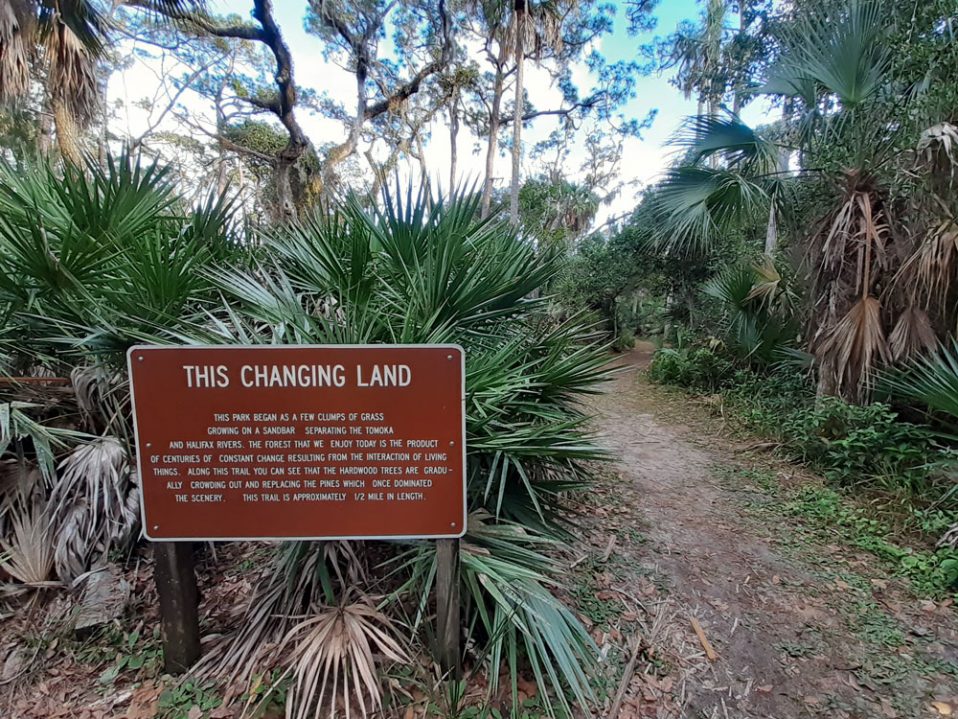
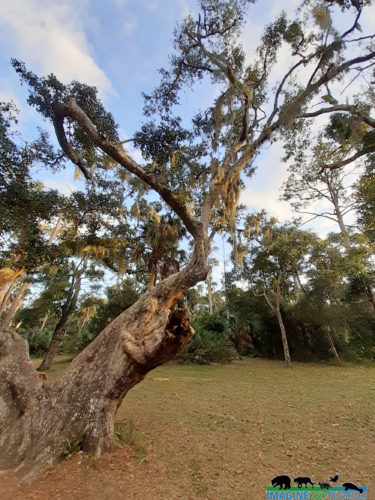
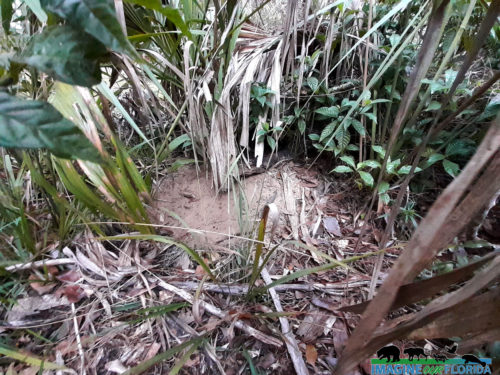
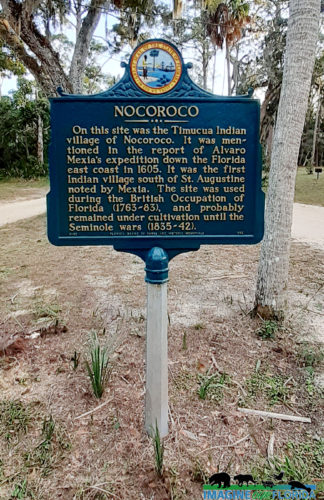
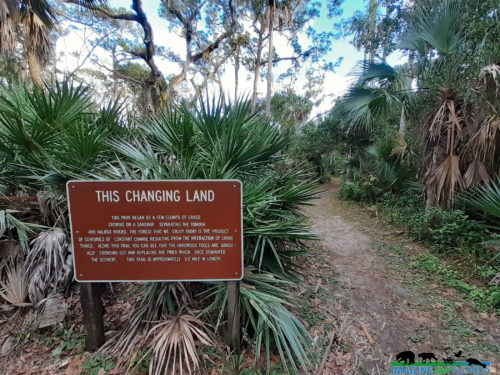
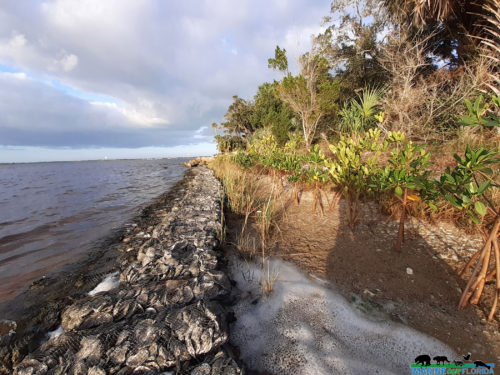
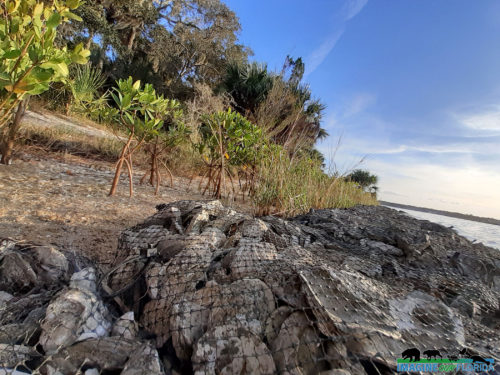
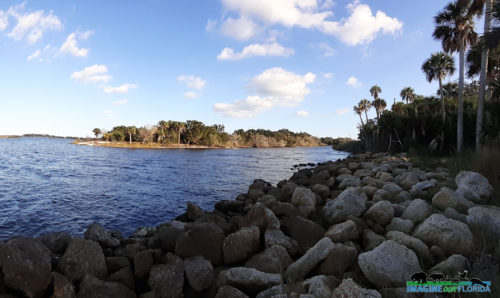

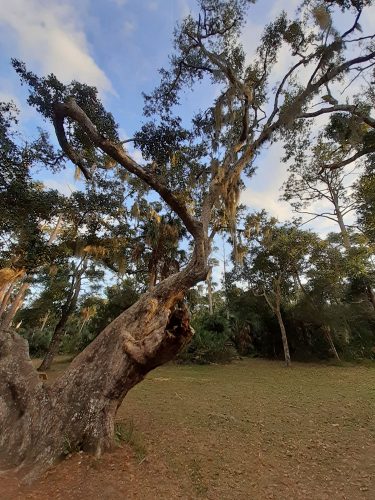
Recent Comments